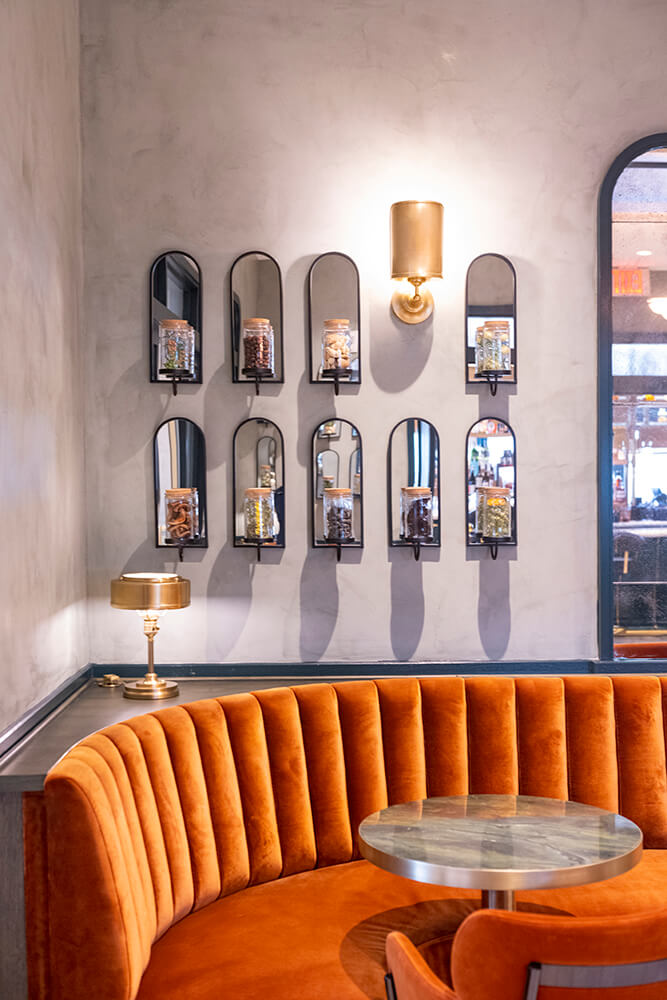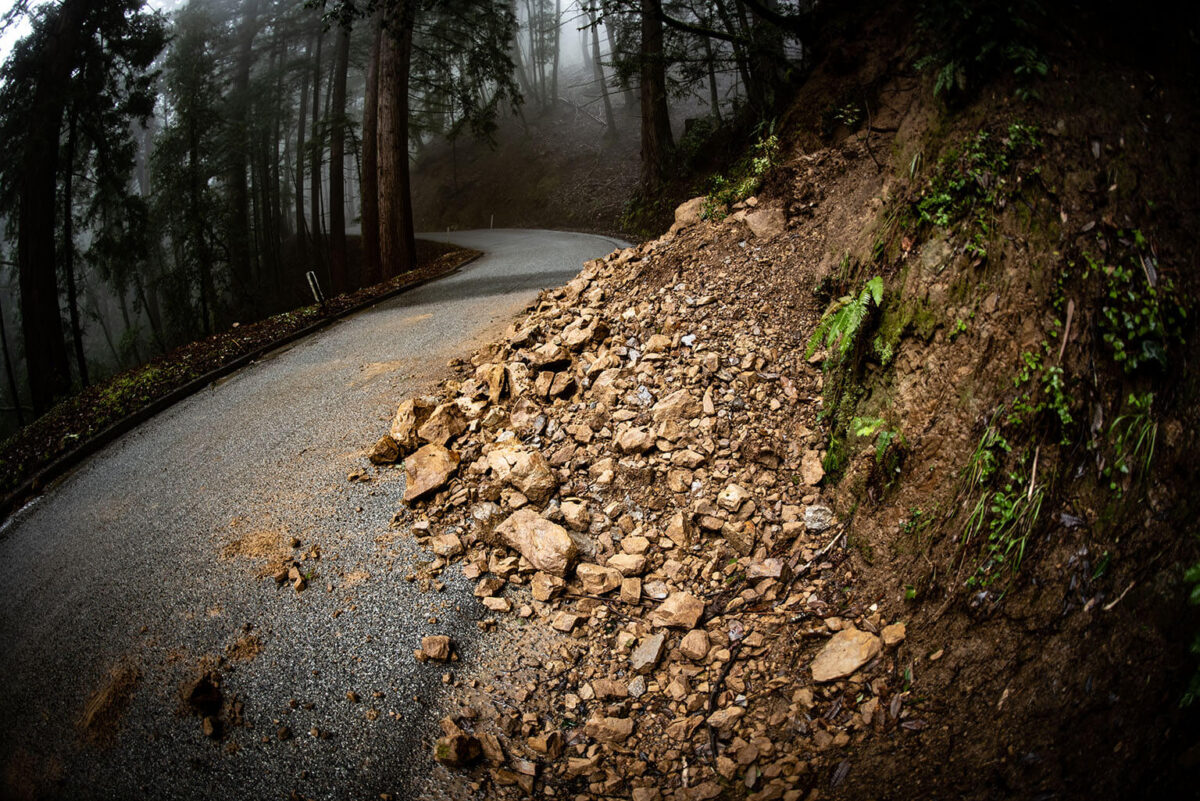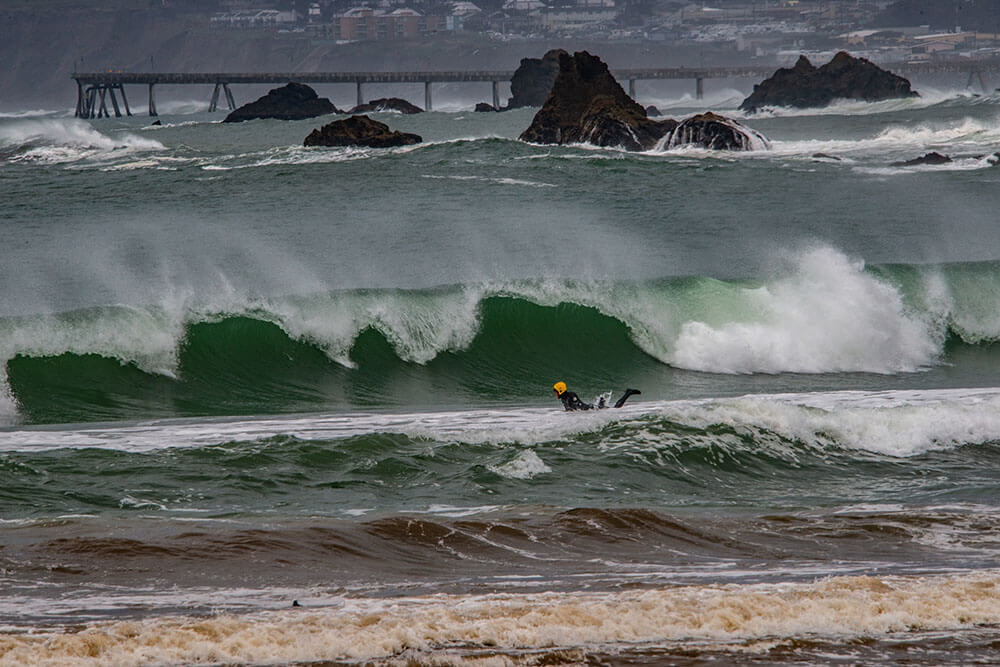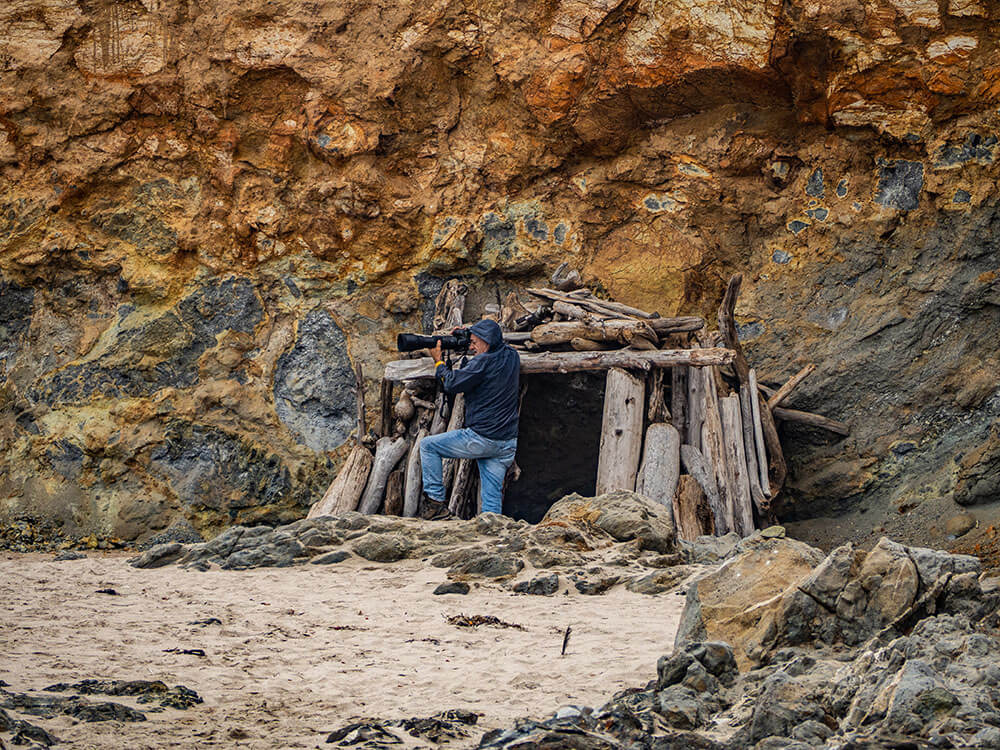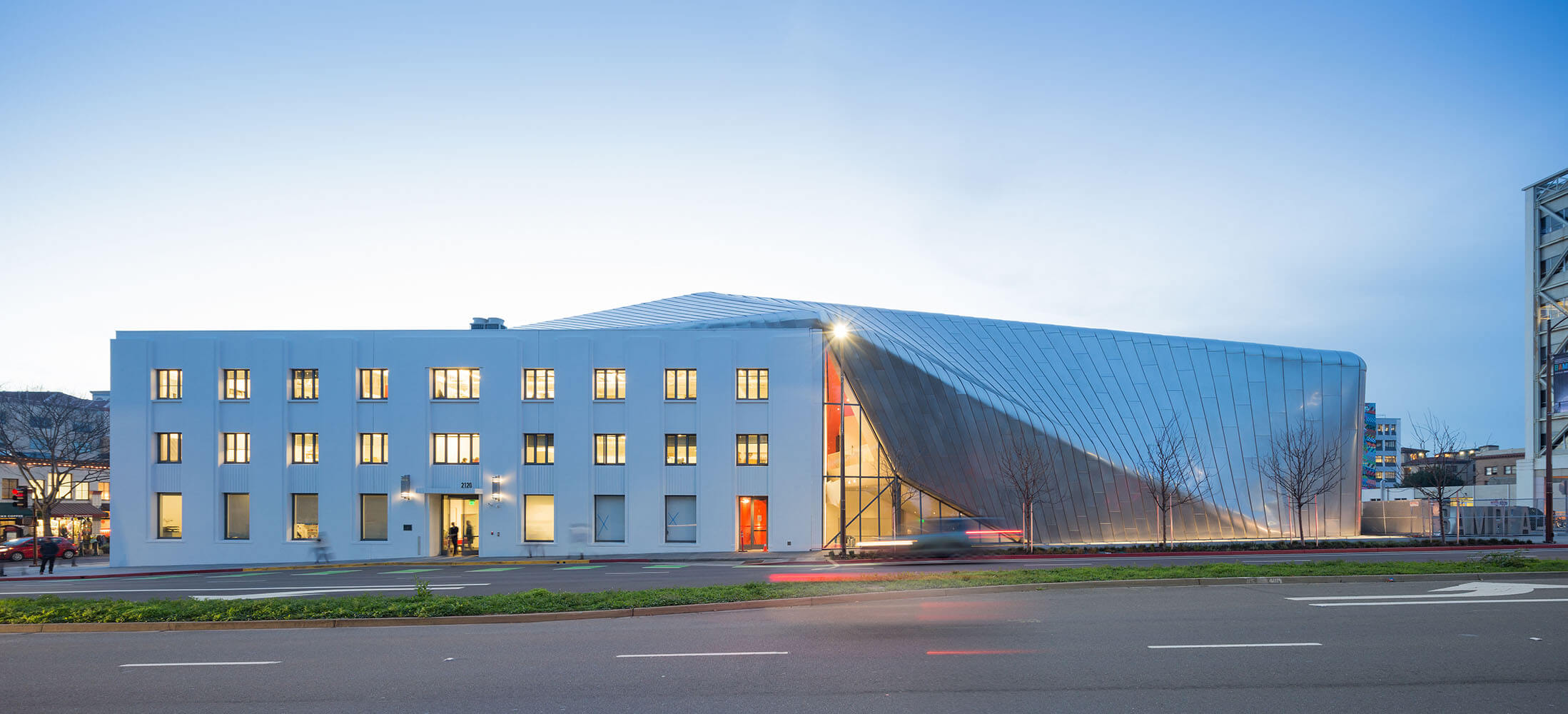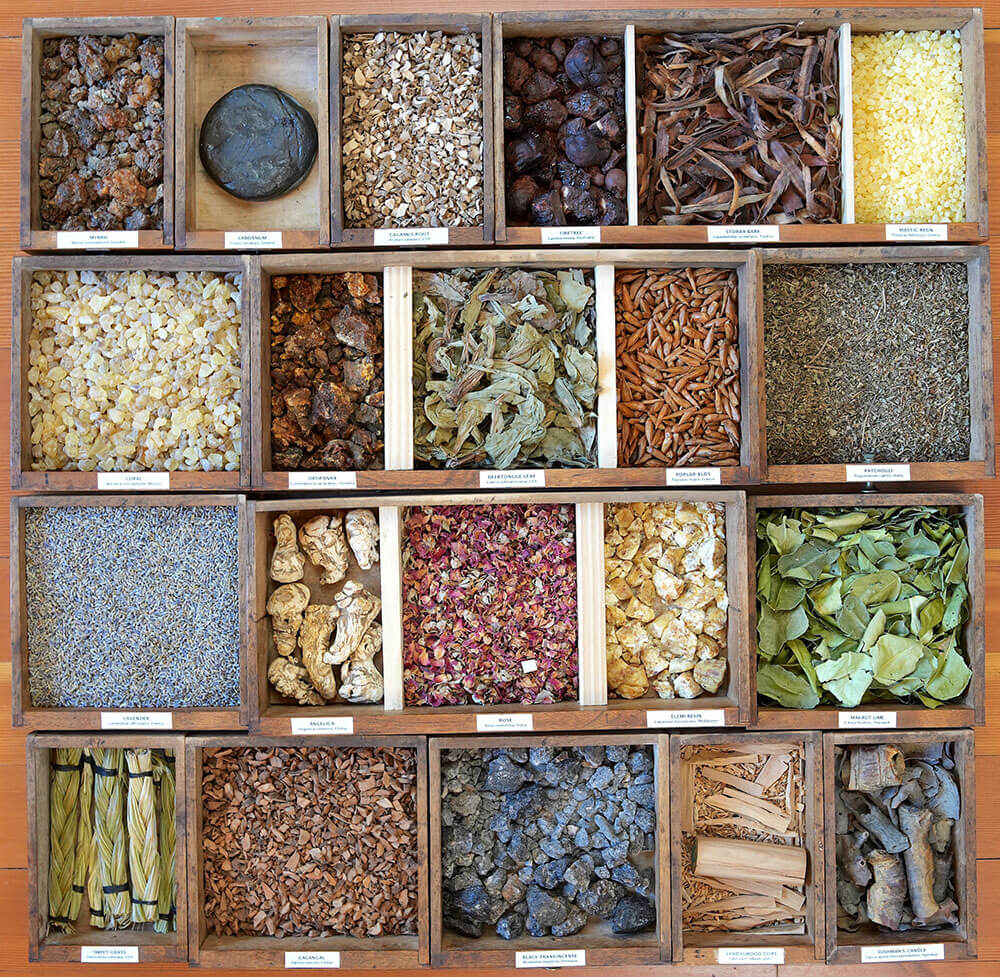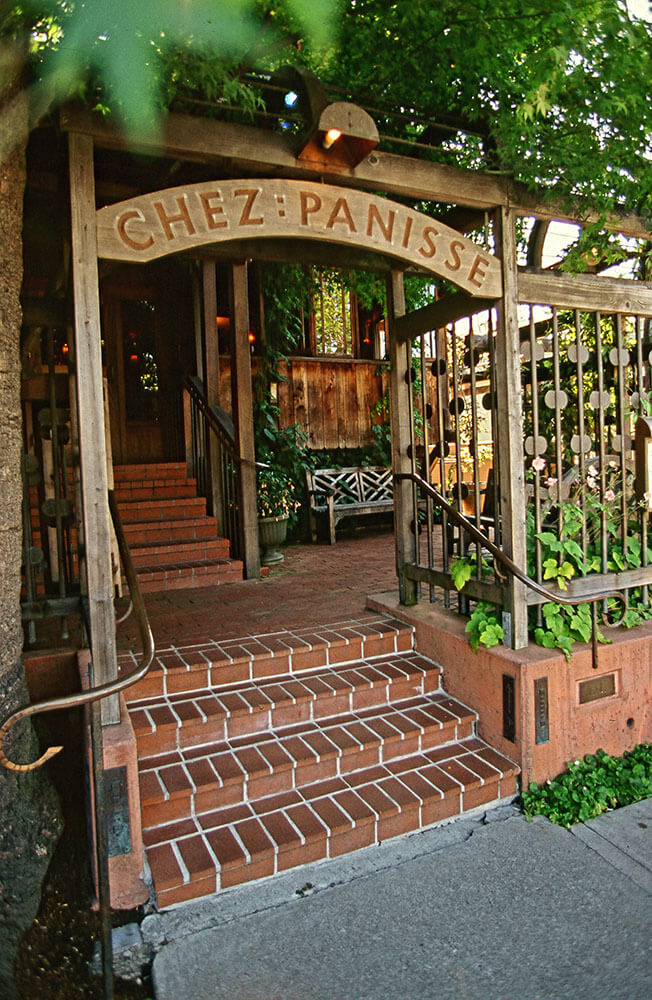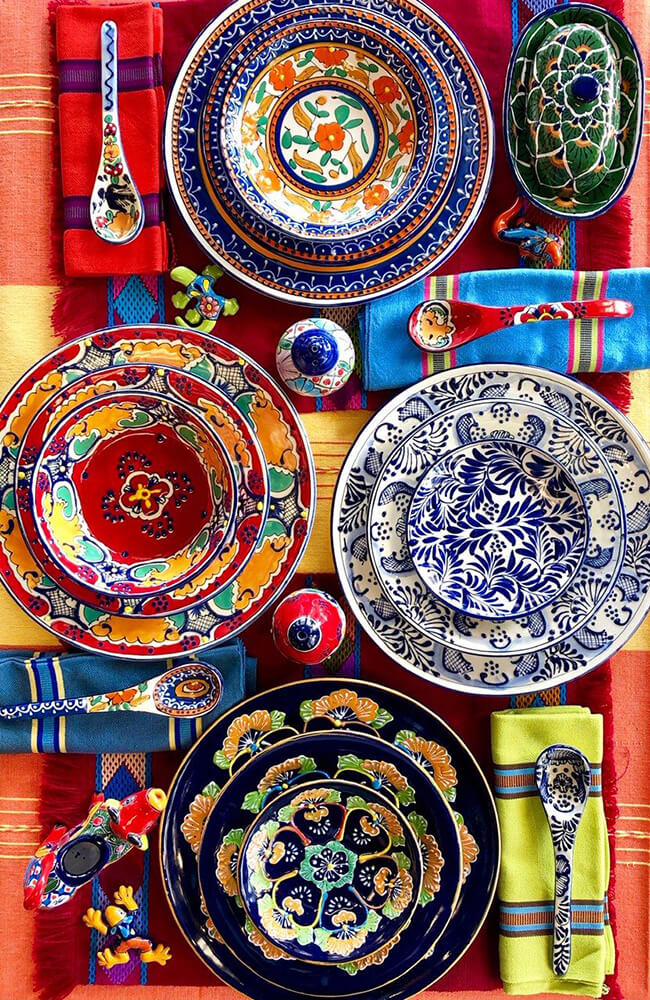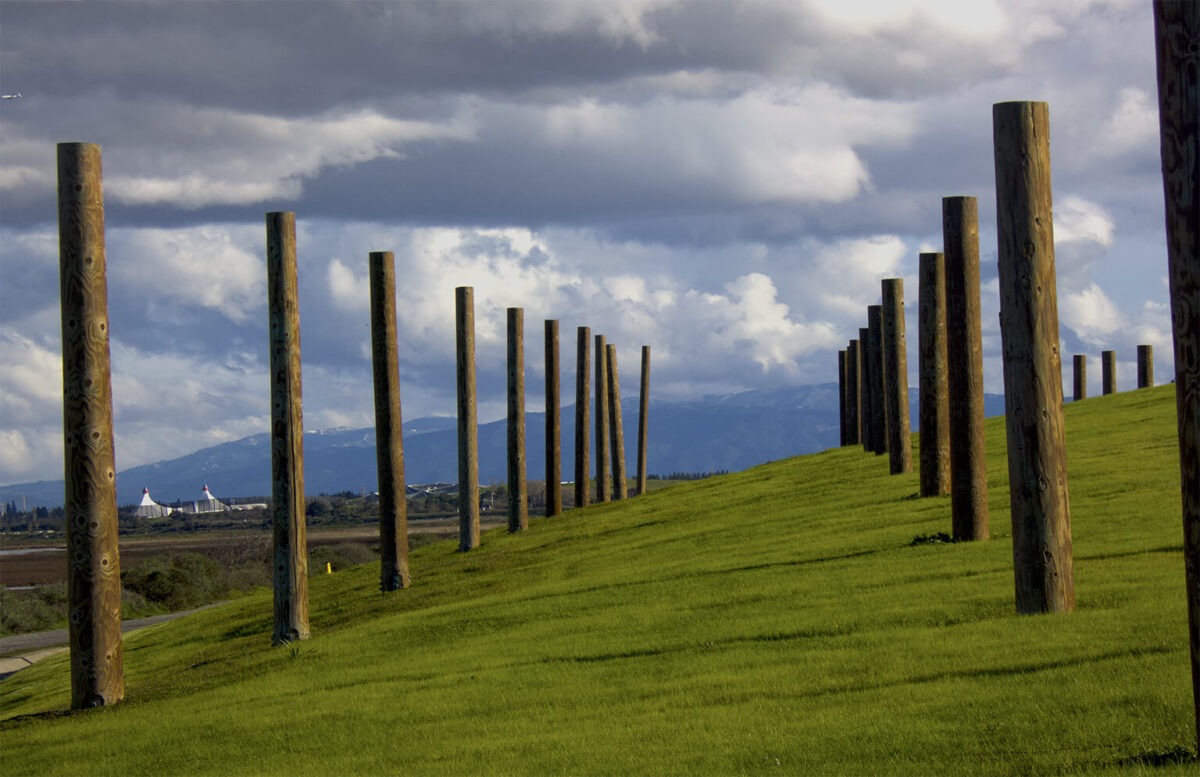Words by Johanna Harlow
The labyrinth of life draws us all along unexpected paths. Can we embrace the journey despite its twists and turns? Can we trust the process, forging onward through the bumps in the road? For Lars Howlett, labyrinths and life lessons are intertwined. “I feel like labyrinths are an incredible tool for personal transformation—to set an intention or to solve a problem or to mark a period or transition in time,” he observes.
Lars’ career path as a designer and builder of winding serpentine footpaths (as well as a facilitator of contemplative walks) certainly took an unforeseen twist. His personal life too has taken him in unexpected directions. As Lars shares, “Through love, loss and new beginnings, meditative walks have helped me maintain balance, cultivate inner peace and continue to step forth with courage and curiosity on this journey, along an ever-unfolding path.”
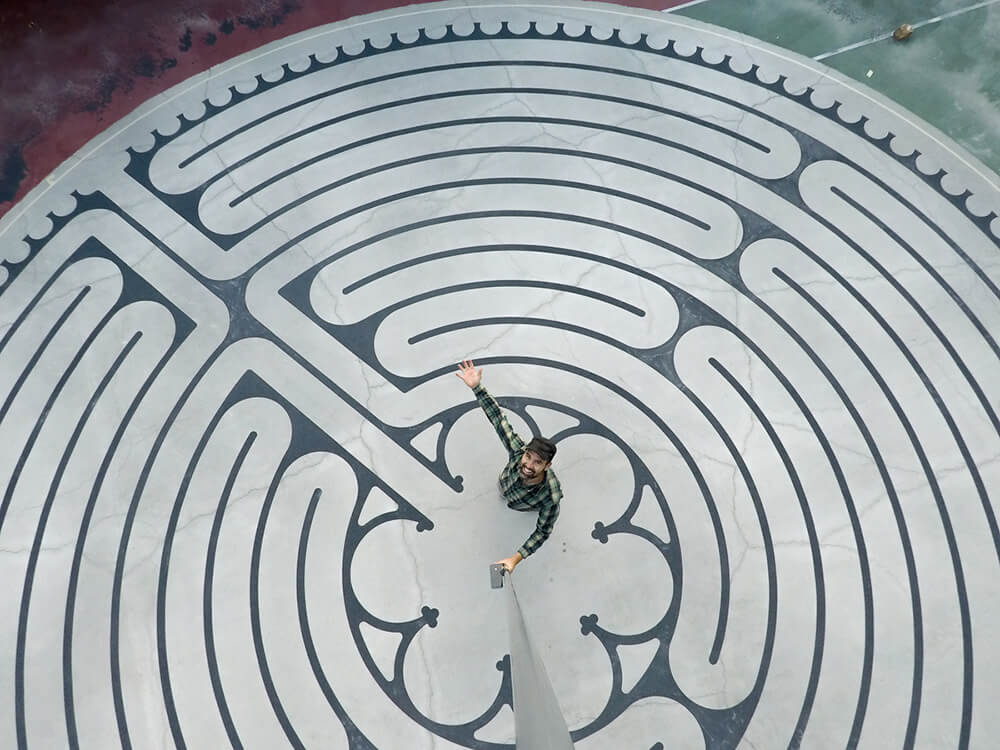
Entering the Labyrinth
Now don’t get it twisted: labyrinths are not mazes. “A maze has dead ends and choices,” Lars differentiates. “It’s meant to be disorienting—and a game, really.” Its walls also conceal your direction. On the other hand, “A labyrinth is a meandering path that winds its way to the center… As long as you trust the labyrinth and yourself and keep putting one foot in front of the other, you find your way.”
Earlier on his vocational path, Lars worked as a photojournalist as well as a part-time high school photography teacher at Atherton’s Sacred Heart Prep. On syllabus day, Lars would take his students to the school labyrinth and they would walk the circuitous route while setting their intentions for the class. On the final day of the semester, Lars led them back to the labyrinth to reflect on their journey and consider next steps. He also returned on his own. “I found it a great way to decompress—especially if there was some difficulty with a student or it was the grading period,” he explains. “Just to kind of refresh and reconnect.”
When Lars’ long-term relationship ground to a heartbreaking halt, he built his own labyrinth in Half Moon Bay overlooking the water. (“To find myself again,” he explains.) Every time he went out to walk it, he’d find others winding along its path. Clearly, he had created a healing space.
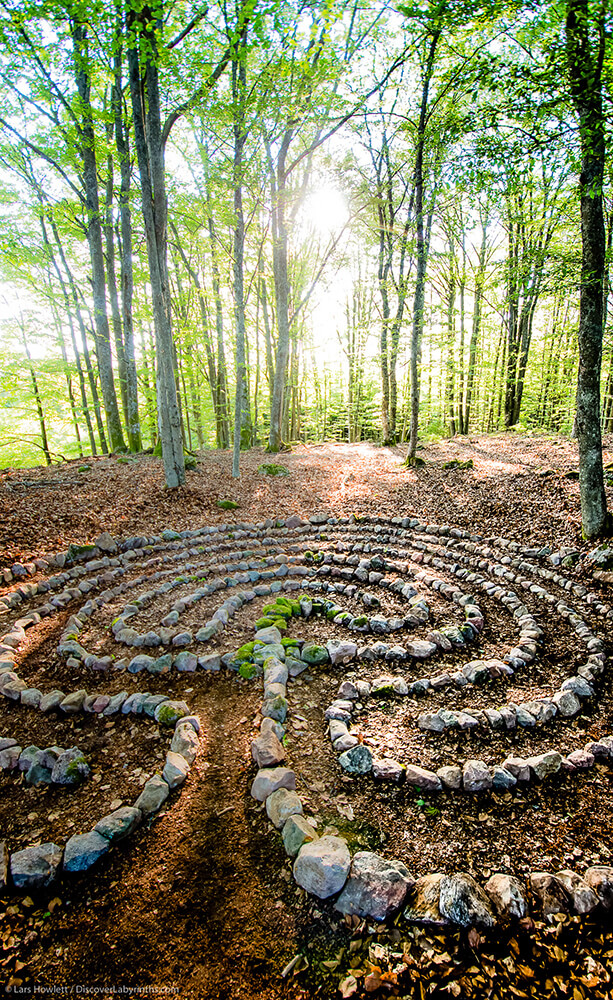
“When feeling lost in a labyrinth, the important thing is to trust the path and continue forward, knowing that there are no dead ends or mistakes that can be made,” Lars reflected later. “I was able to cultivate acceptance and forgiveness for myself and others, realizing that the journey of life is a long, winding road.”
Moved by this grounding experience, Lars decided to attend a Candlelight Labyrinth Walk at San Francisco’s Grace Cathedral. Which led to a workshop with master labyrinth-maker Robert Ferré in the church’s basement. Which led to a trip to the Chartres Cathedral labyrinth in France.
It was a pilgrimage of sorts, Lars explains. Burnt out on photography and seeking fresh direction, he quit both his jobs, put everything he owned into storage and bought a plane ticket. After France, he traveled to labyrinths in Iona and Gotland to connect with his Scottish and Swedish heritage. “Since my future was kind of unclear, I decided to reconnect to my past,” he shares.
As Lars learned more about the enigmatic history and universal nature of the labyrinth, he became enthralled with designs dating back thousands of years. The double-spiraled Baltic Wheel of Scandinavia and the whirling chakra-vyuha of India. The 11-circuit medieval labyrinths of Europe and the square-shaped labyrinths of Rome. He discovered this “sacred geometry” could even be found hand-woven into baskets belonging to the indigenous peoples of the American Southwest. “Nobody knows who or where the first labyrinths were created,” he notes.
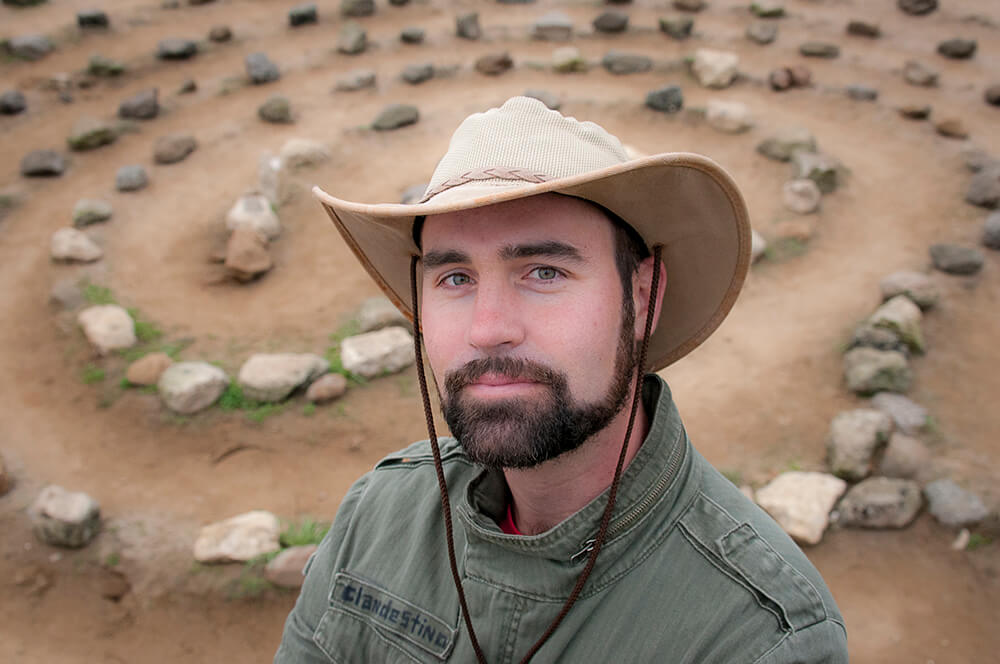
Turning The Bend
After returning from his trip, Lars wondered if labyrinths could become his new career path. He got his answer in a newsletter written by Robert Ferré, the same man he’d taken the workshop from all those months ago. “Our most experienced labyrinth artists are all pushing 60 years old or more,” Robert wrote. “Hello, is there a younger generation out there to carry this work into the future?”
When Lars came forward, Robert agreed to train him to follow in his footsteps. A project at Sofia University in Palo Alto would be the first collaboration of many. During another pivotal installation, Lars and Robert partnered with additional labyrinth makers at Denison University. Lars ended up rooming with Marty Kermeem—who, it turns out, installed the Sacred Heart Prep circuit that first set Lars’ journey in motion. “I saw Marty at one turn in the labyrinth and then I came back around and the next turn over, there he was again,” Lars chuckles.
In 2015, Lars founded his own business, Discover Labyrinths. Beyond work with private and institutional clients, he facilitates walks and teaches workshops through Veriditas, a community dedicated to supporting “all who wish to explore the labyrinth as a way to tap their own deepest wisdom.” With roughly 200 temporary and permanent labyrinths under his belt, Lars’ handiwork can be found across the Bay Area and beyond. Among his signature local projects: a pathway of lavender within walking distance of San Mateo County Libraries, a stone design in the old quarry site of Bernal Heights in San Francisco and an appropriately multi-colored design at San Jose’s Rainbow Park.
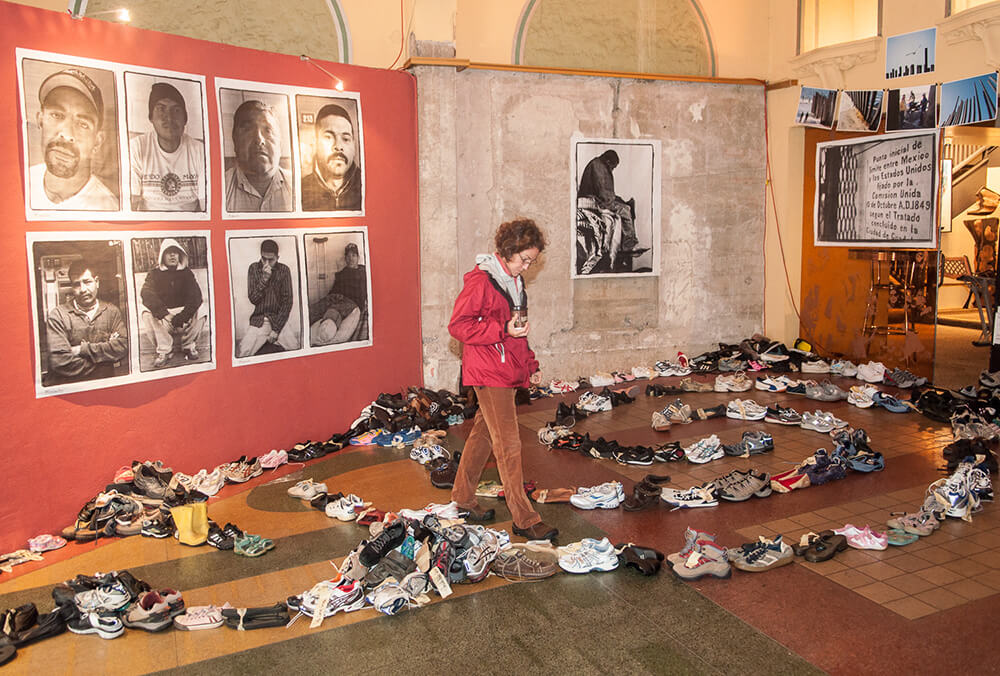
What you won’t find is Lars’ original “breakup labyrinth” in Half Moon Bay. After a season of healing, Lars threw the rocks back into the ocean. “I lifted the weight off of the land,” he says, explaining that each labyrinth has its own timespan. Down the road in El Granada, however, you will find a special labyrinth in an eucalyptus grove at Quarry Park. Lars built it with his then-fiancé/now-wife. He smiles when he adds that their daughter contributed her own stone to her parents’ design on a return trip.
Sticks and Stones
Like life, labyrinths are what we make of them—and the materials of Lars’ masterpieces elevate his work. Once, for a shoe drive to aid migrants, Lars formed a footpath out of donated sneakers. On another occasion, Lars utilized stacks of textbooks at a teachers conference.
On a personal note, Lars once repurposed the remnants of a shipwrecked fishing boat that had crashed on Half Moon Bay’s rocks. “Walking that labyrinth, I realized that my life had kind of felt like a shipwreck and had fallen apart into a million pieces,” Lars reflects. “By taking those pieces and putting them back together in a new form, it was as if I had taken the pieces of my old life and put them back together in a new way that could better serve me in moving forward.”
And when his grandfather passed away, Lars commemorated the traveling geologist’s life with a pathway made from his collection of rocks from around the world. “It was really powerful to walk through the stones from all his travels, to reflect on him and reflect on his life,” Lars shares.
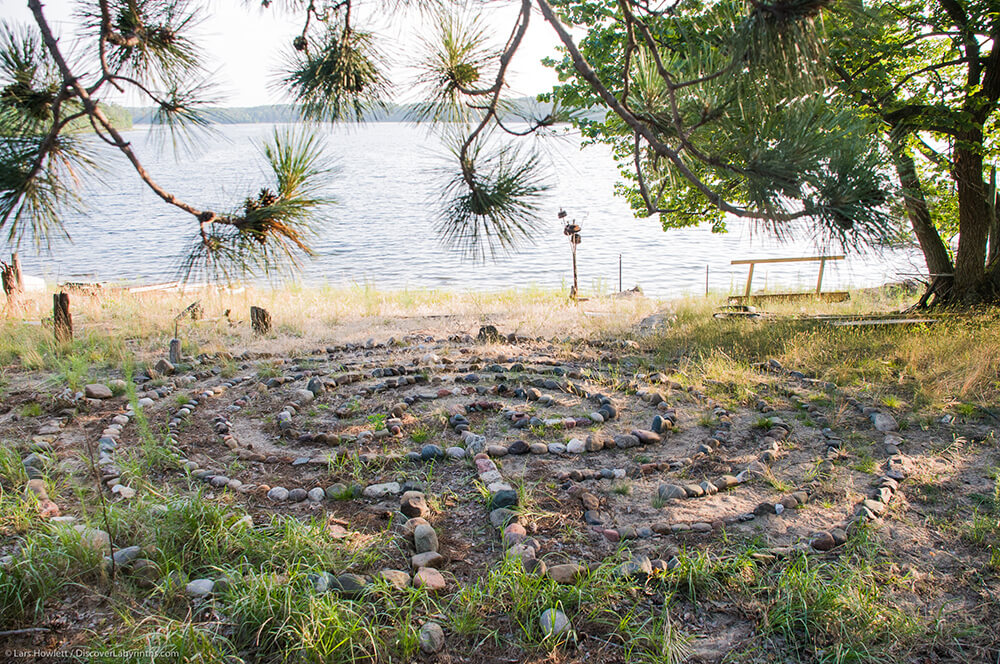
Lars' memorial labyrinth to his grandfather
On the lighthearted side, Lars’ cheekiest design consists entirely of lawn flamingos (built for appreciative attendees of a labyrinth conference in Florida). “A lot of people think the labyrinth is very solemn,” notes the pathmaker, “but you can have fun in the labyrinth. You can dance a labyrinth. You can laugh through the labyrinth.”
So find your own twisting path. And see where it takes you.
around the bend
discoverlabyrinths.com
Labyrinth as Meditative Practice
(Created by Lars Howlett, Veriditas and Shauna Shapiro)
+ Set an intention. Focus the walk on a question/theme,
or simply commit to experiencing your experience.
+ Attune to your emotions and attitude. Give yourself
permission to feel and respond honestly and openly.
+ Prepare by focusing your awareness in the present.
Quiet your mind and listen to your breath.
+ Follow the pace your body wants to go. Your stride
may change throughout the different stages.
+ Feel free to move around others or let others move
around you. This is easiest to do on the turns.
+ The path is a two-way street: people may be coming
out as you go in. Do what feels natural when you meet.
+ If you are walking as a group, allow a minute for
others who are entering or exiting before you start.
+ Be respectful of others. It’s an individual and shared
experience. There is no right way to walk a labyrinth.


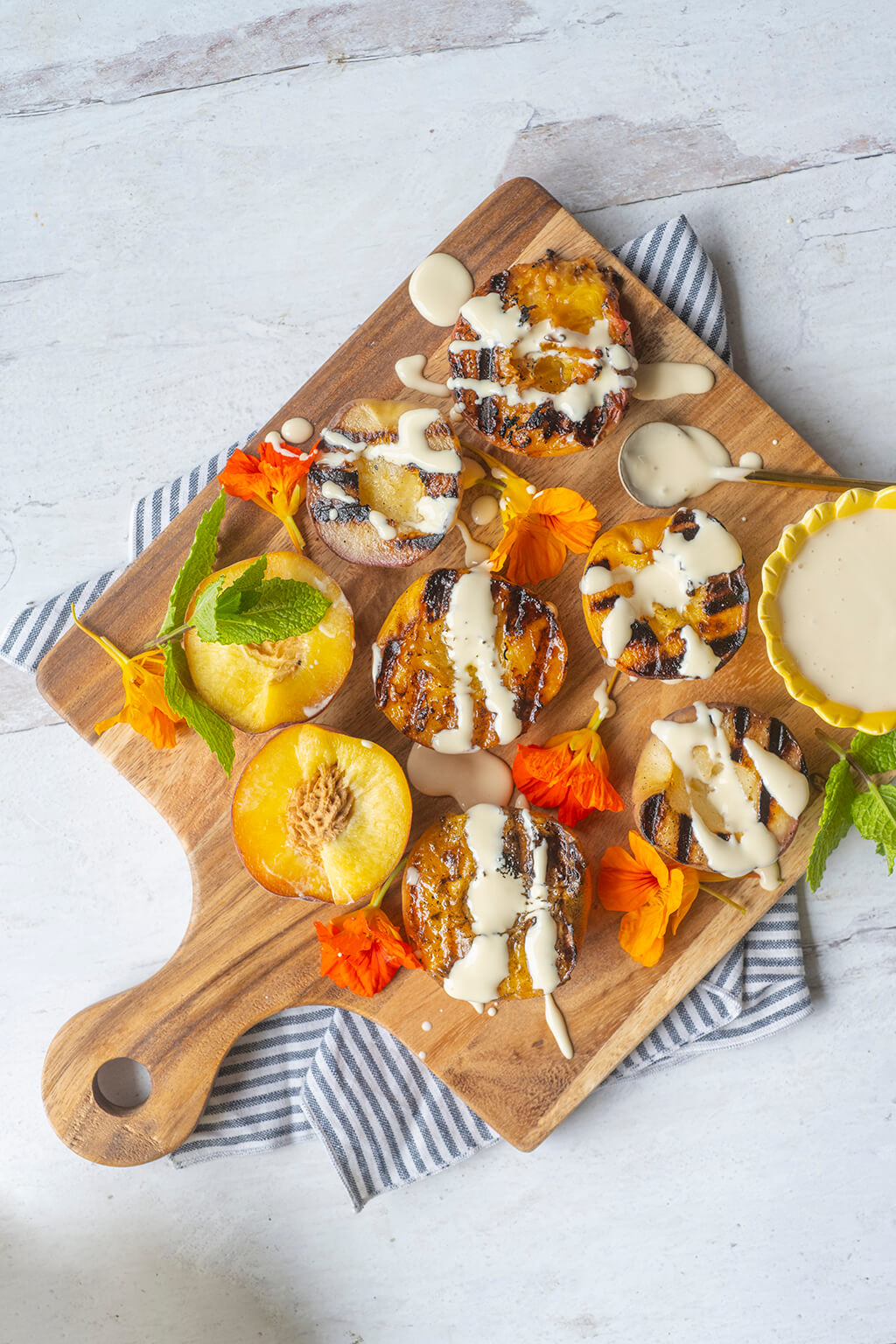
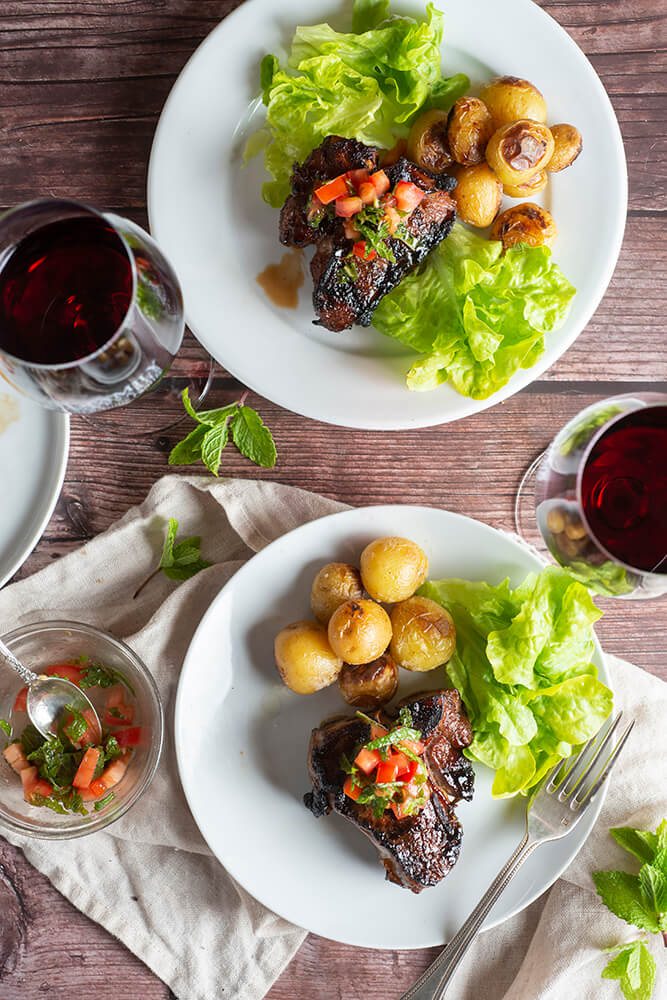
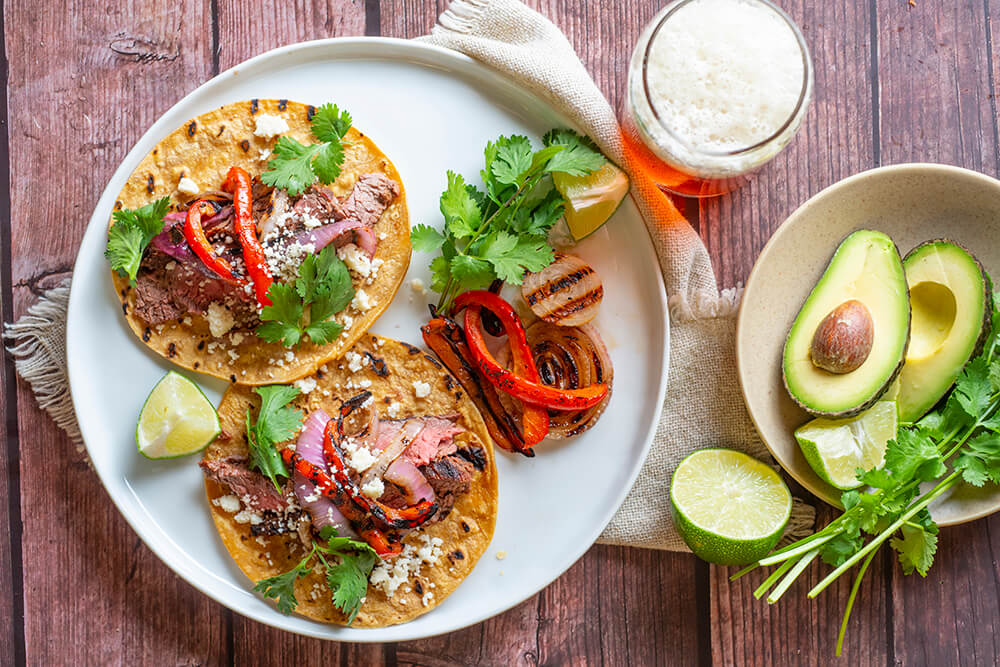
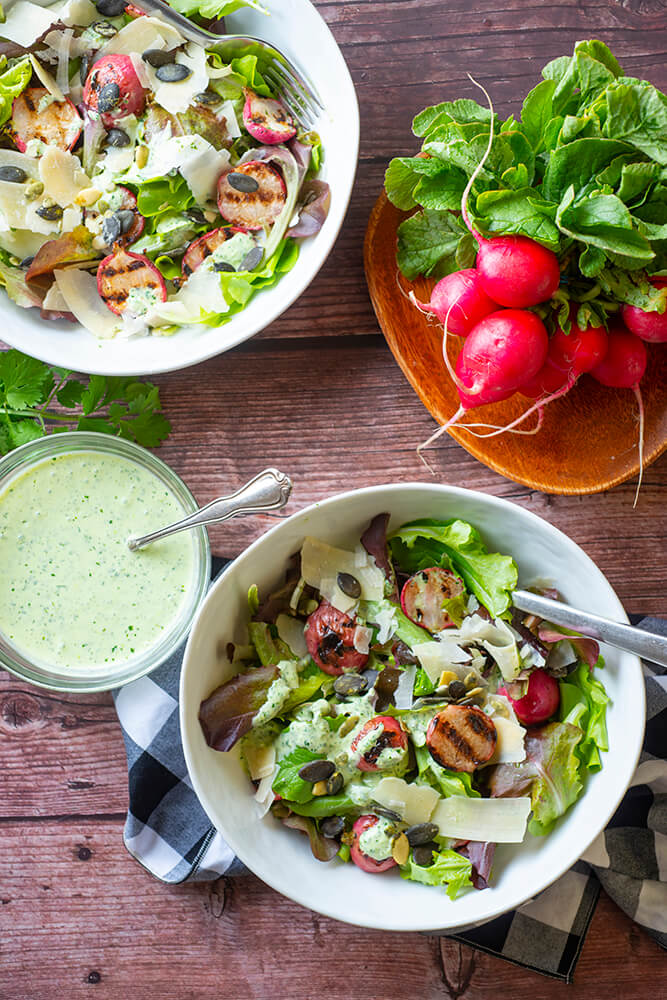
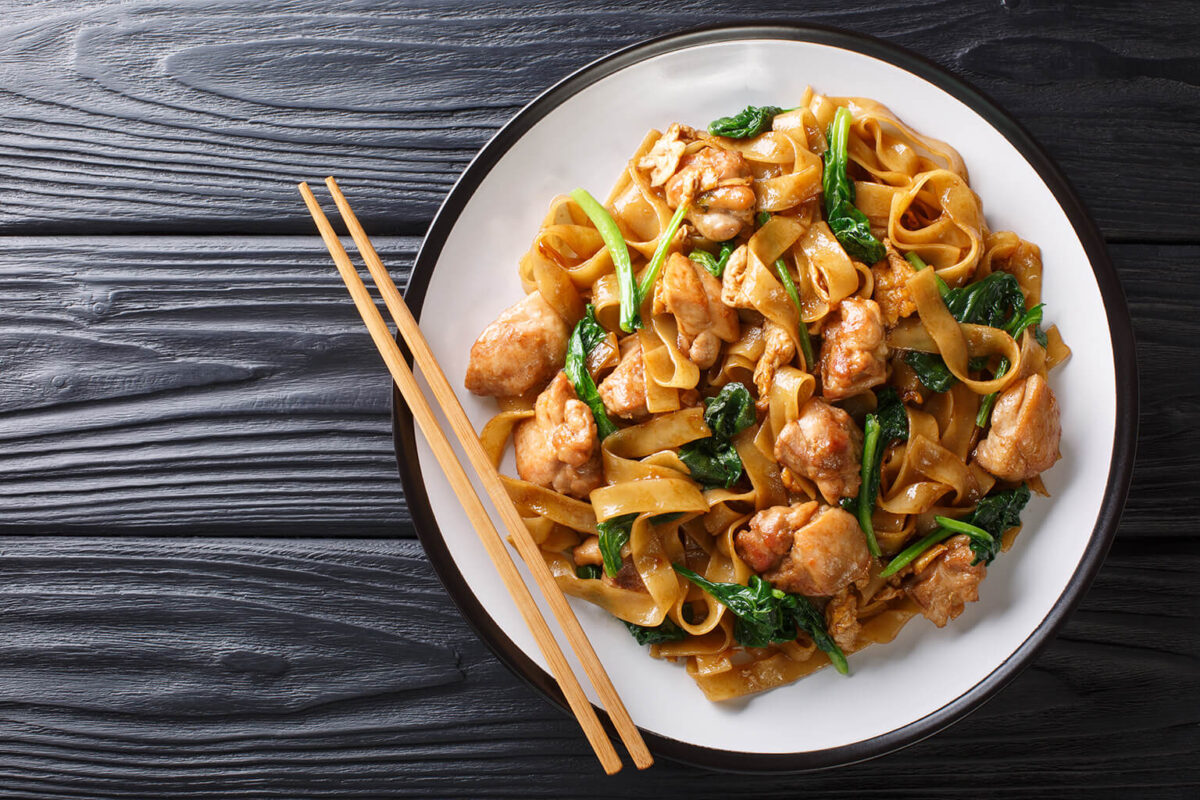

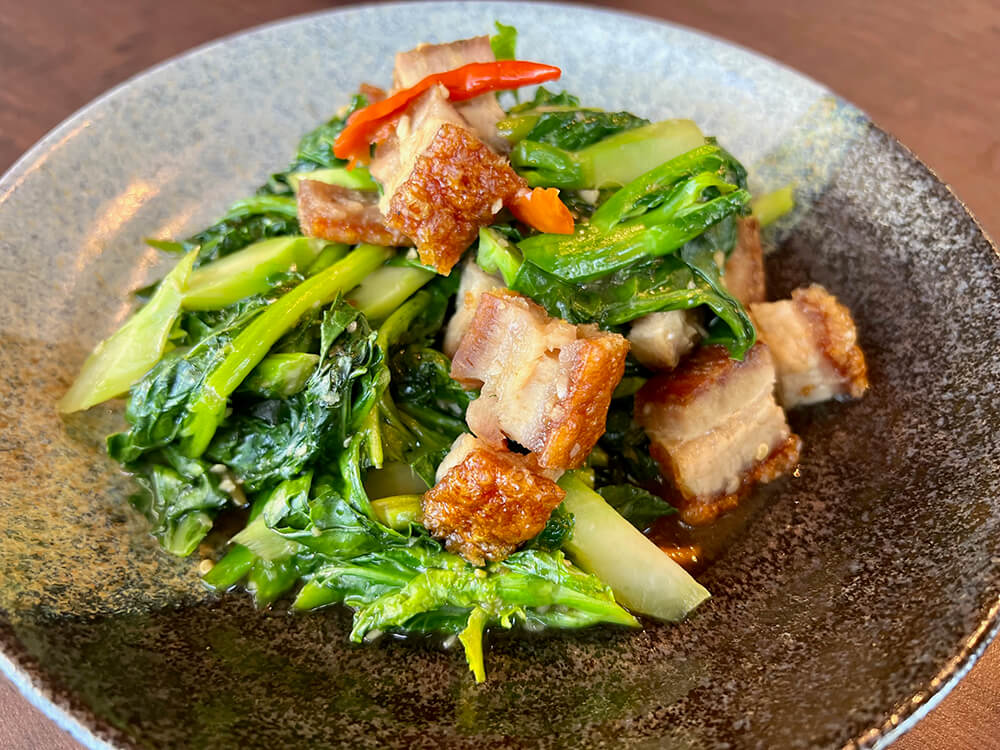
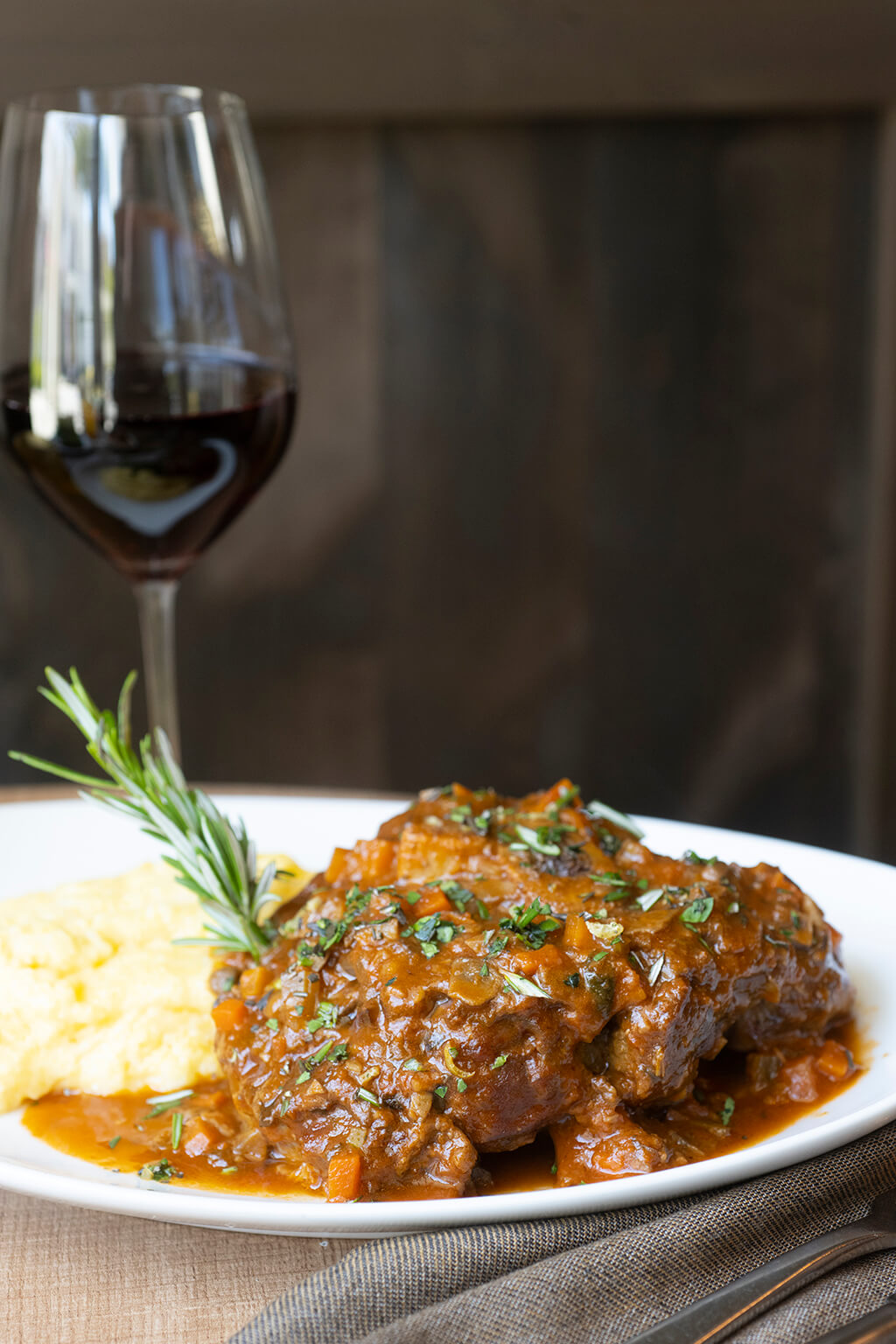
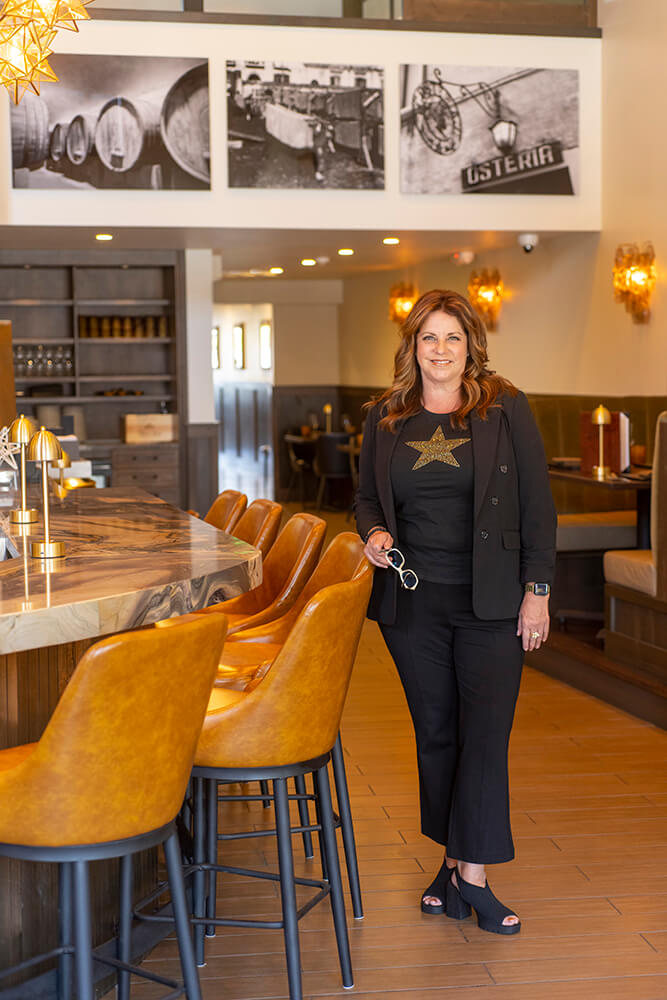

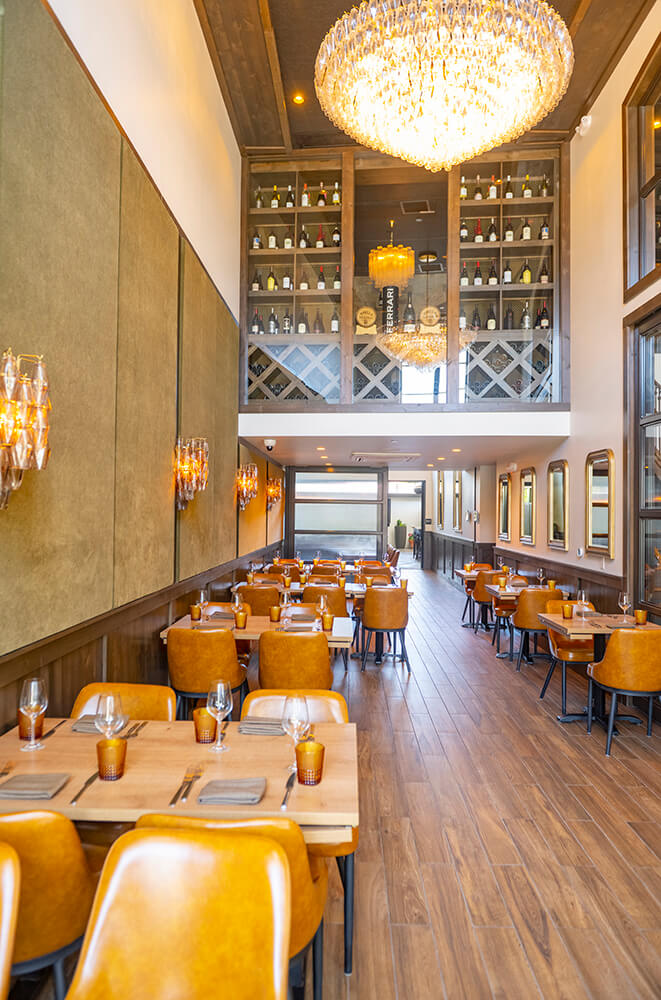
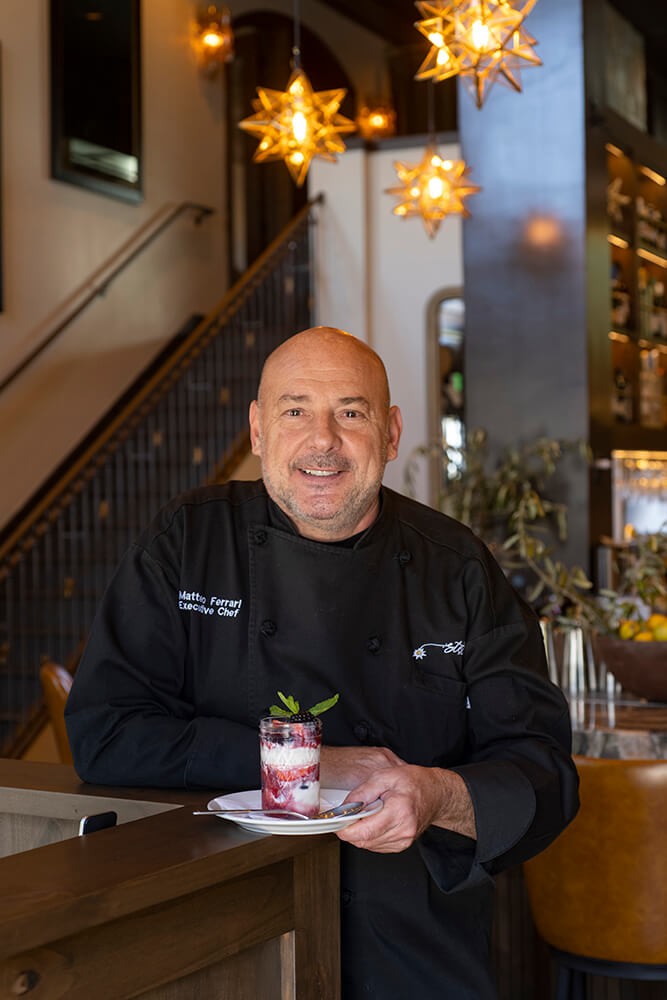
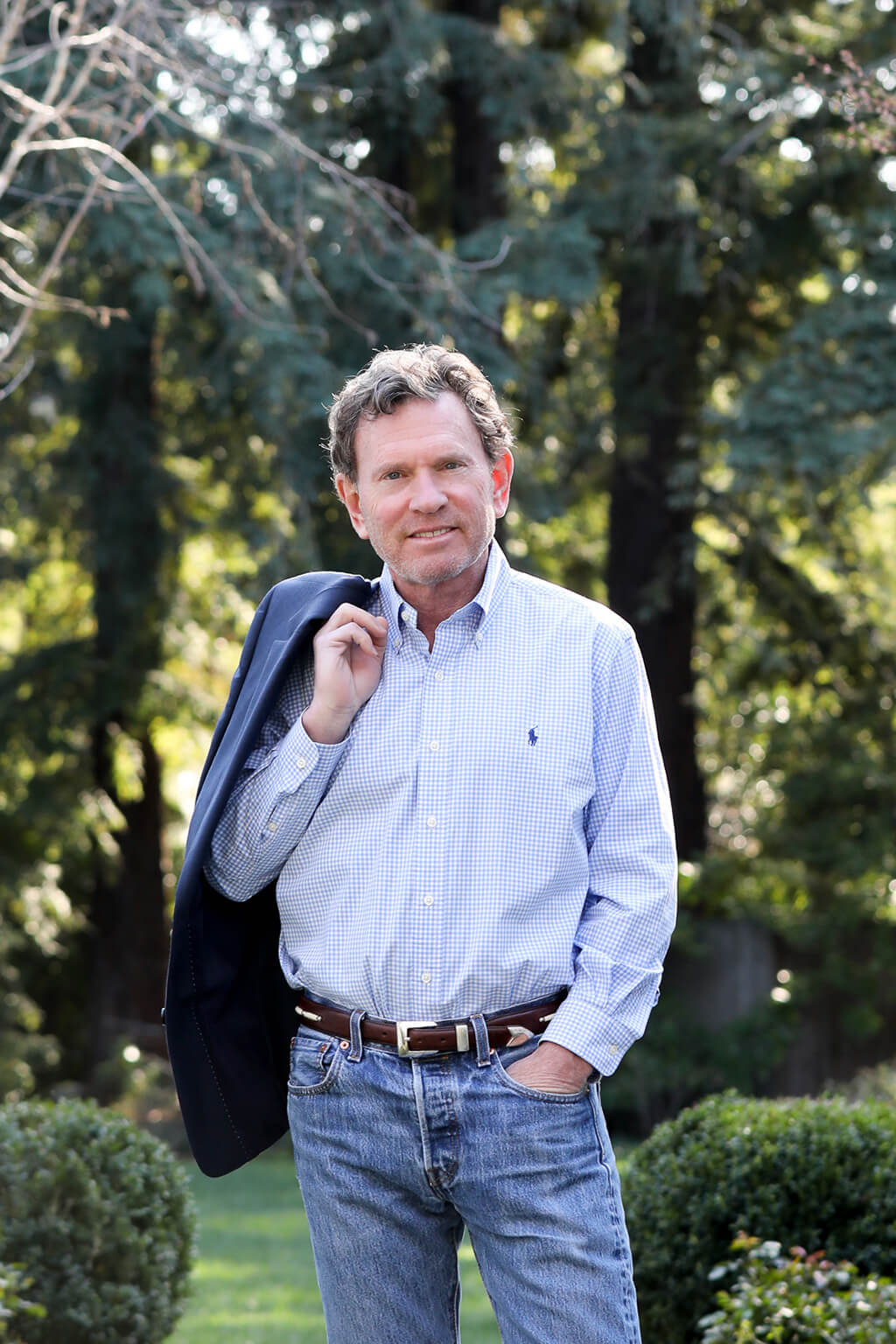
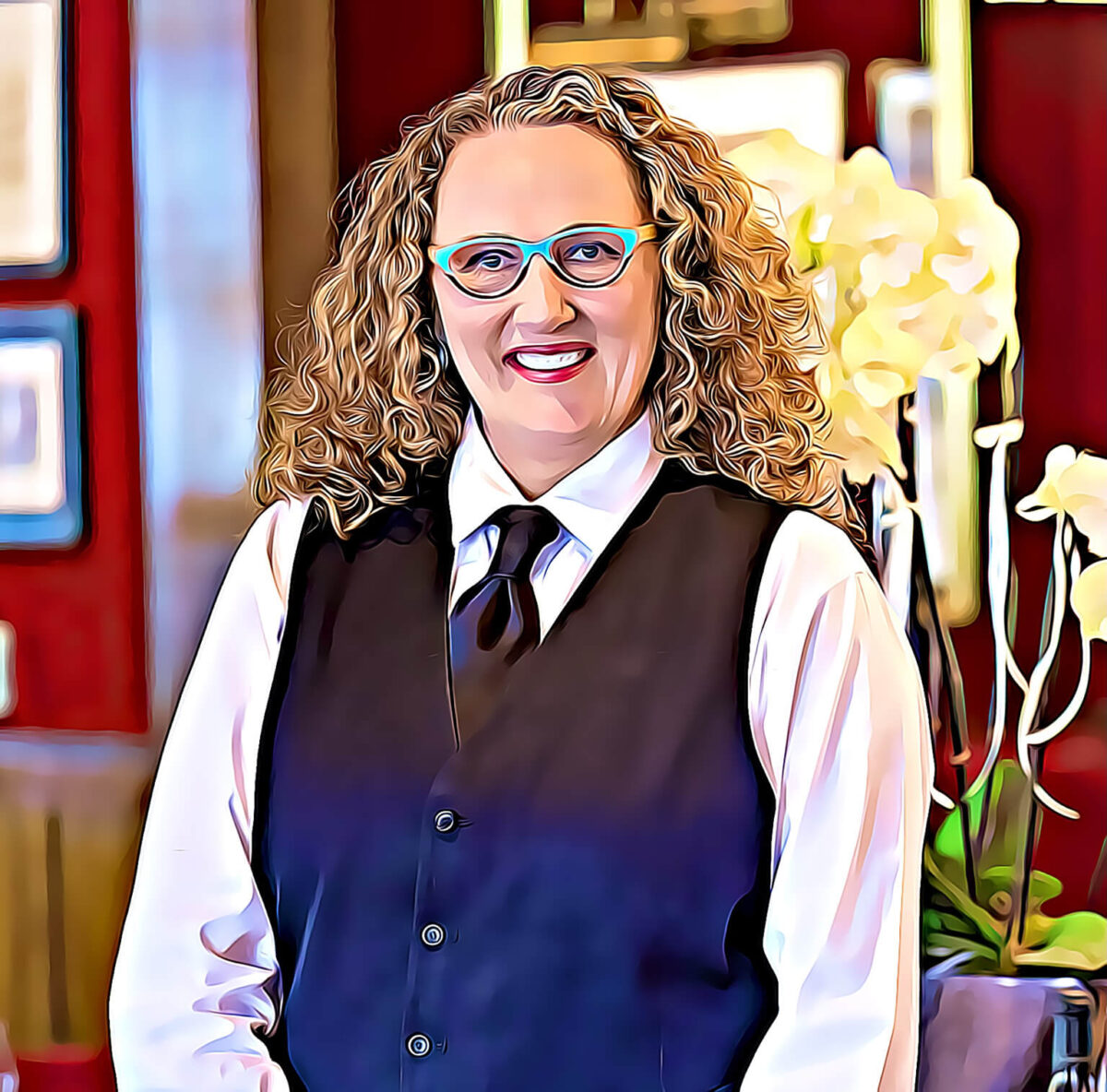
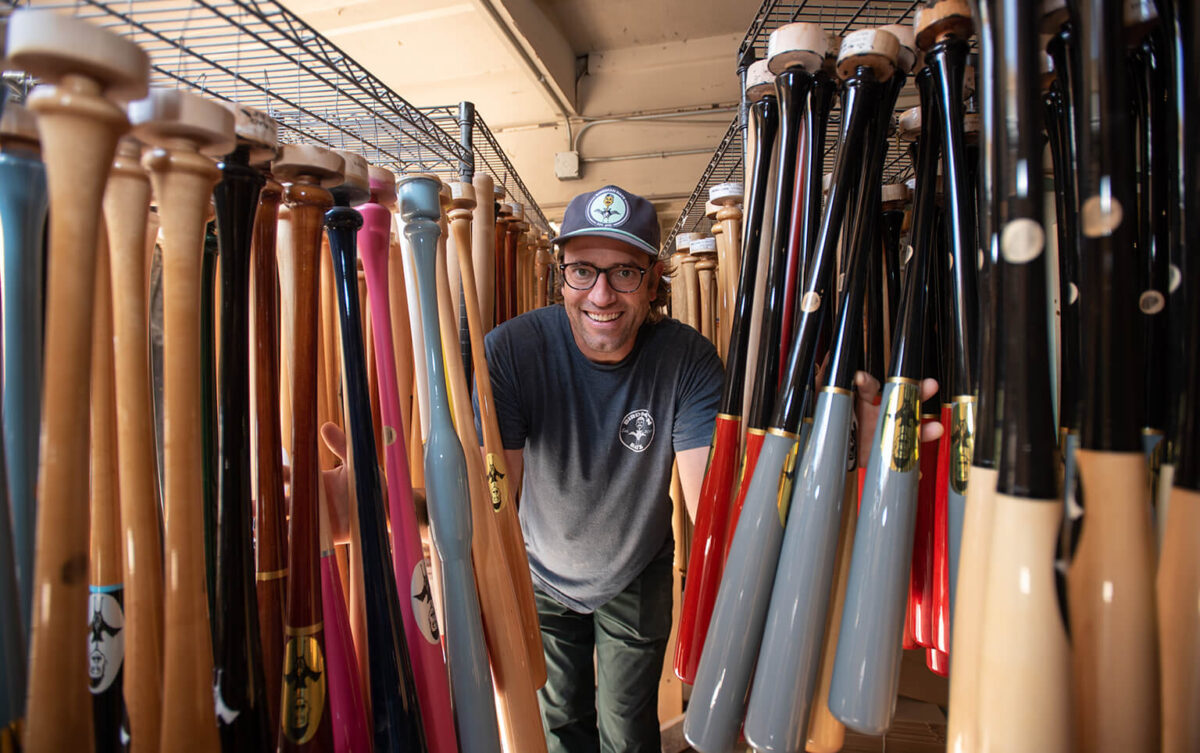
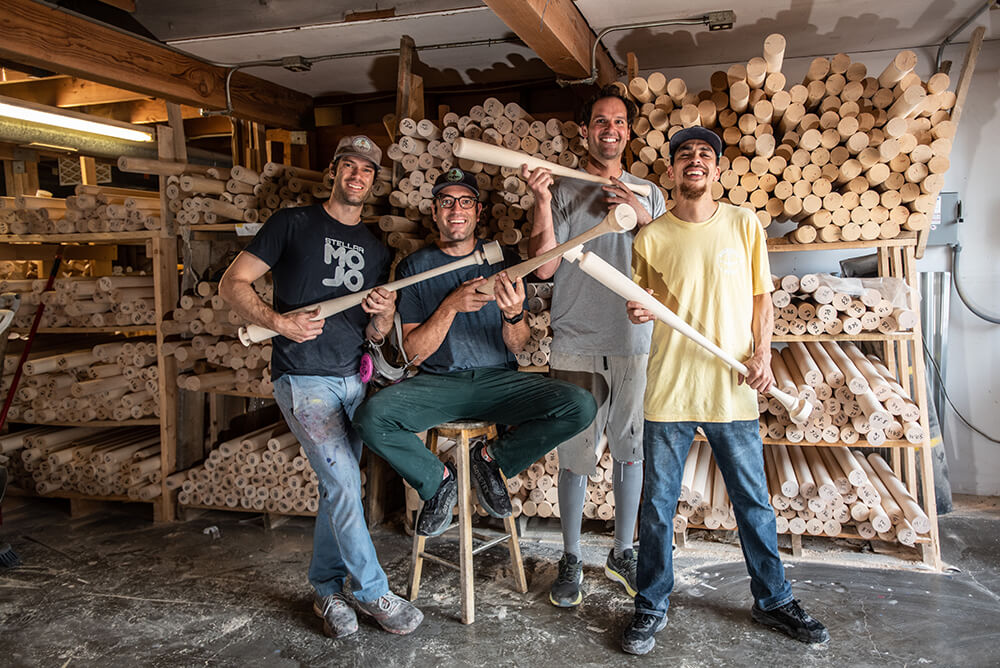
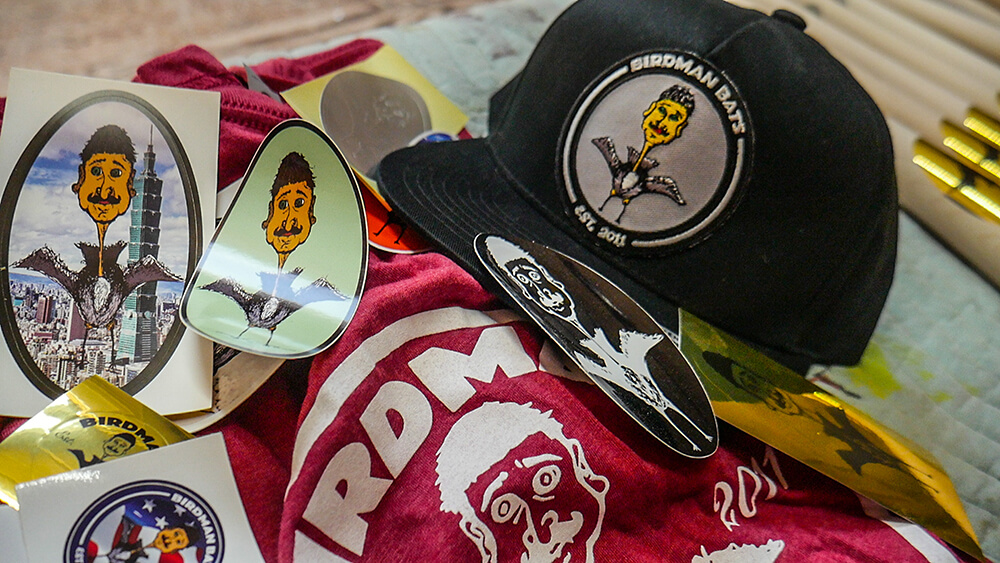
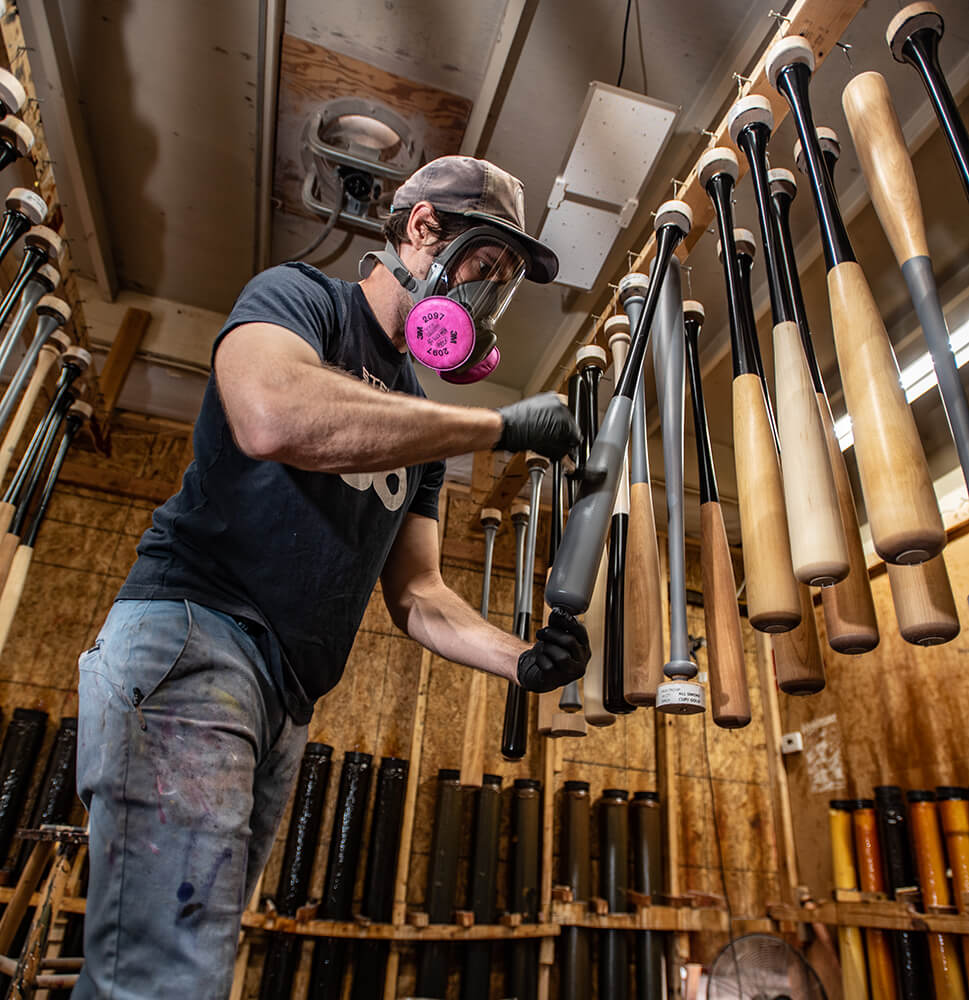

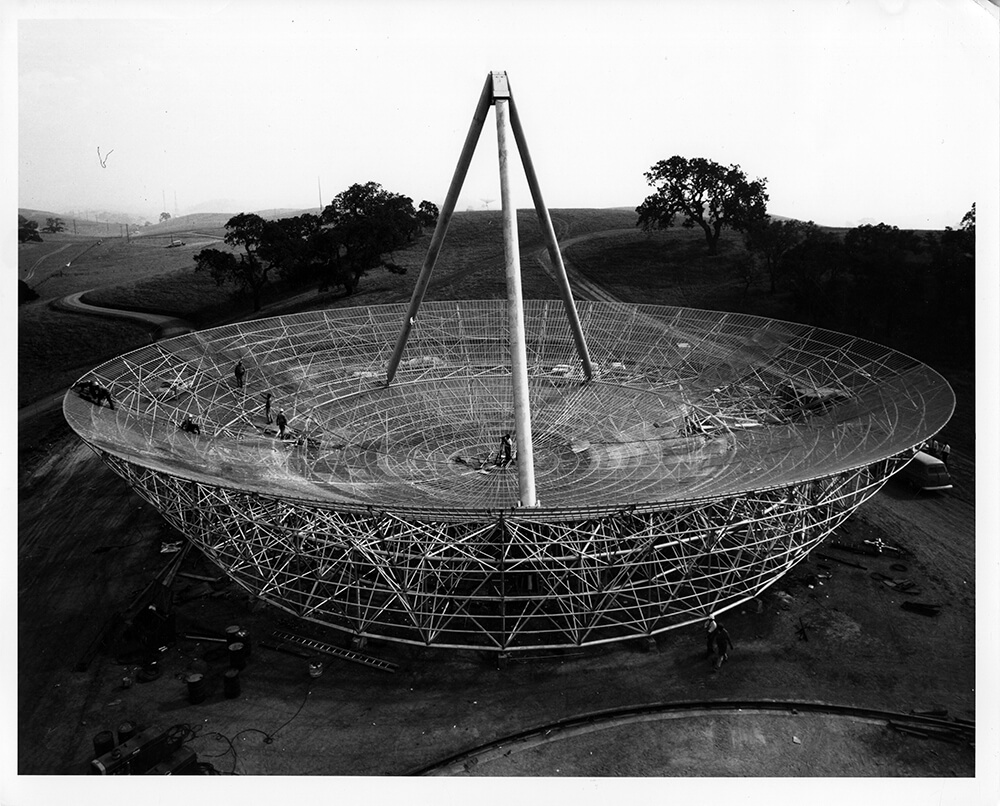
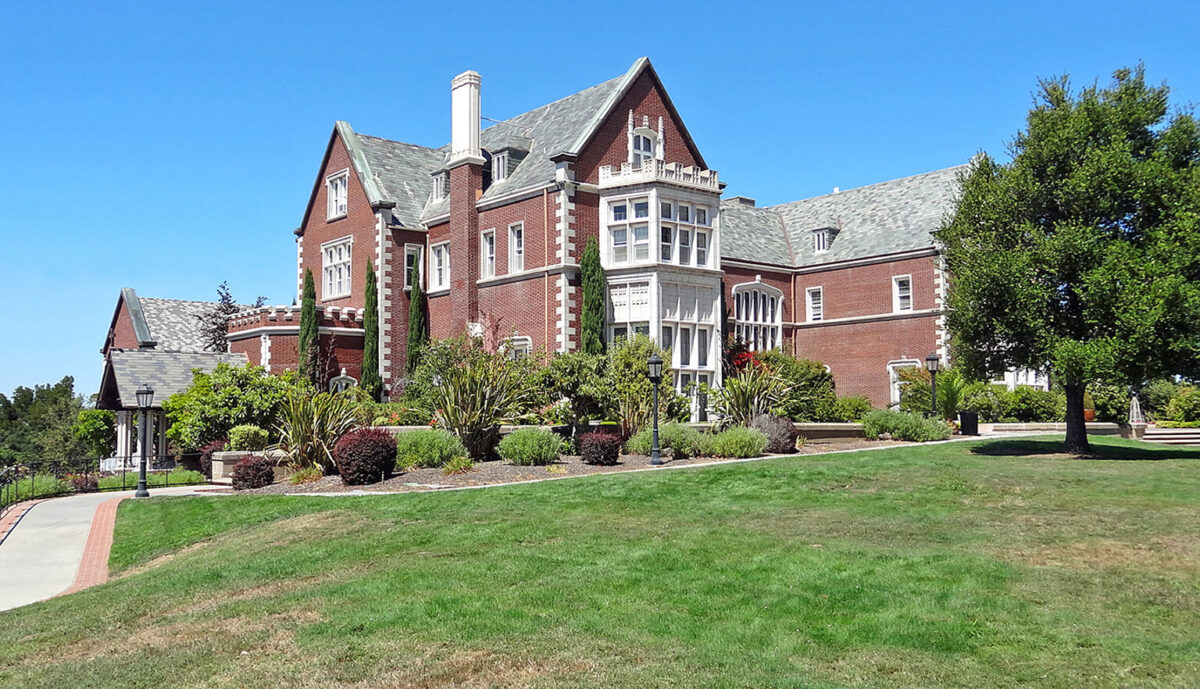
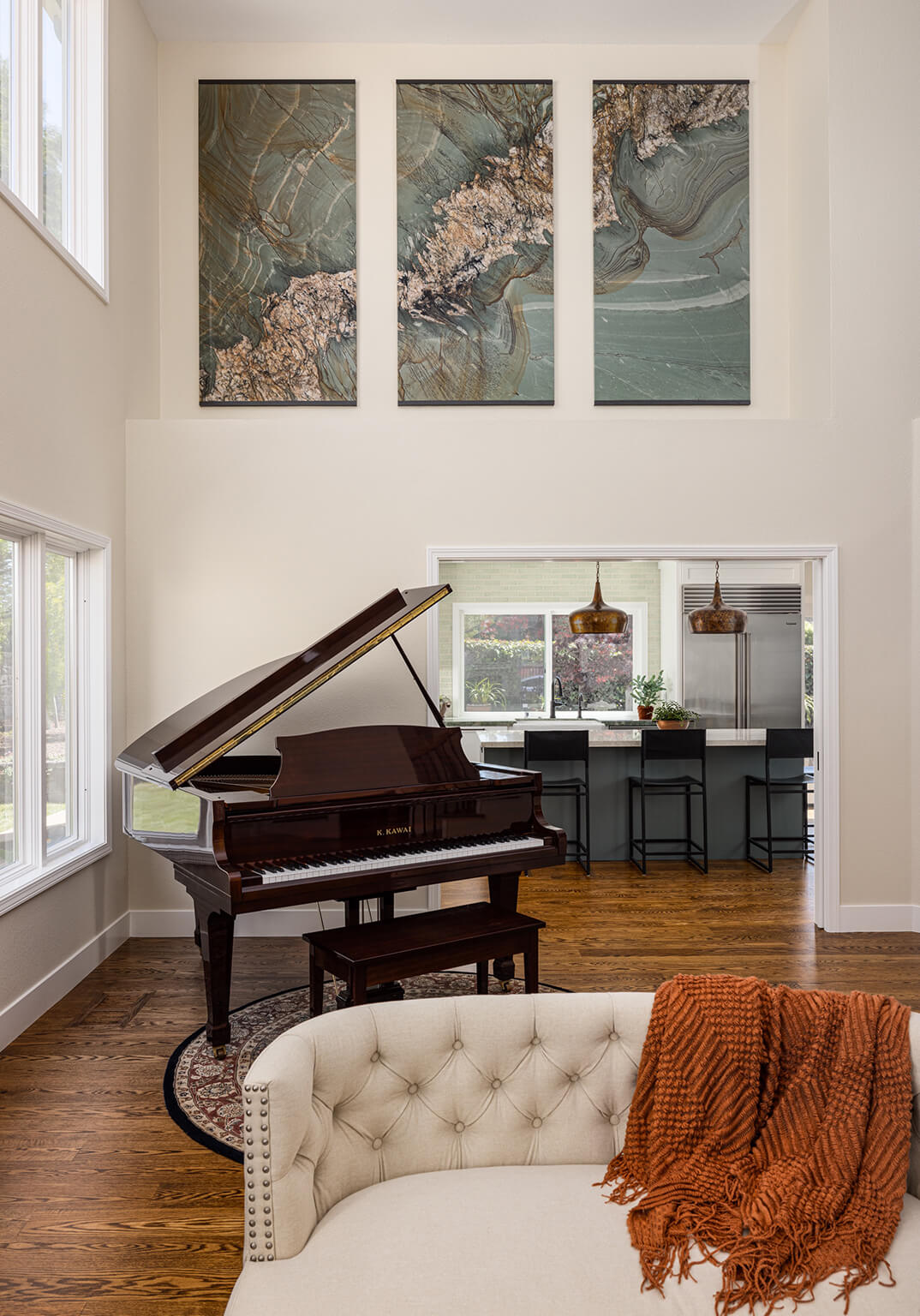
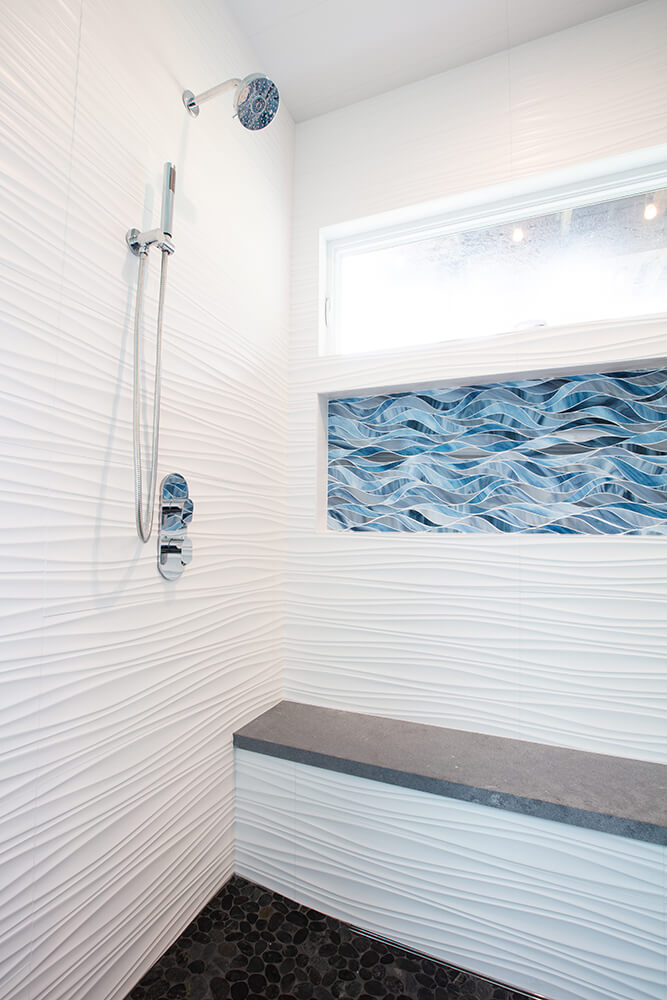
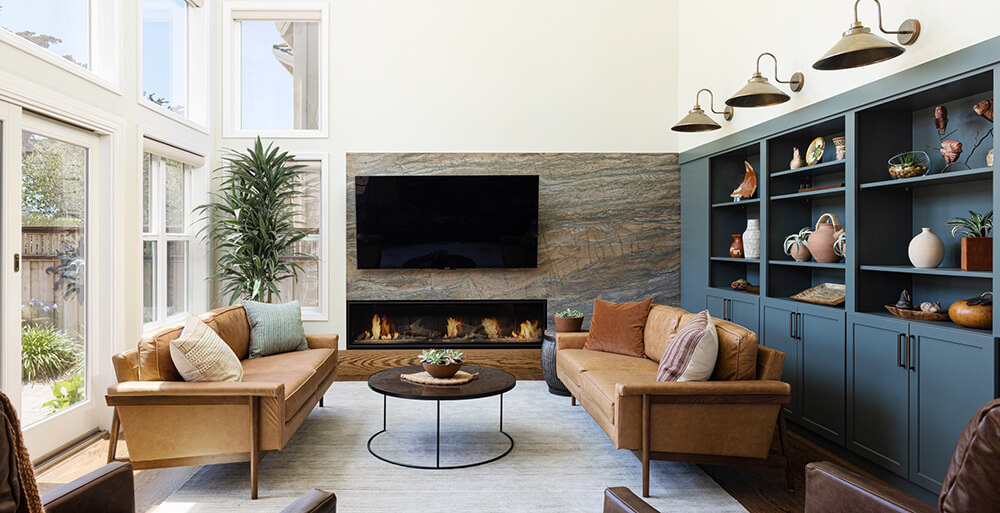

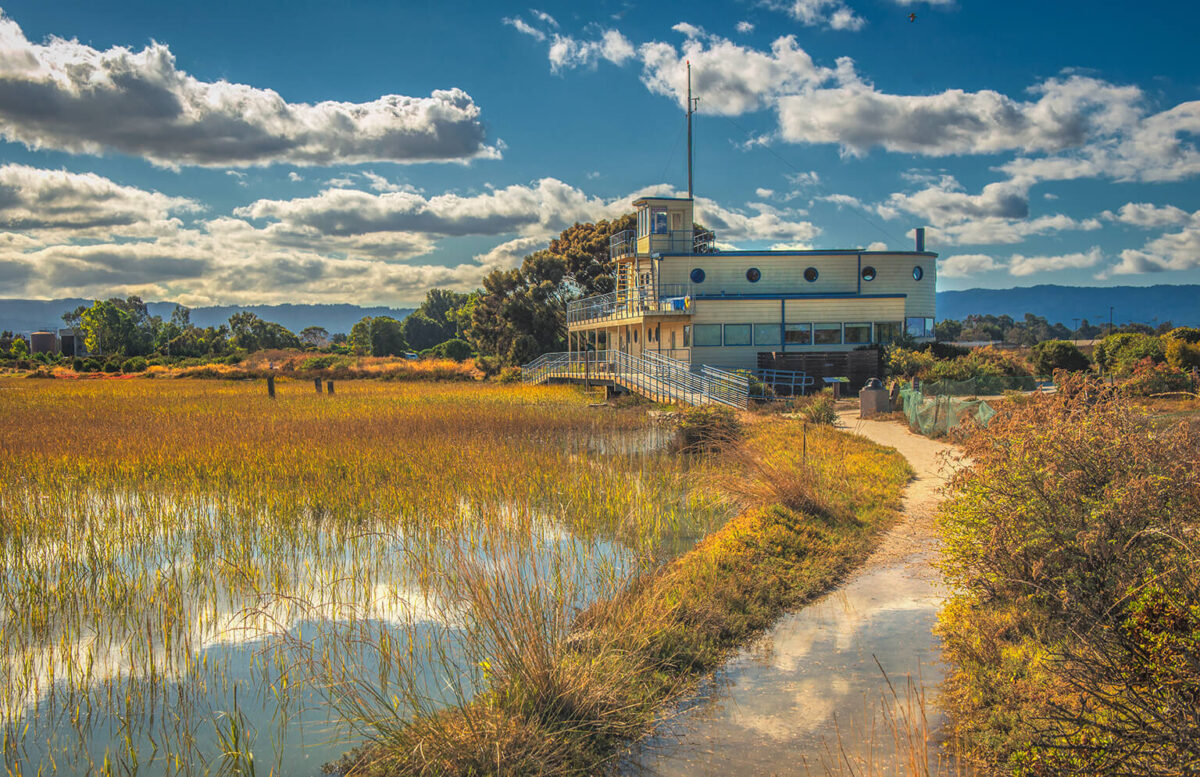
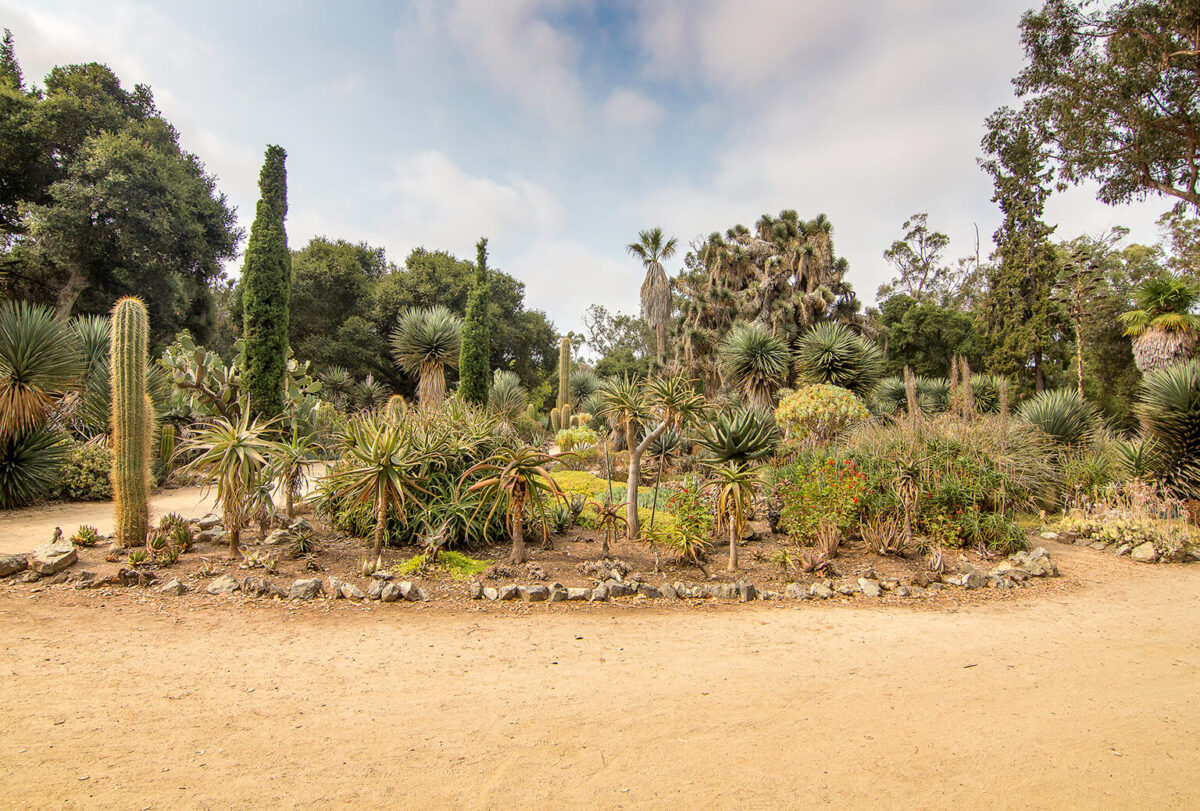


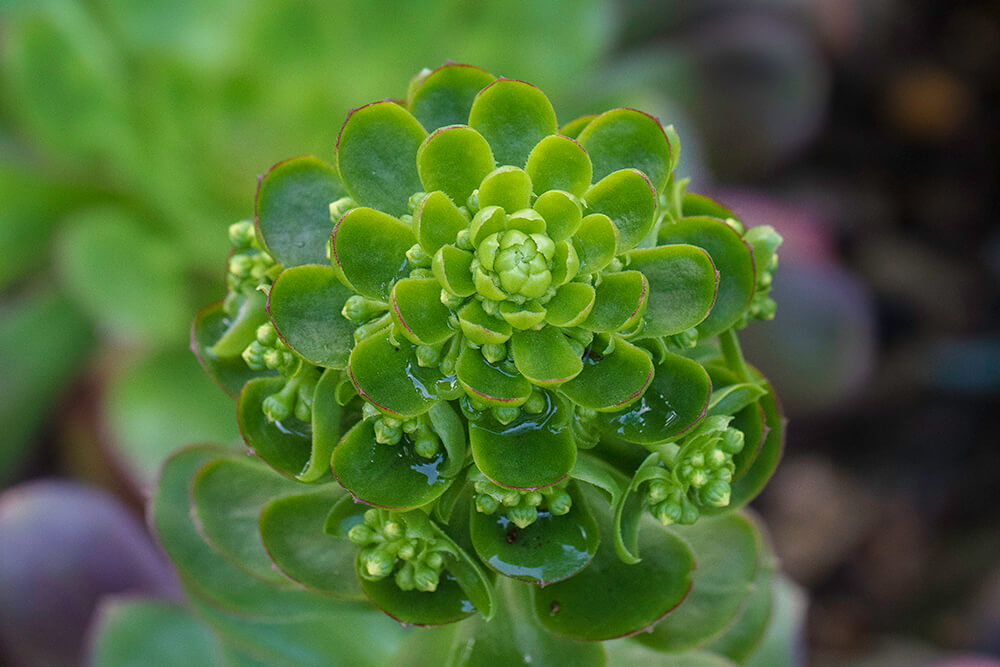
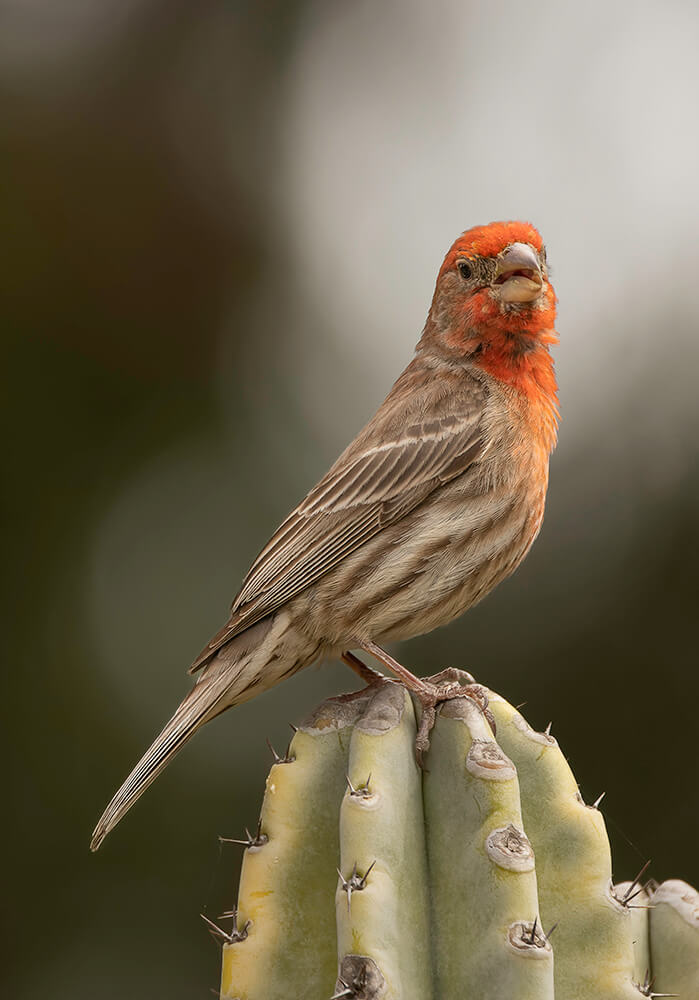
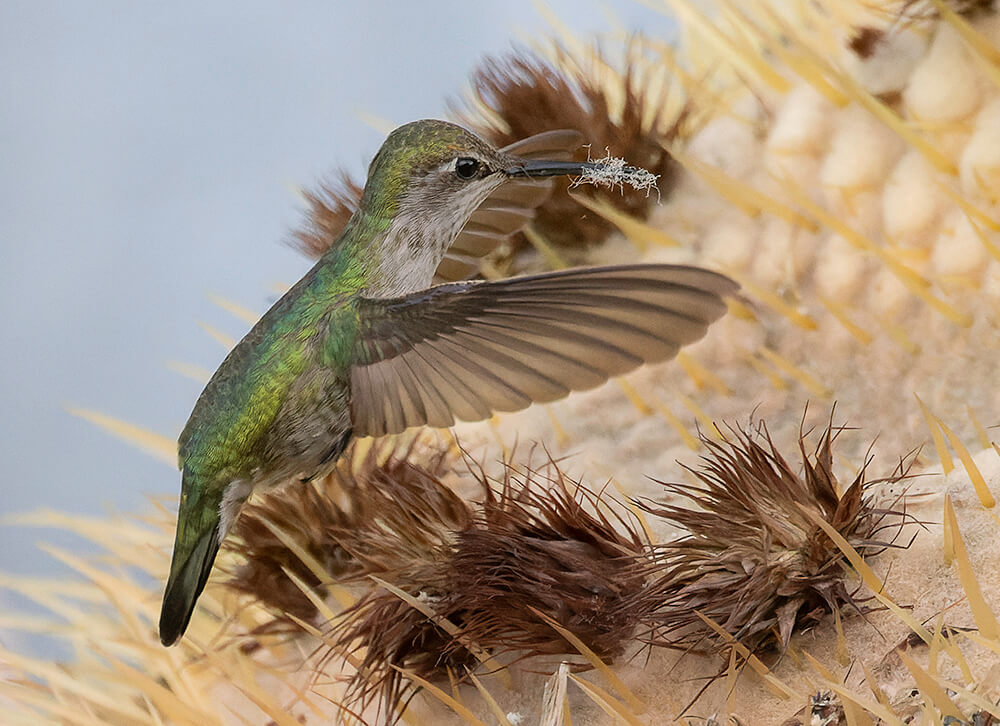
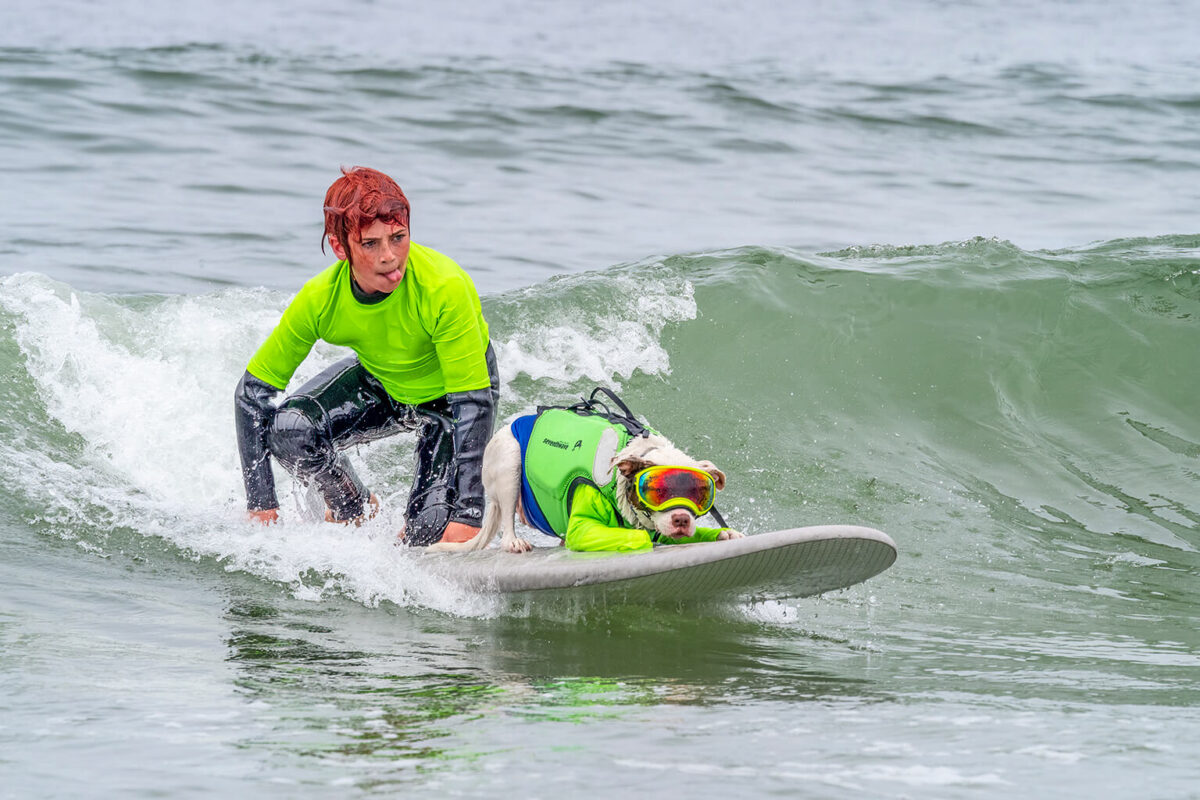
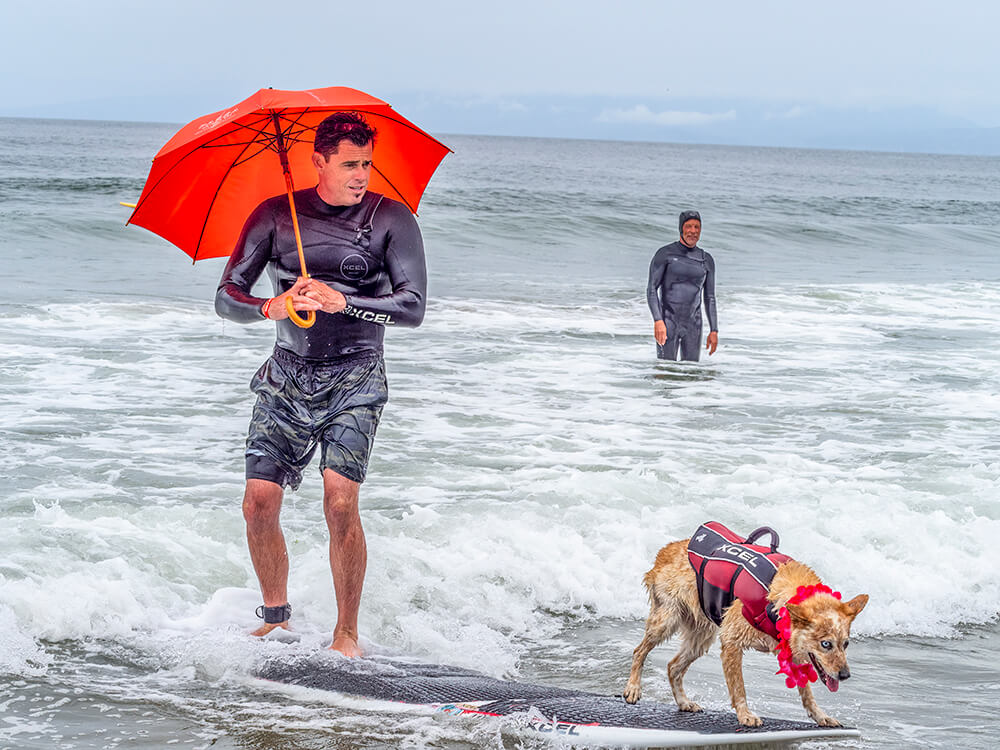






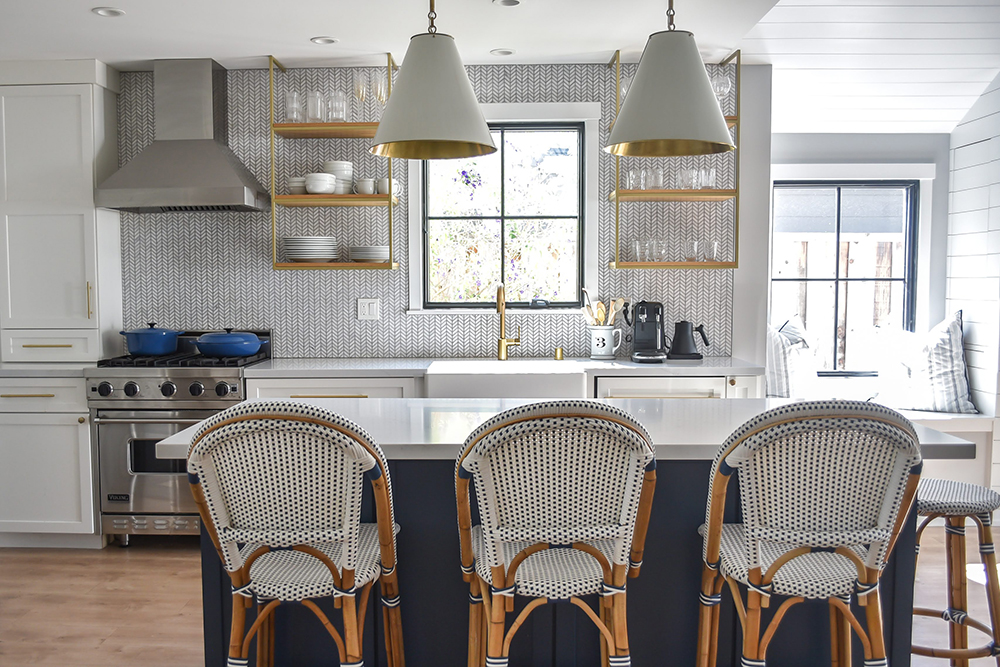

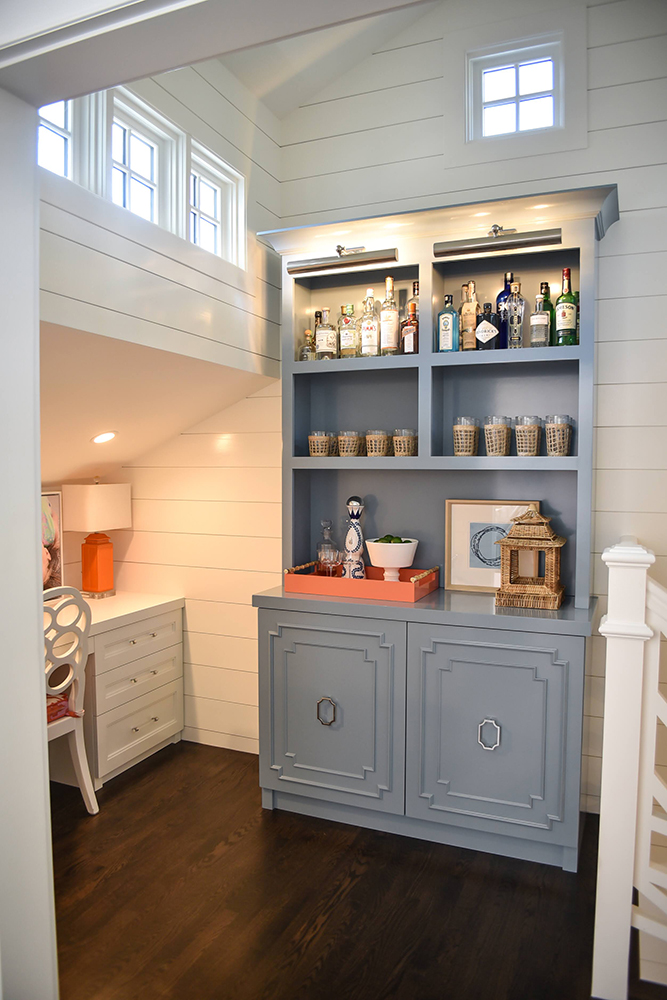
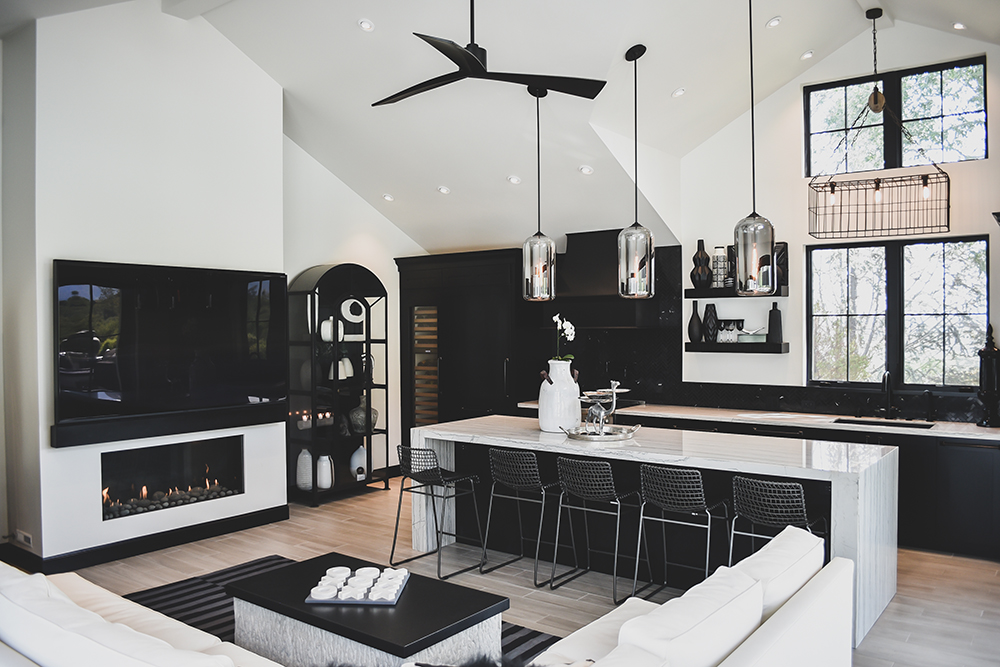
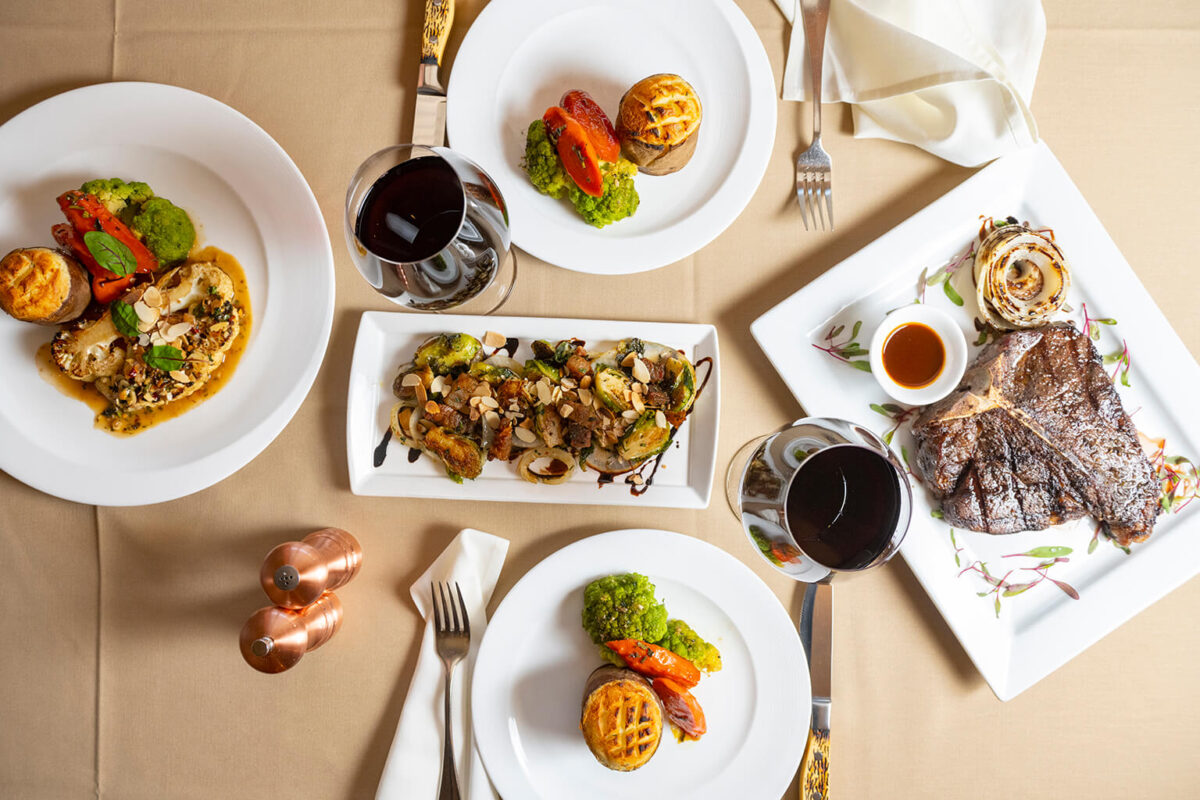
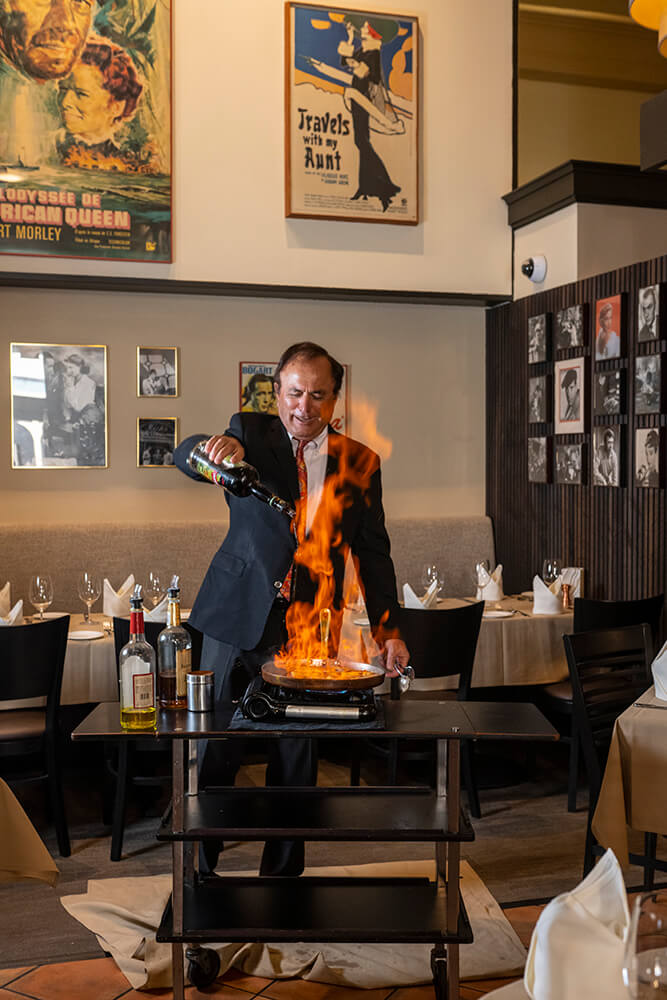
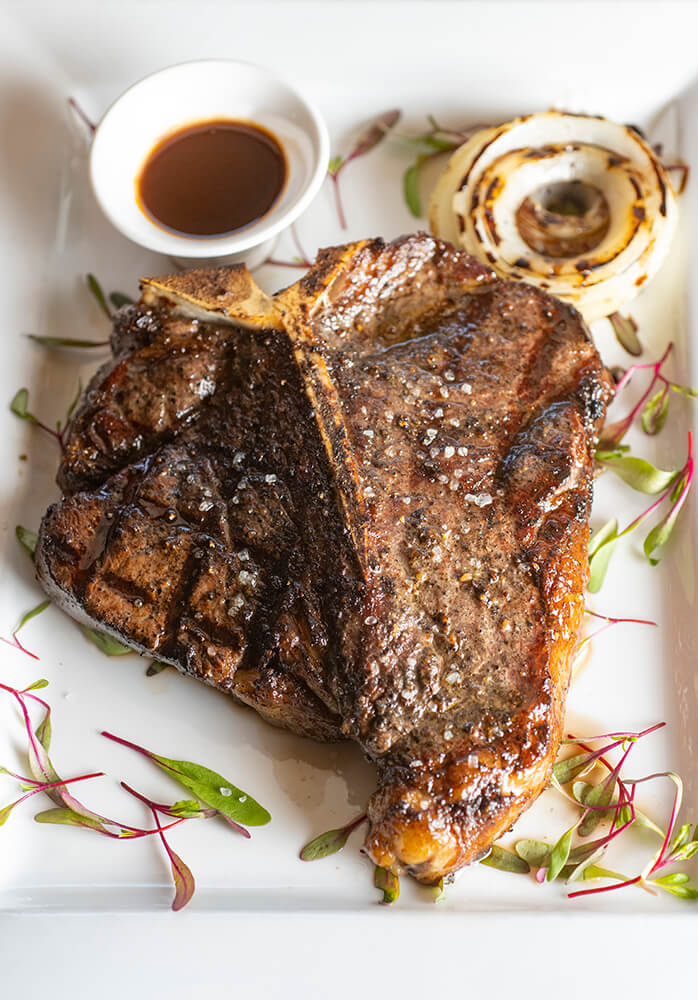
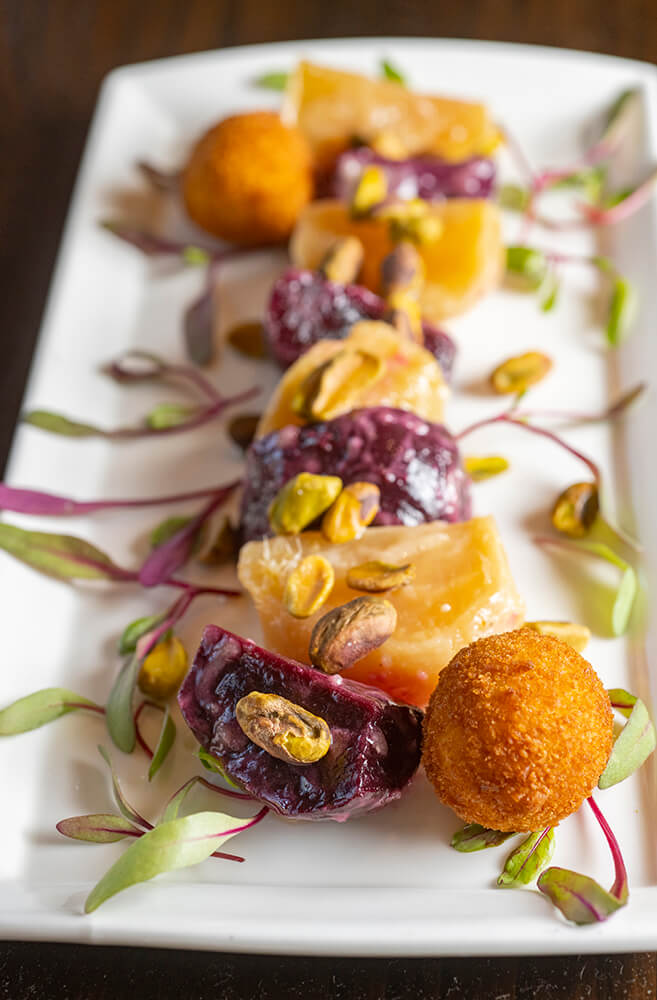
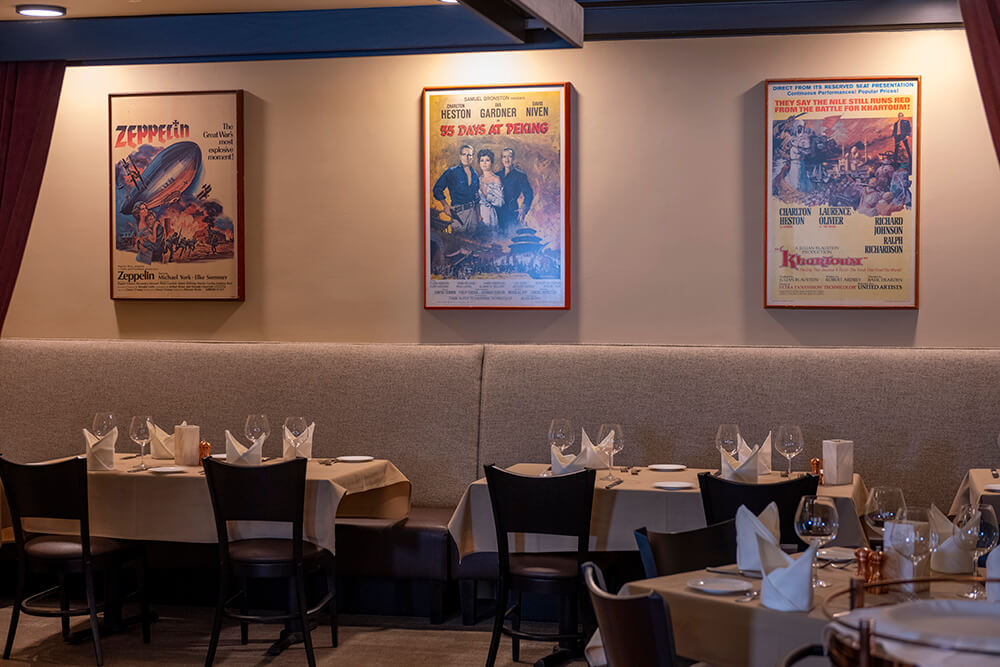
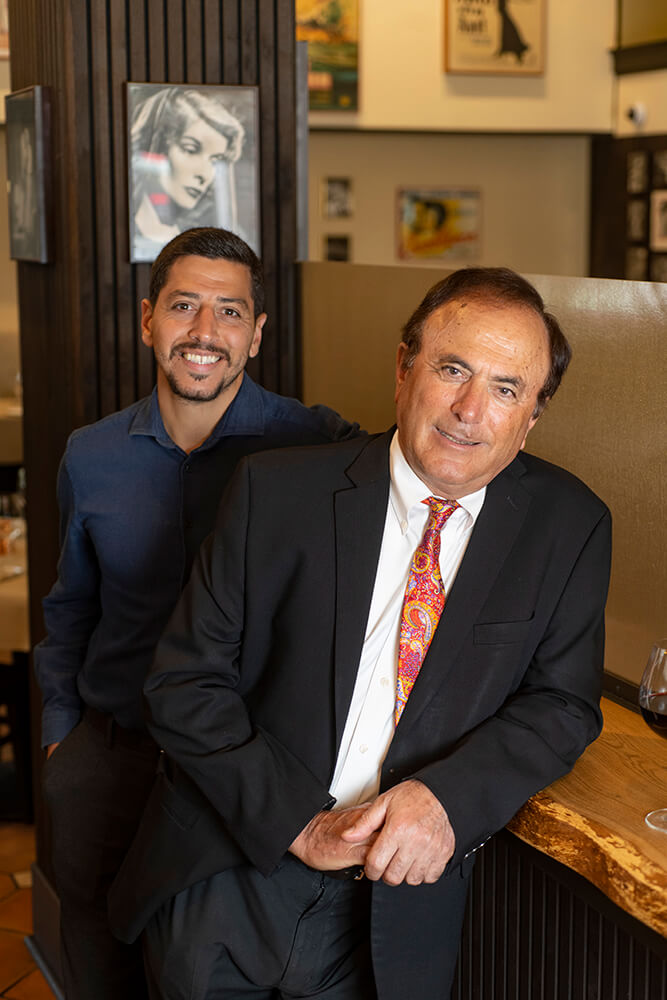

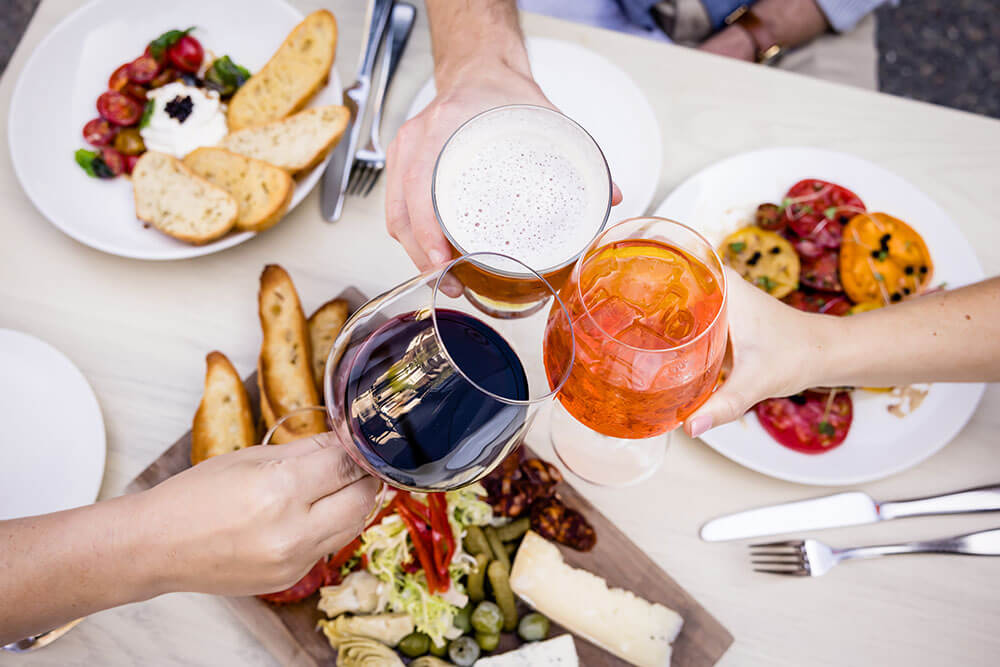
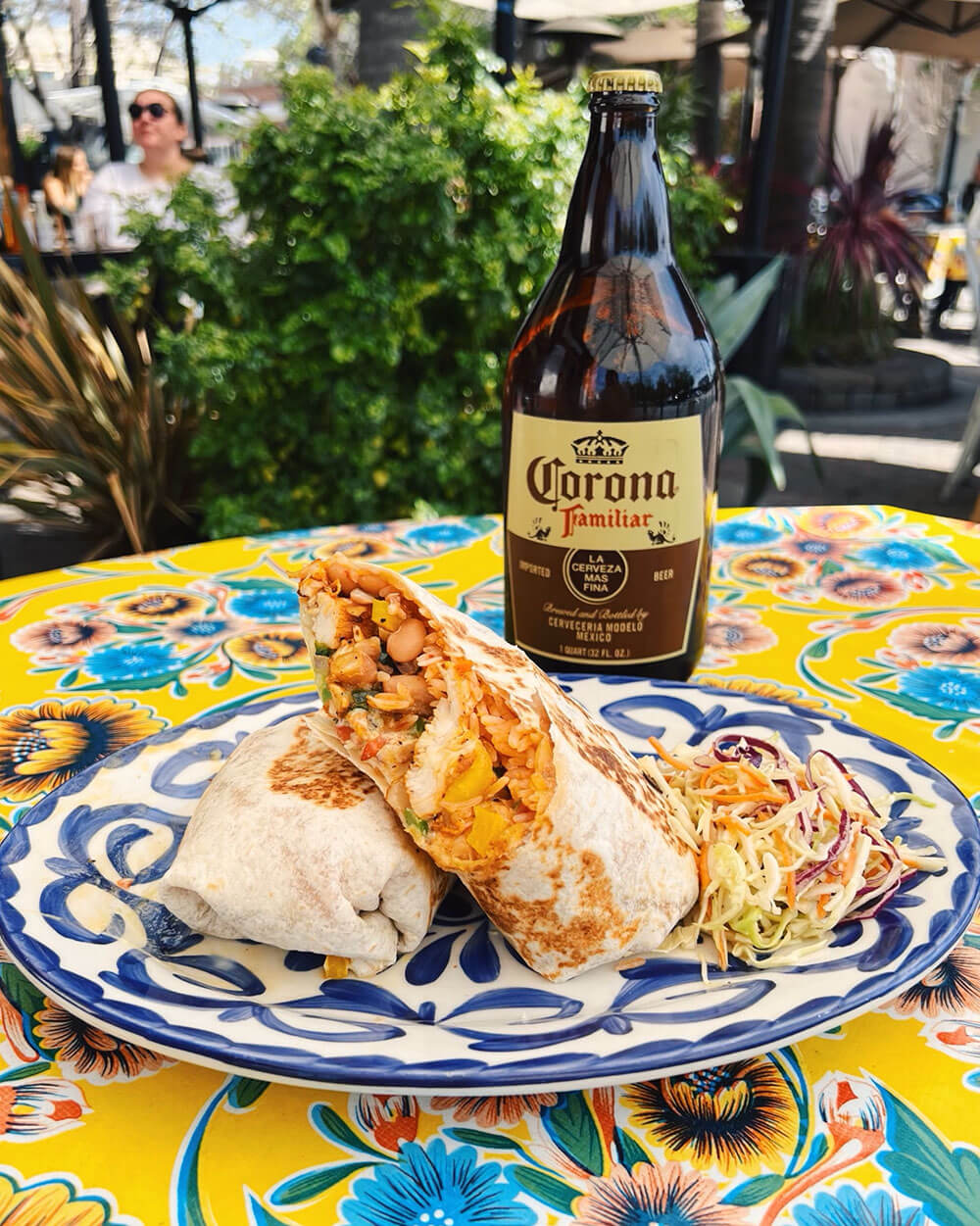
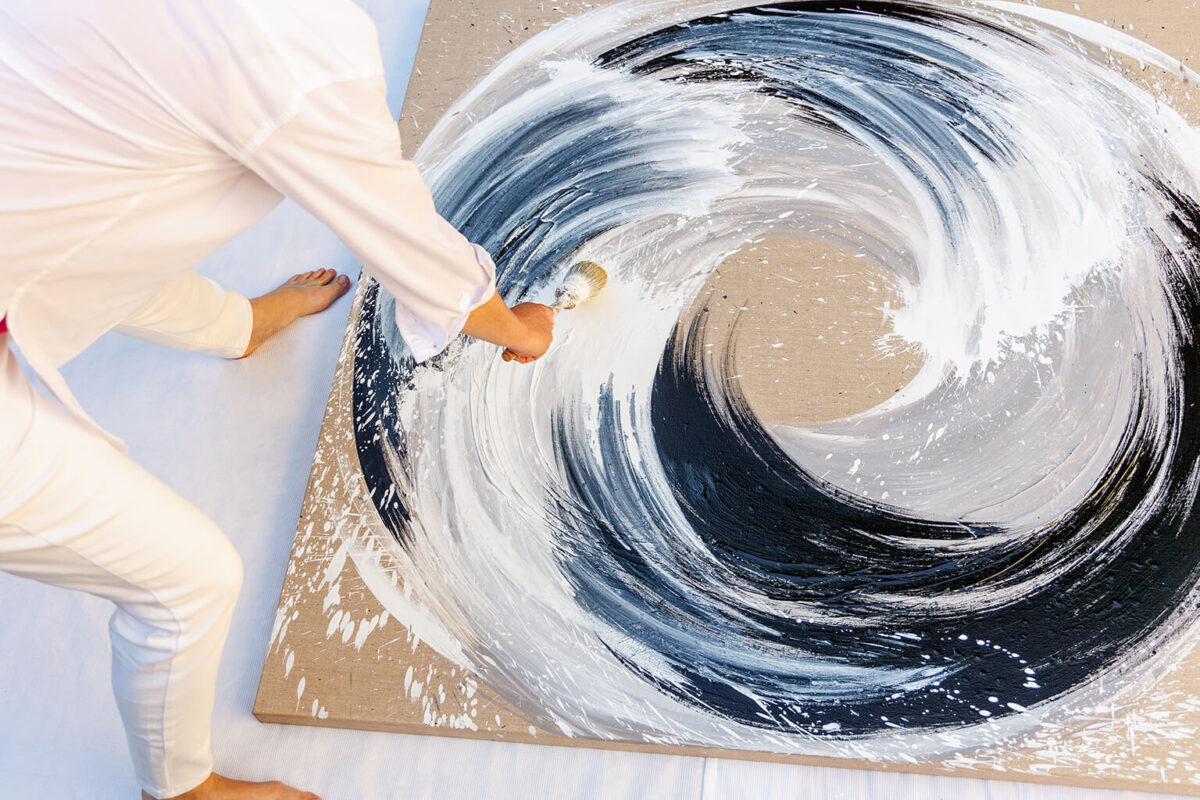
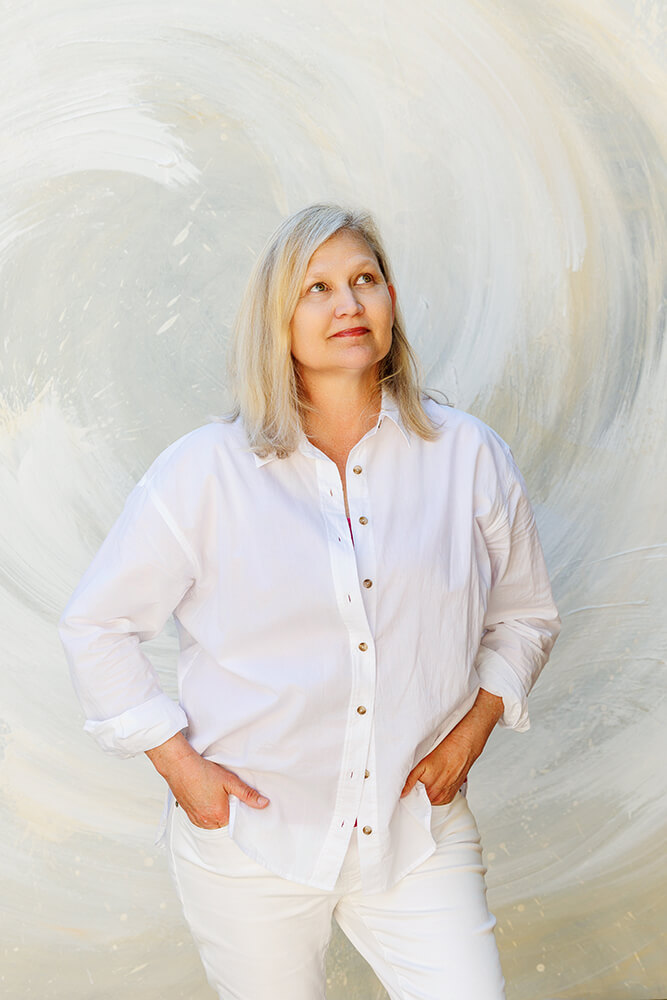
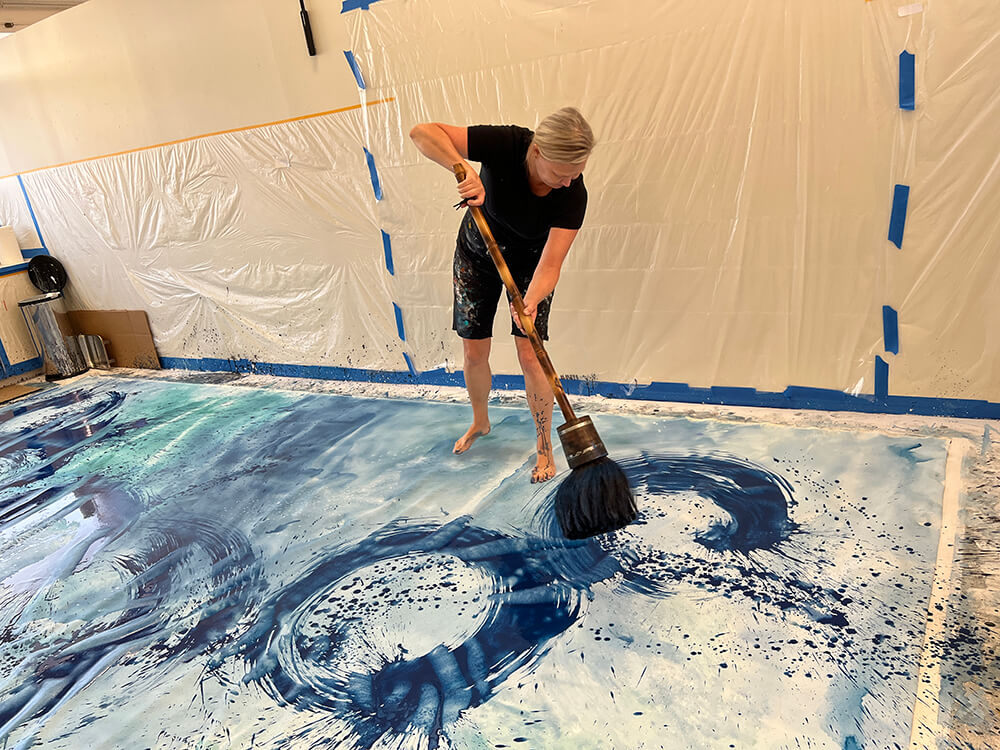



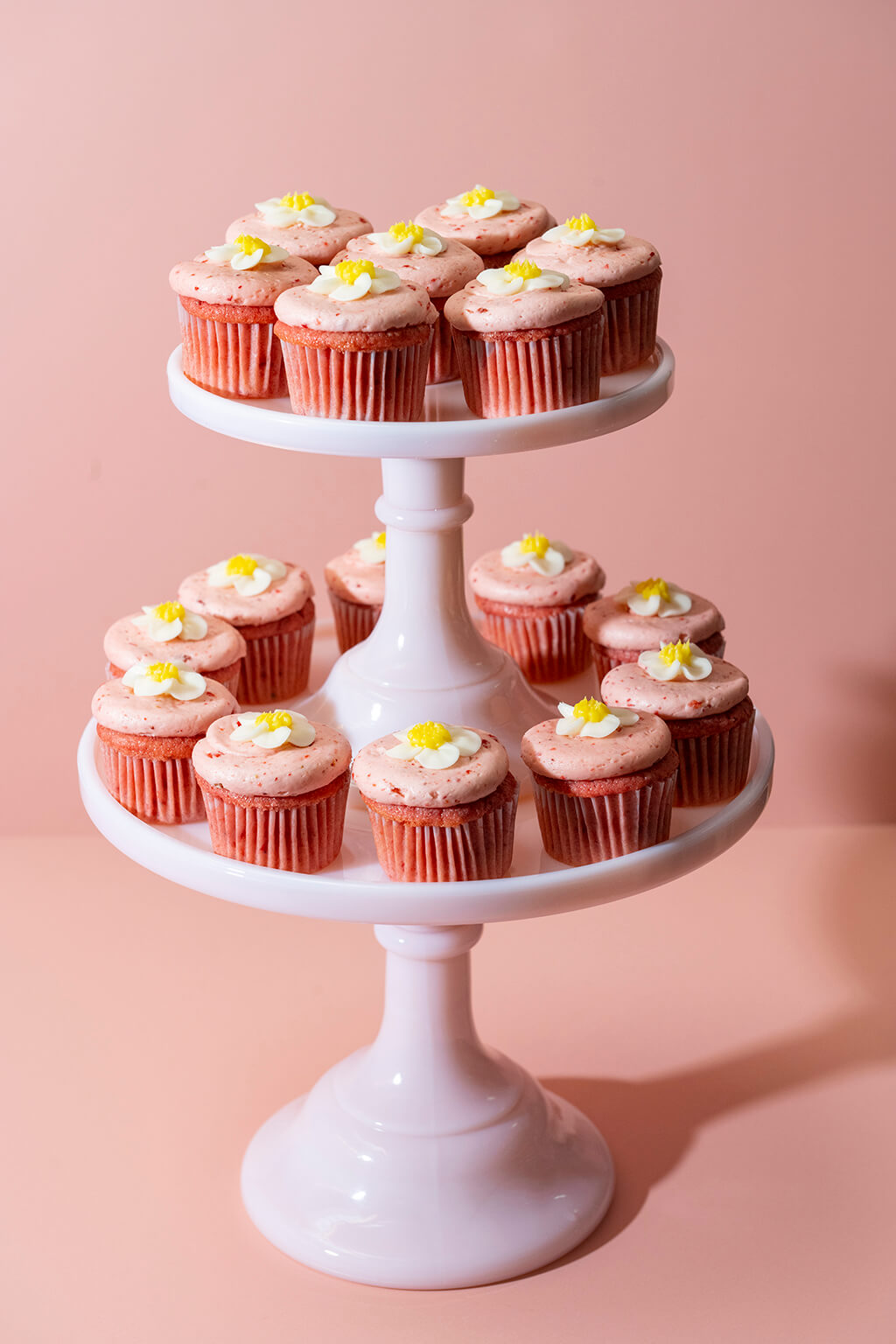
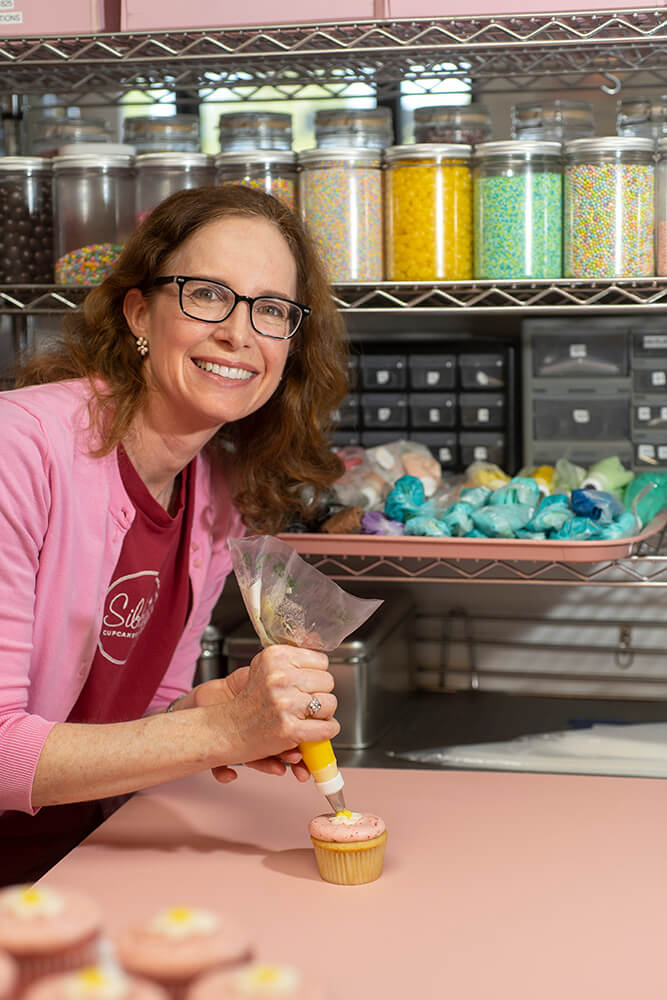

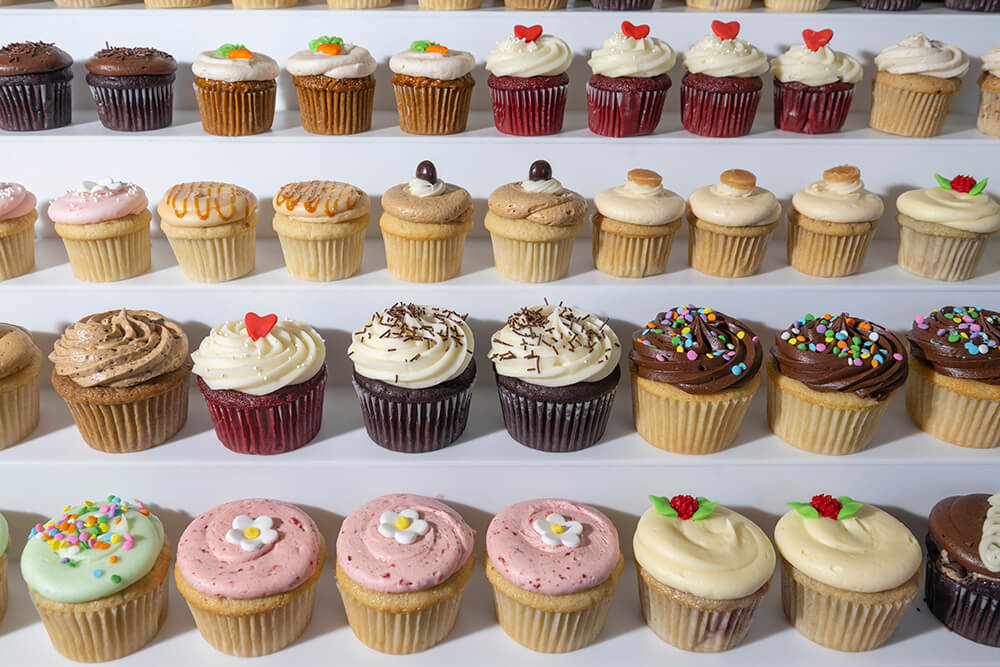
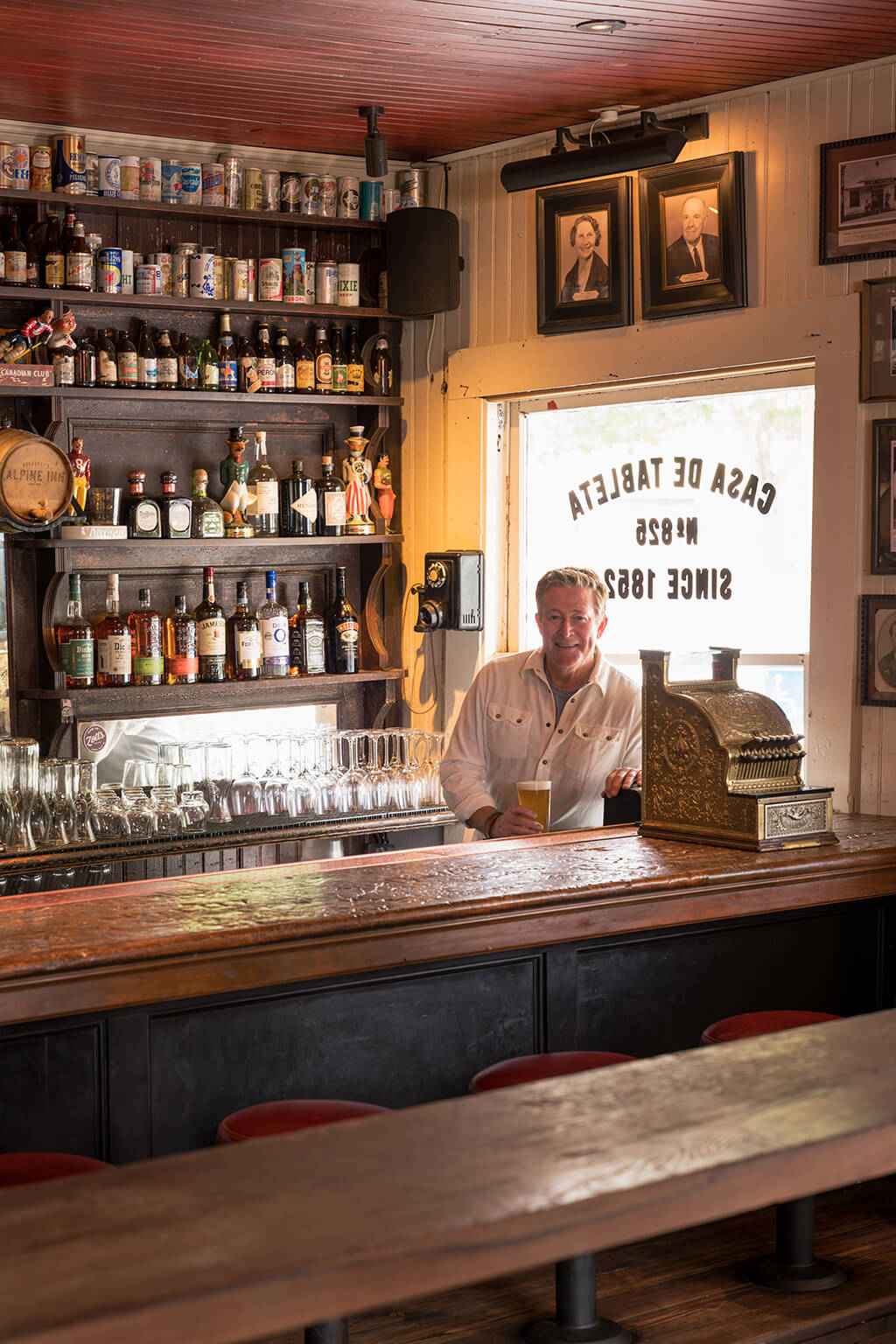
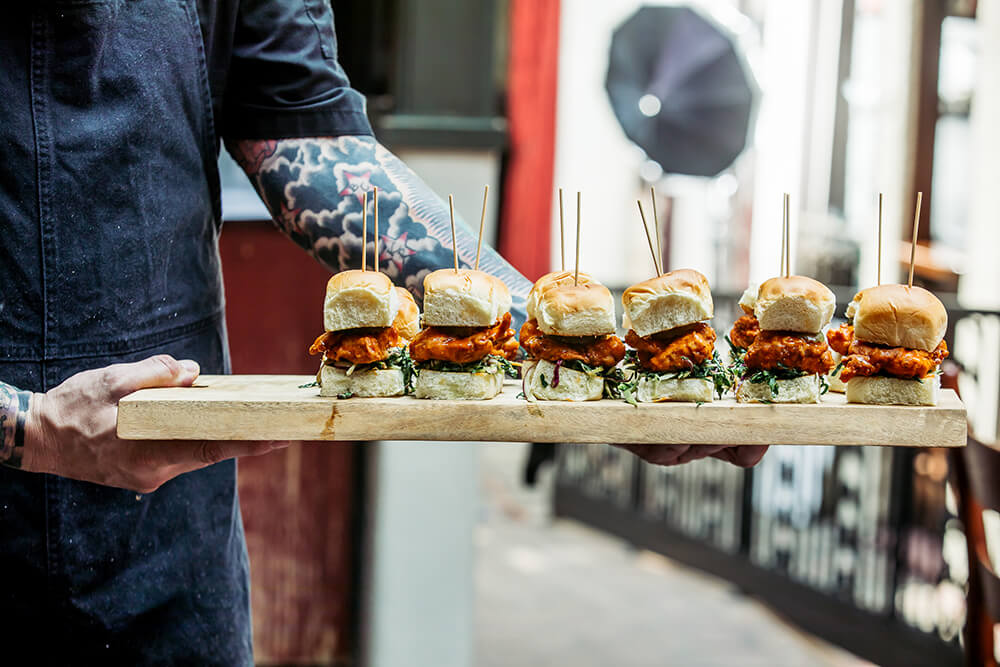
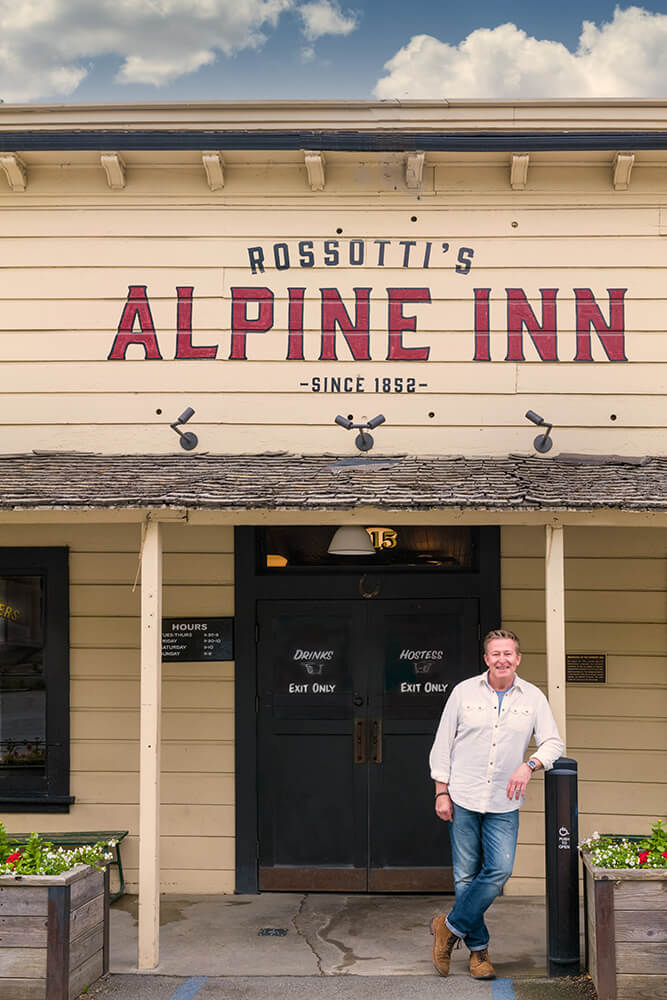
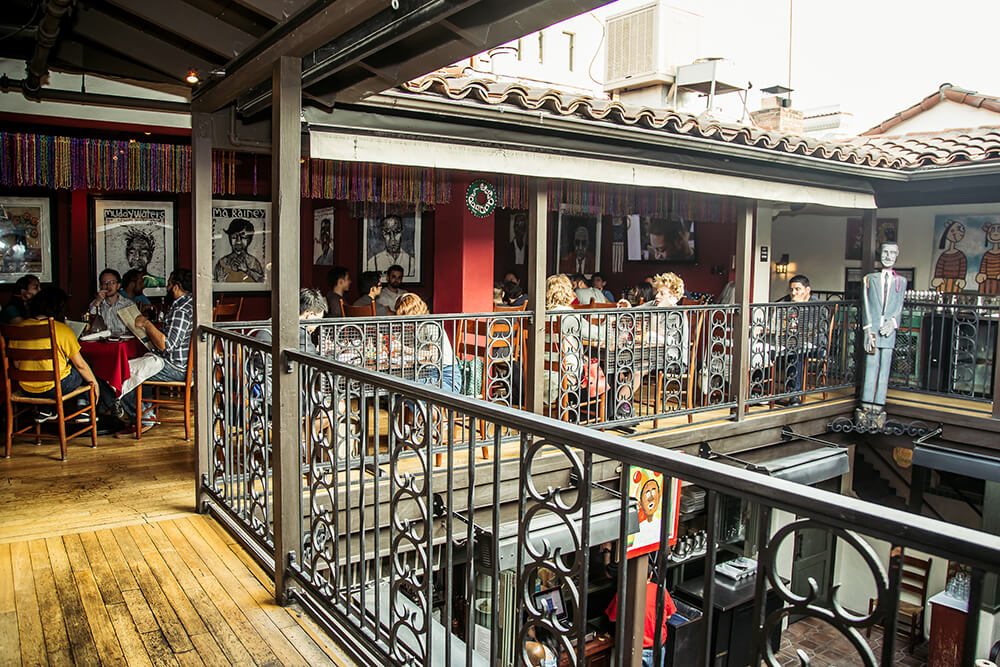

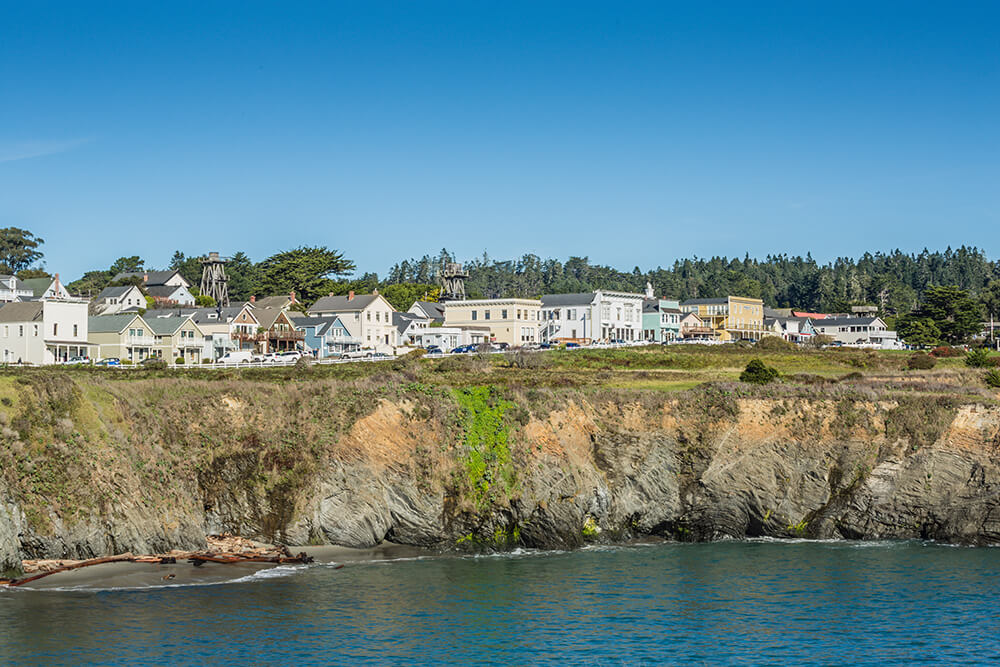
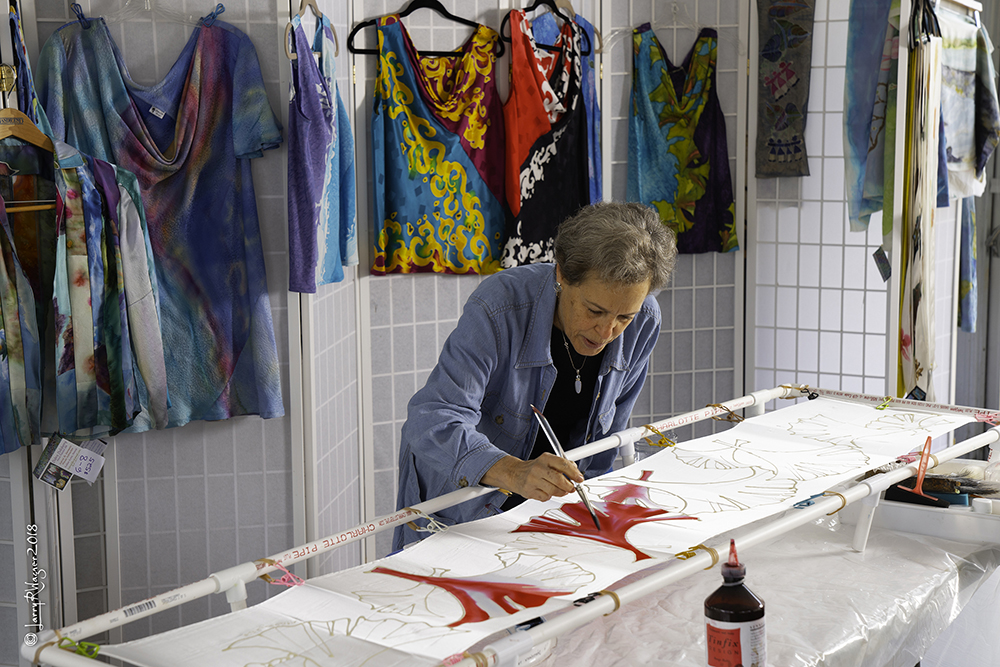
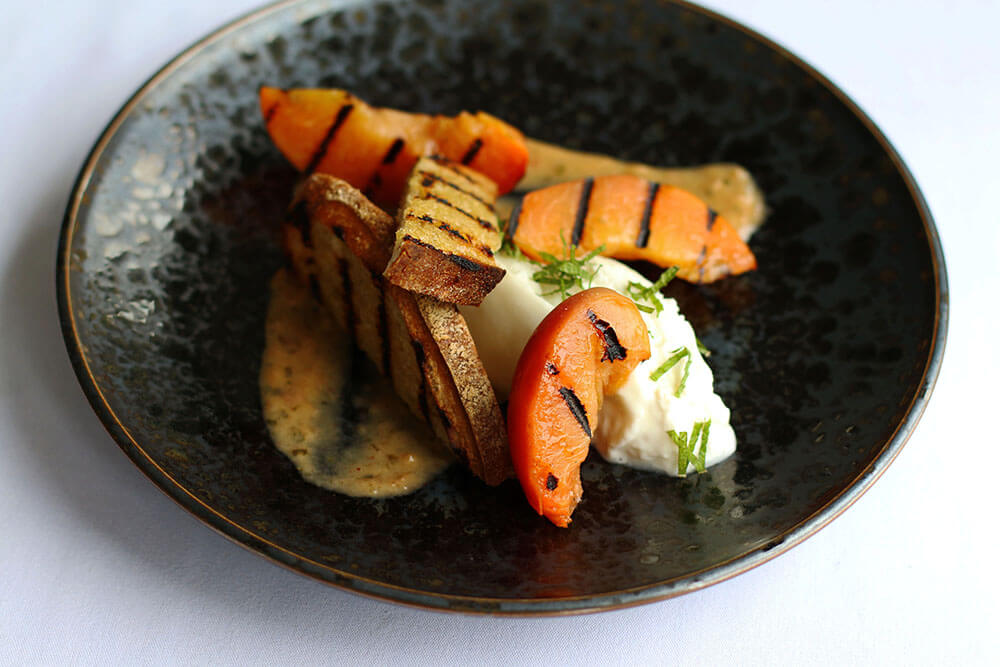
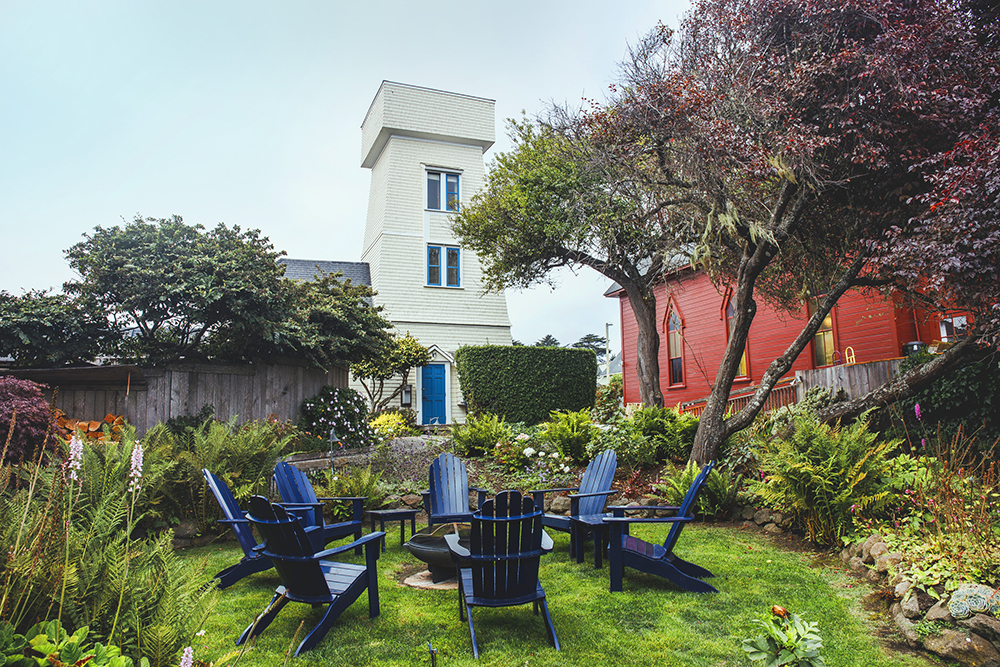
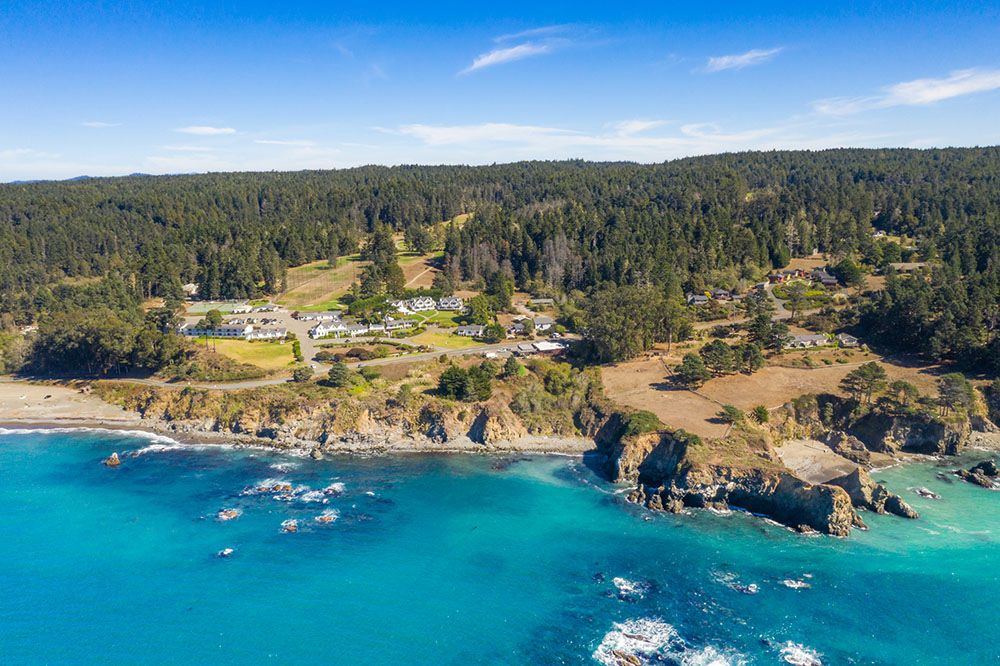
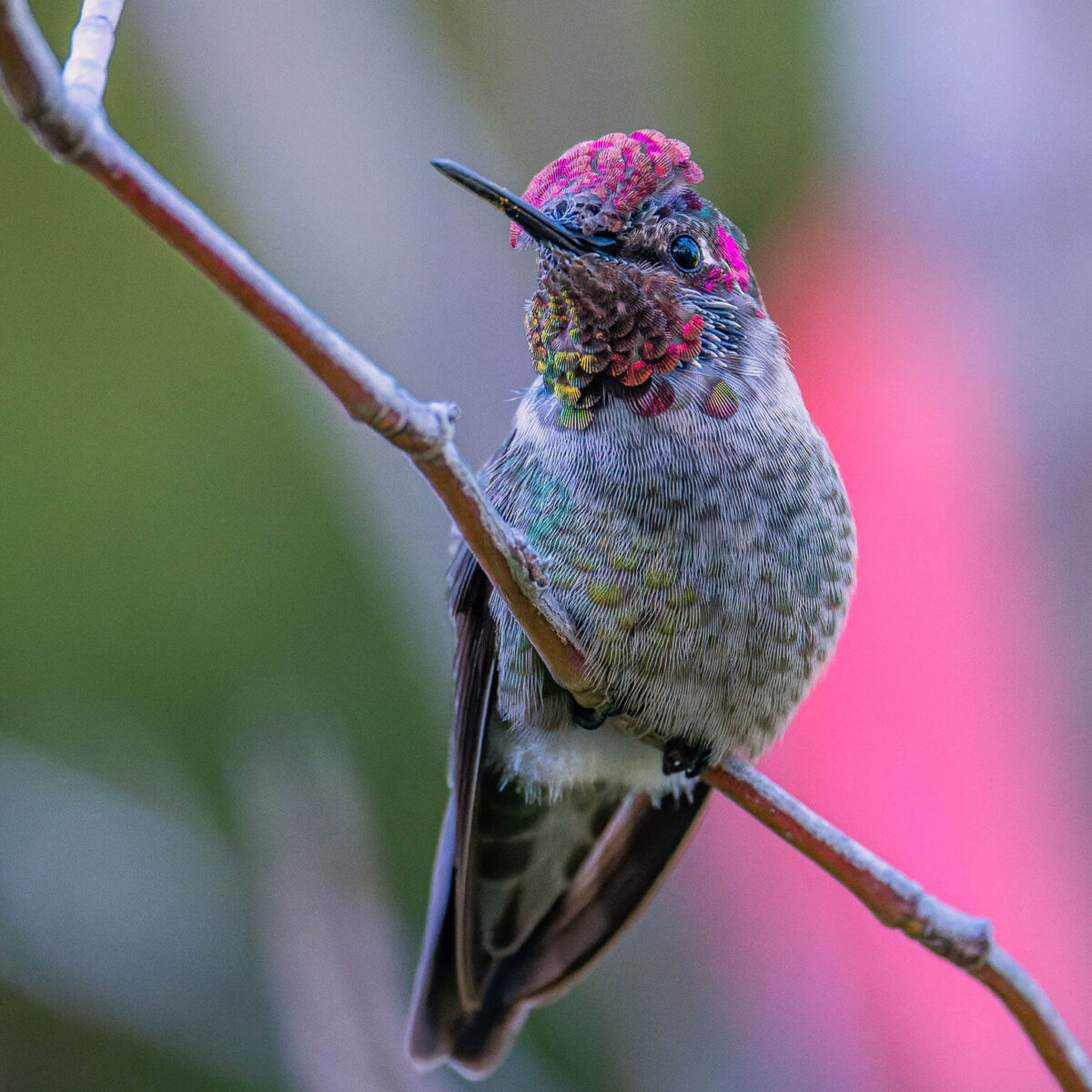
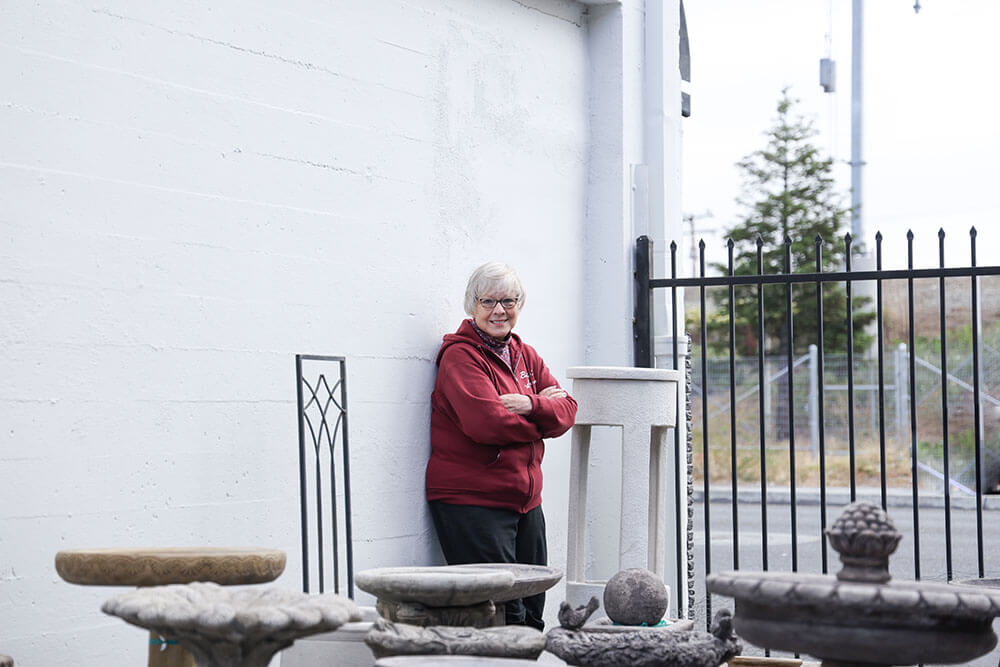
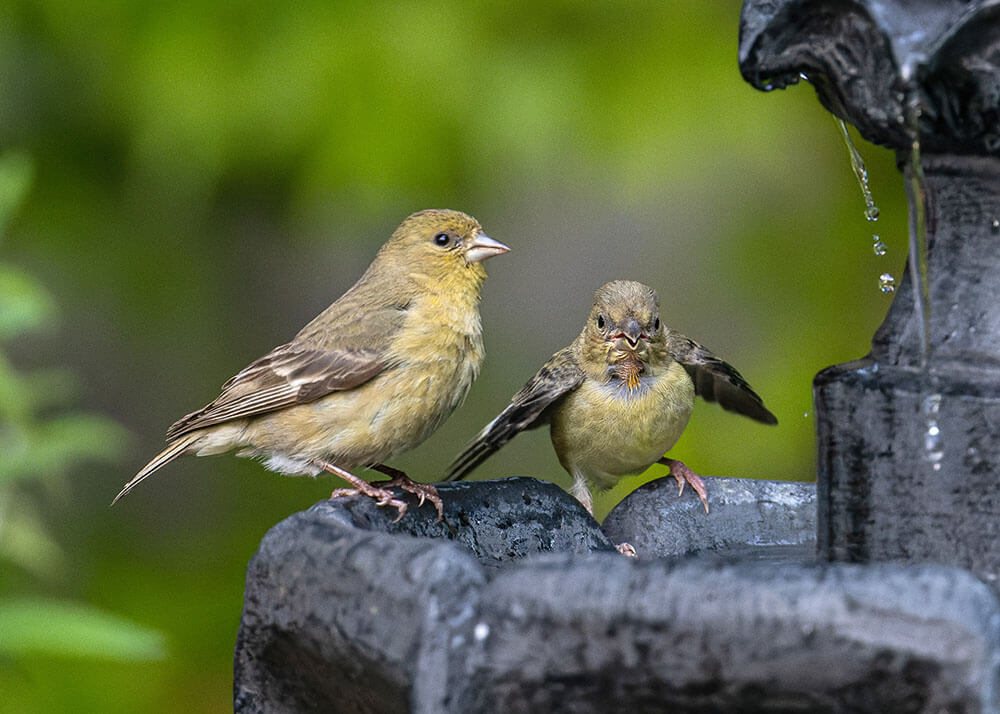
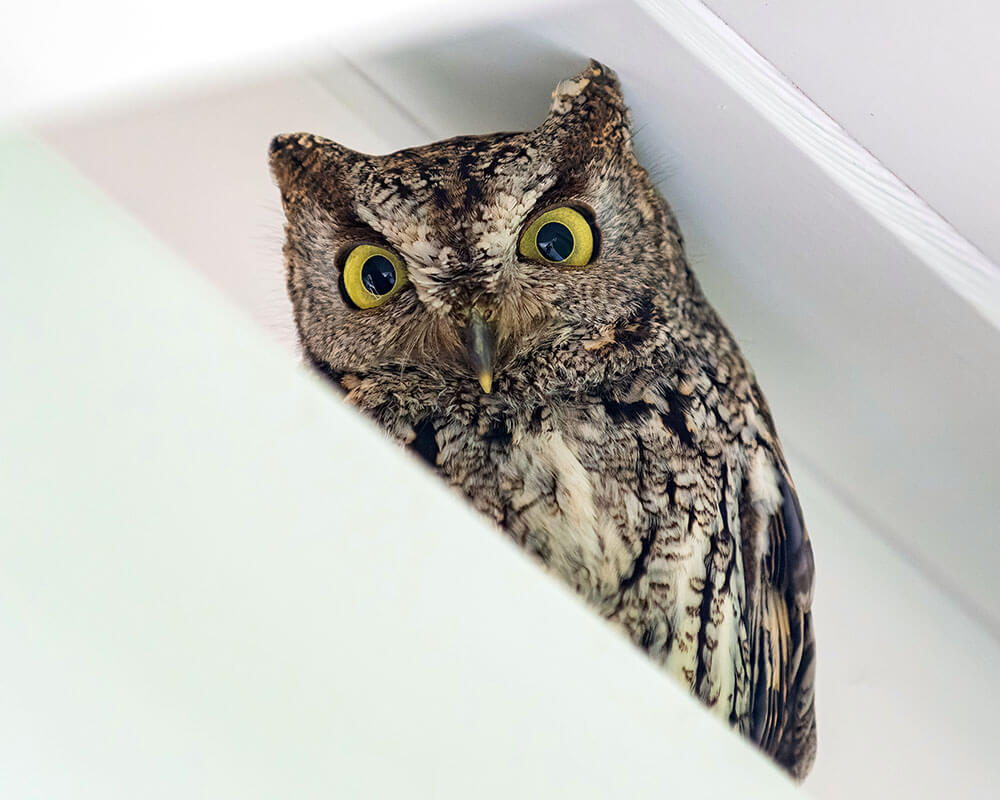
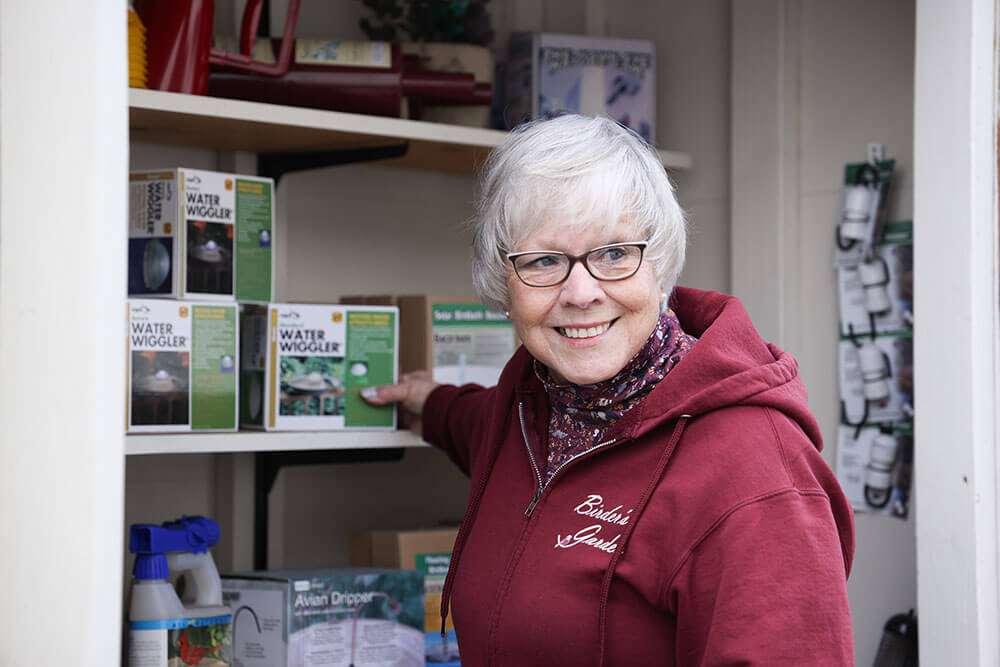

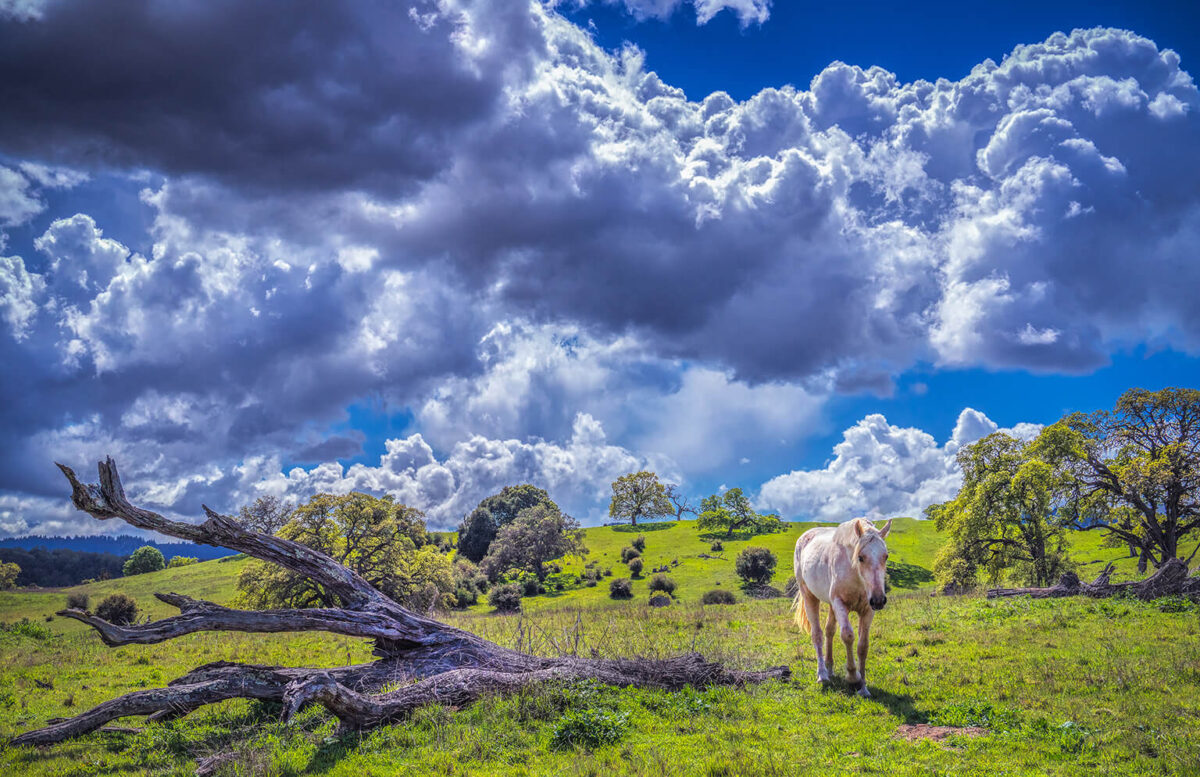
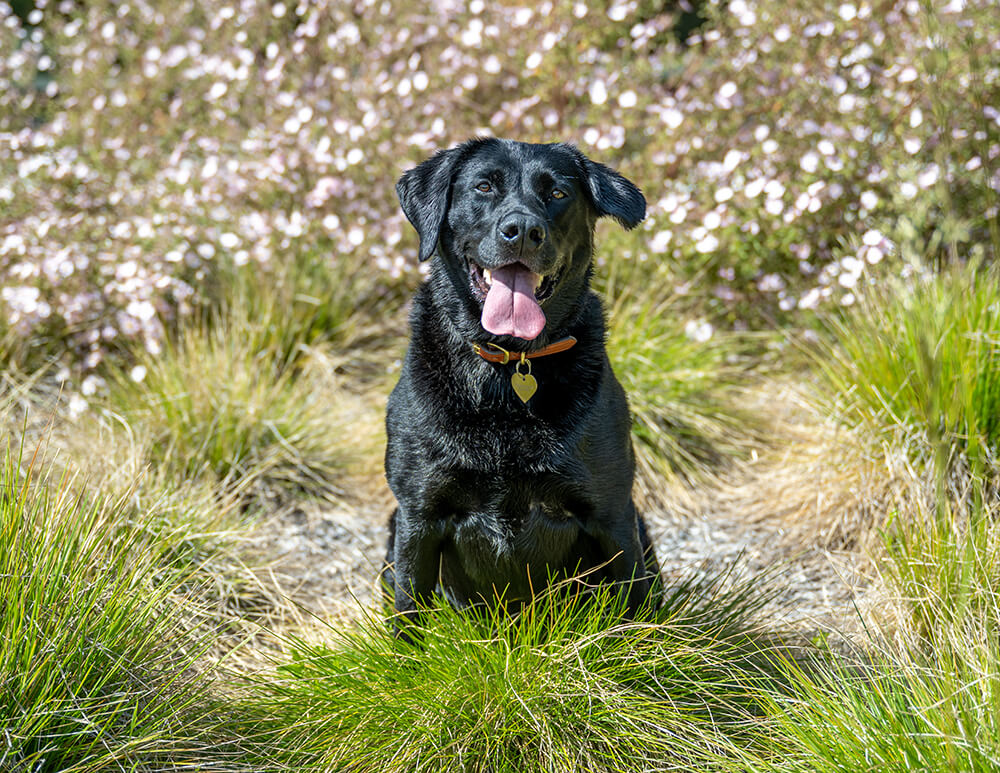

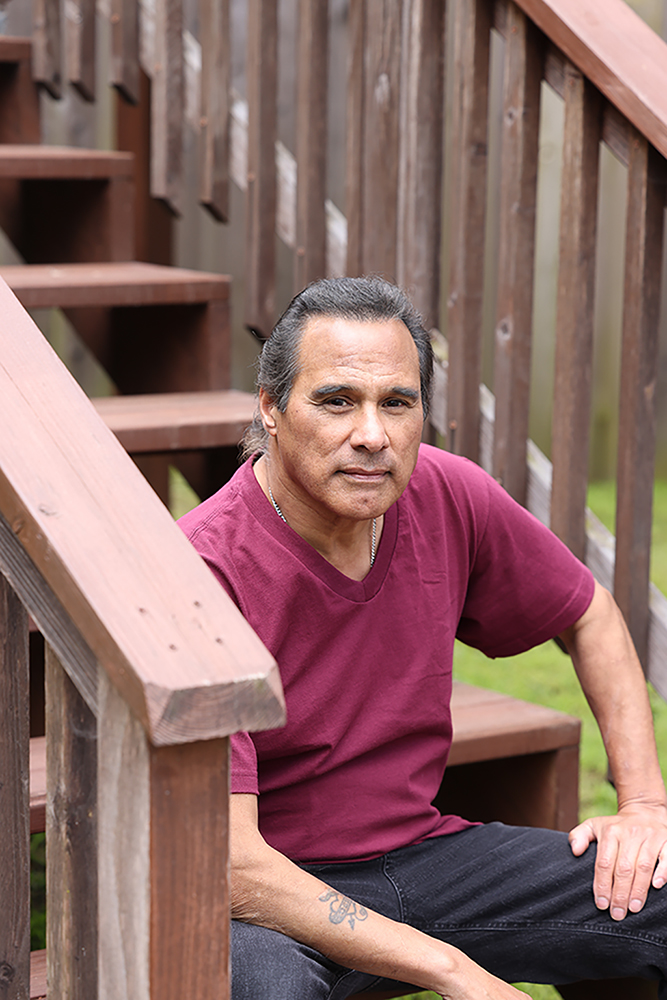
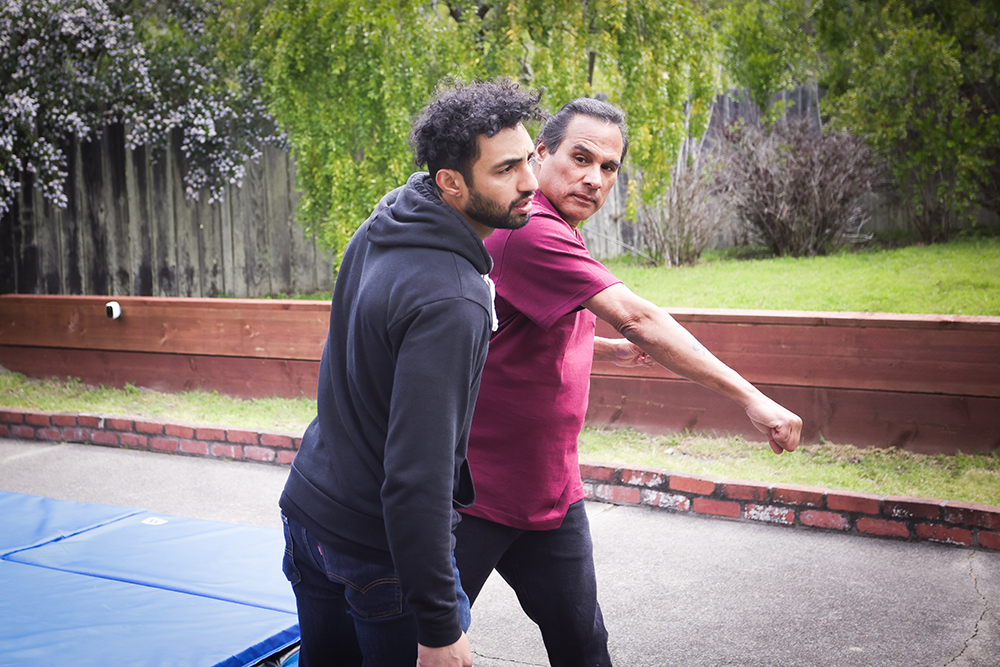


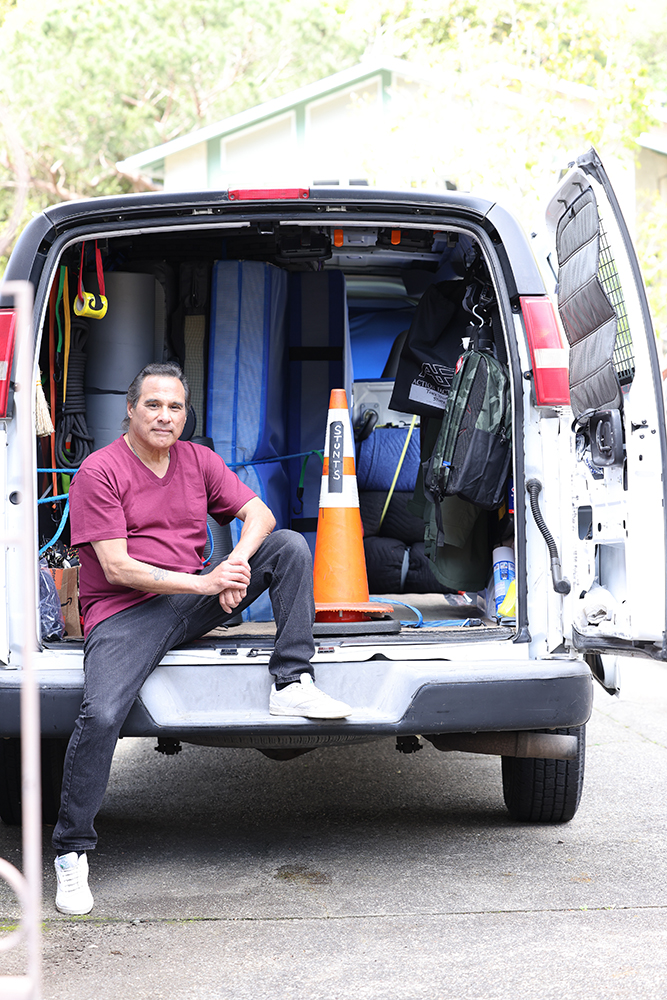 In fact, he’s currently the only person teaching a Hollywood-style stunt course in Northern California. His class covers everything from learning about gear and proper techniques to understanding technical terms and camera angles. “When the course is done, I’m not done,” Tony remarks. He provides resume feedback and even recommends students for work on films. When Tony blocked fight scenes as the stunt coordinator for No Address (an upcoming film featuring William Baldwin, Xander Berkeley and Lucas Jade Zumann), he recruited his protégés to help him troubleshoot.
In fact, he’s currently the only person teaching a Hollywood-style stunt course in Northern California. His class covers everything from learning about gear and proper techniques to understanding technical terms and camera angles. “When the course is done, I’m not done,” Tony remarks. He provides resume feedback and even recommends students for work on films. When Tony blocked fight scenes as the stunt coordinator for No Address (an upcoming film featuring William Baldwin, Xander Berkeley and Lucas Jade Zumann), he recruited his protégés to help him troubleshoot.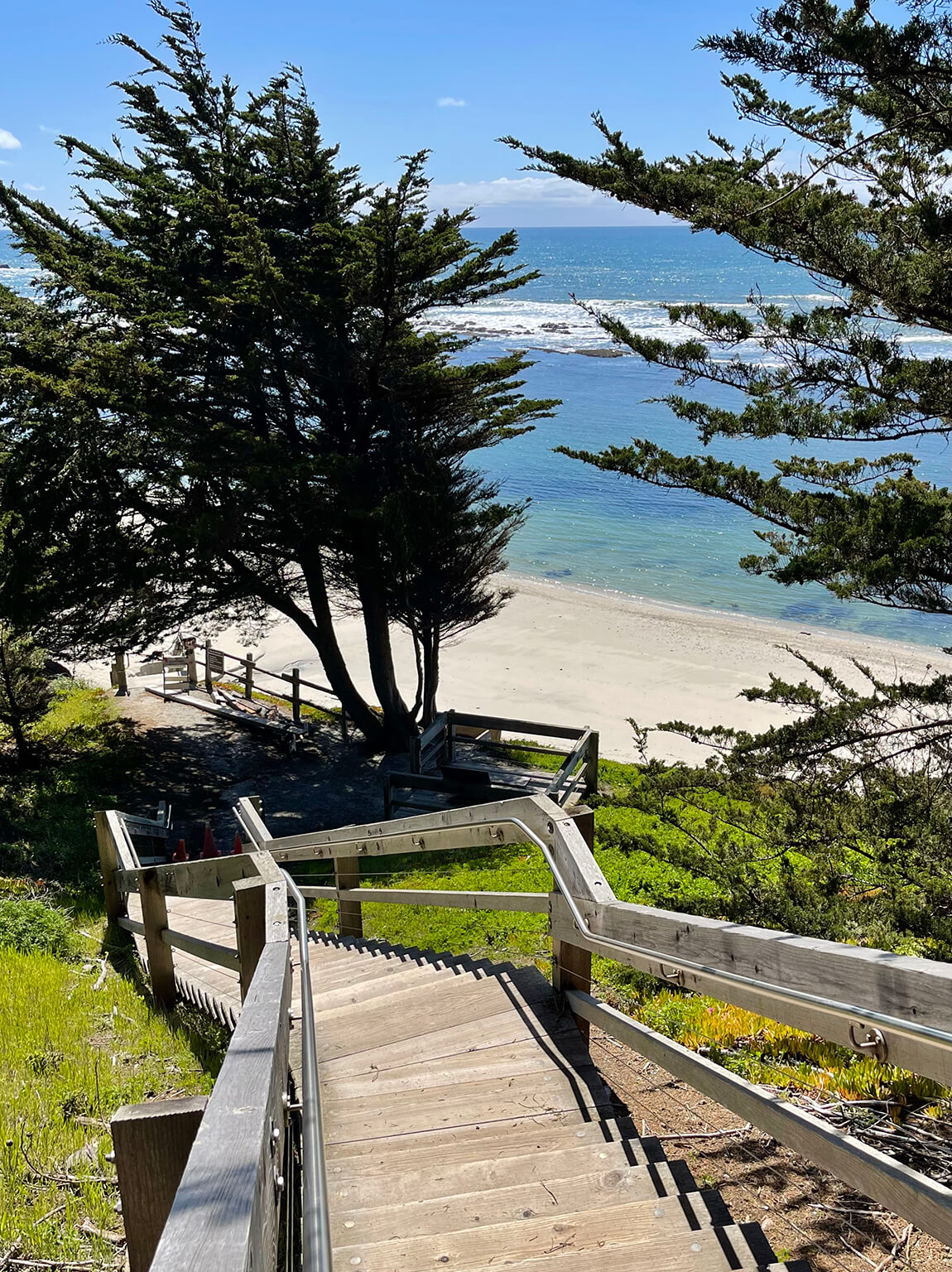
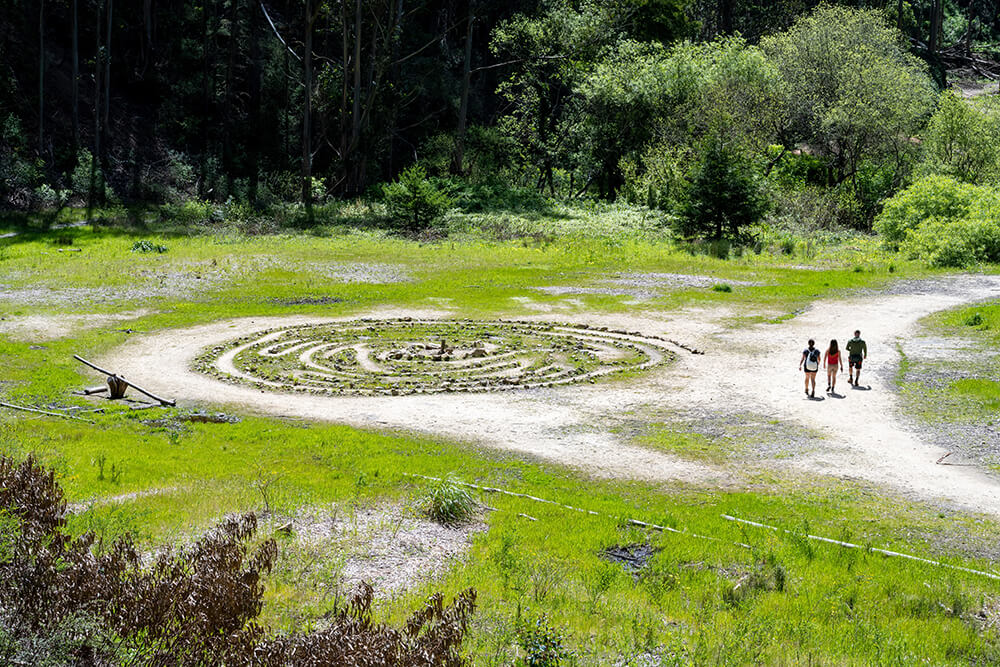
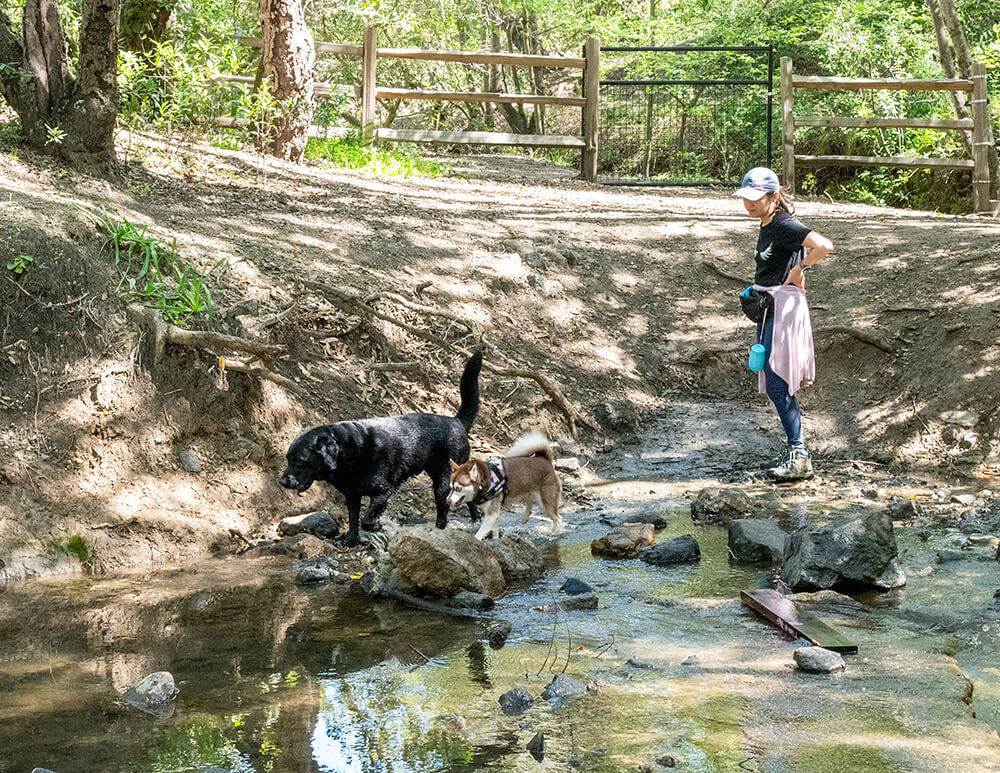
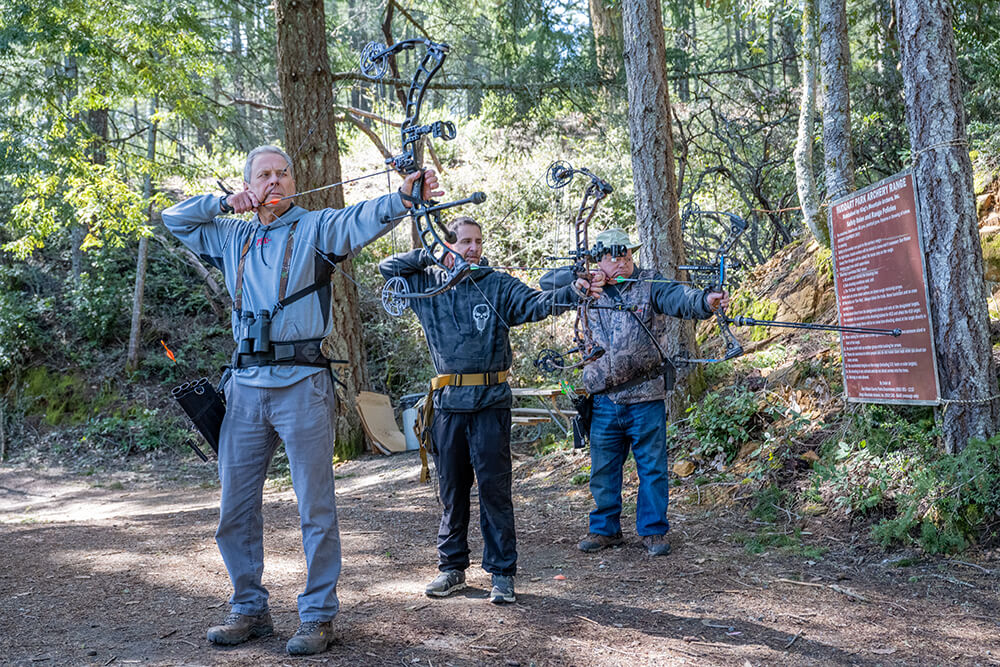
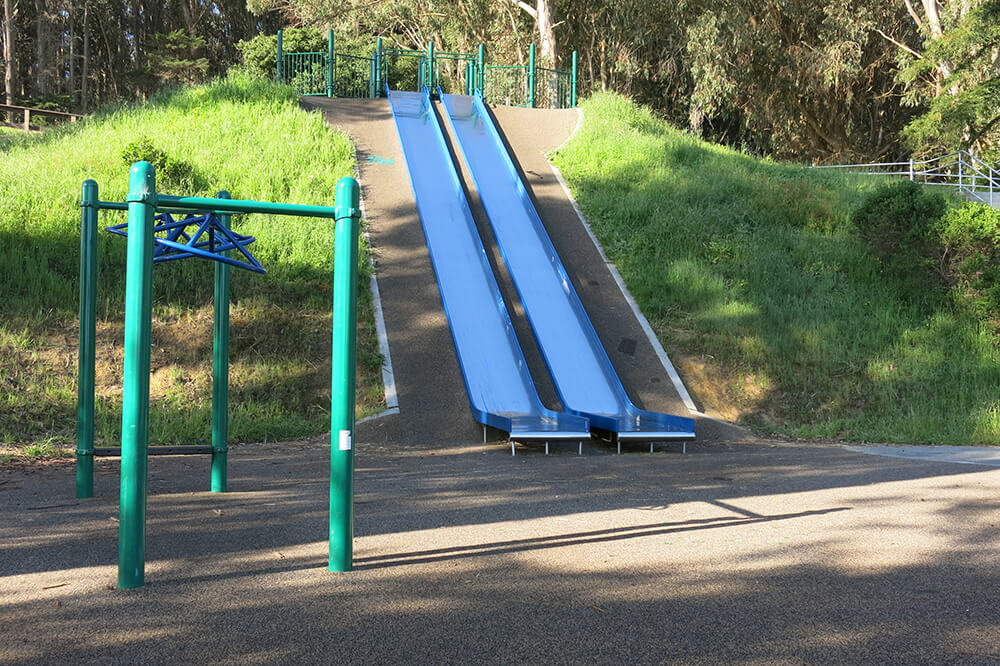
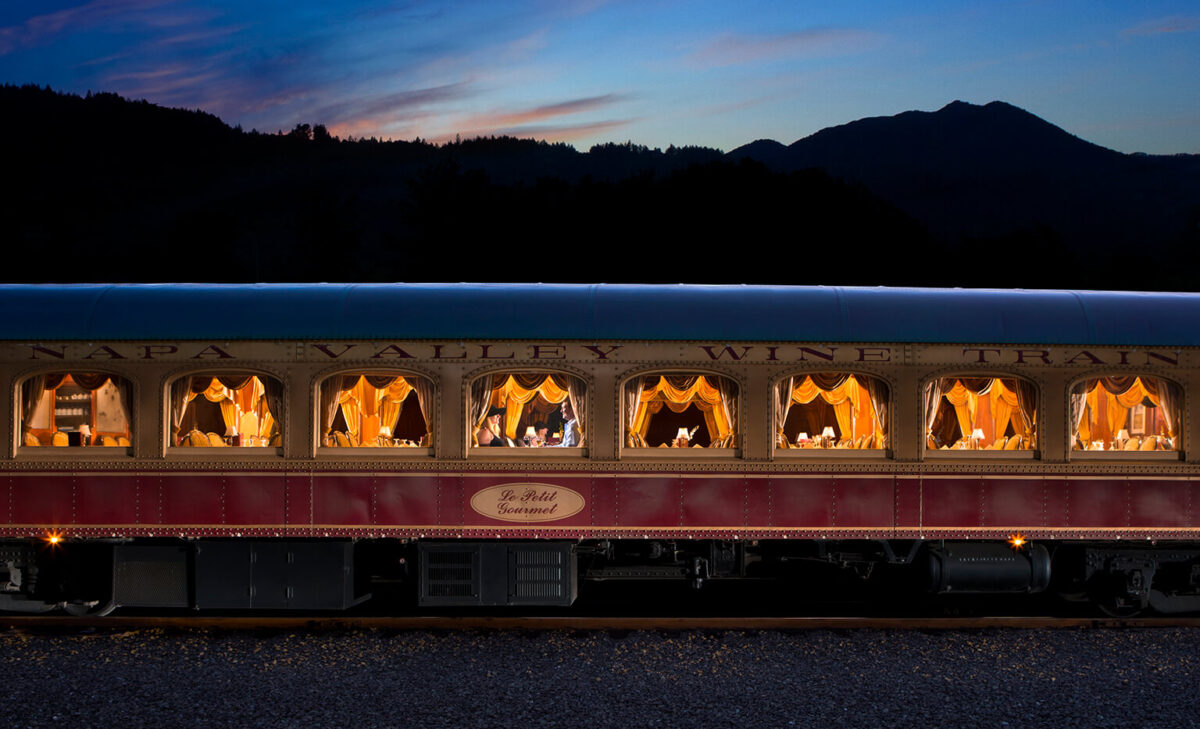
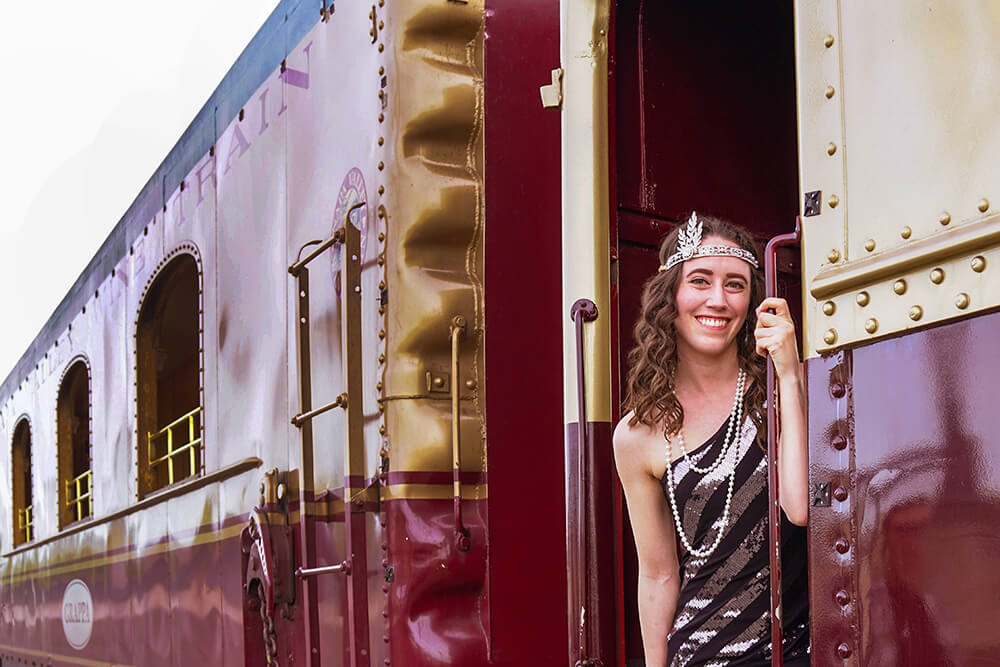
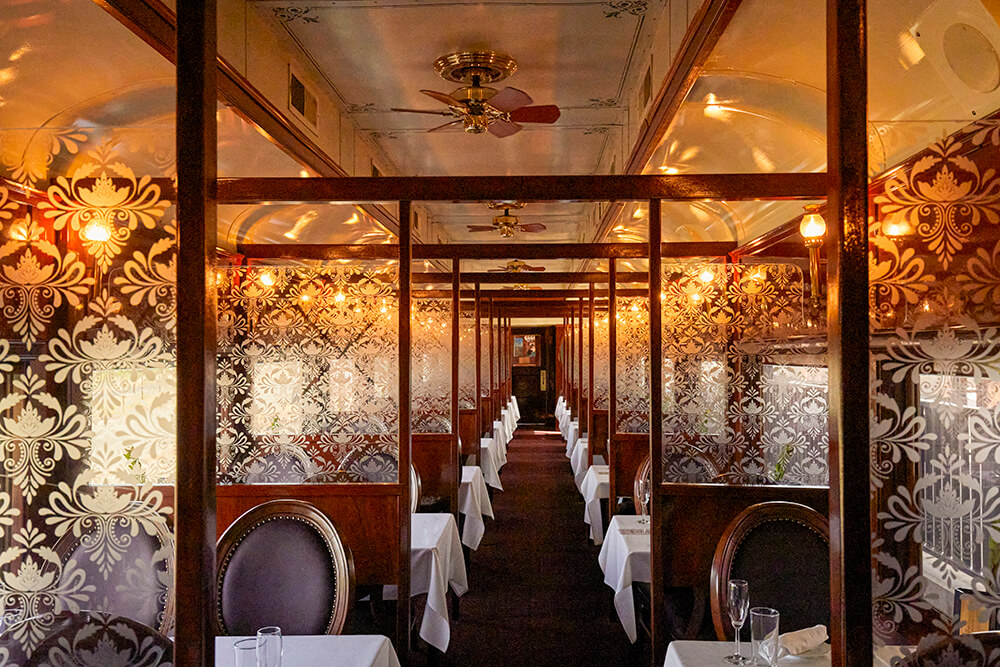
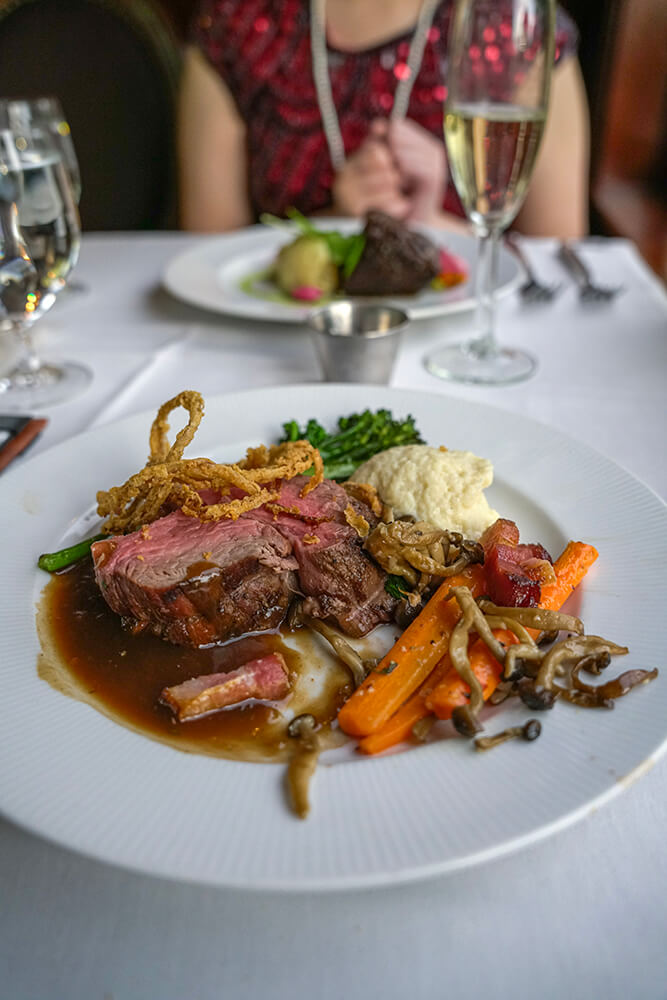
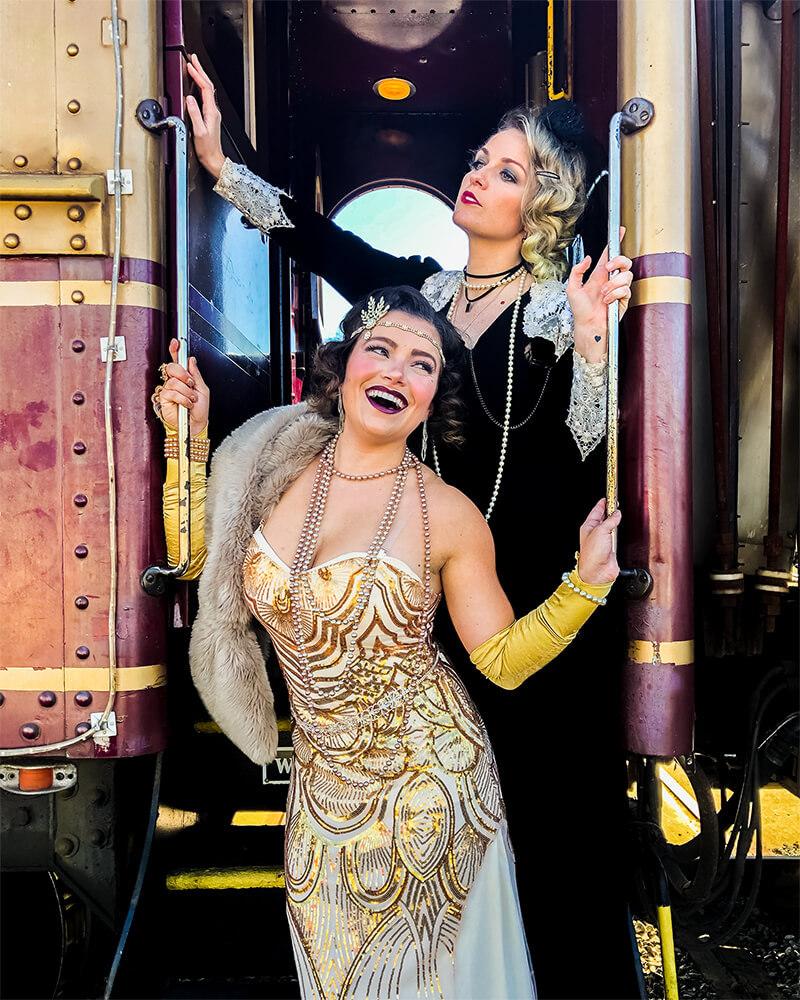
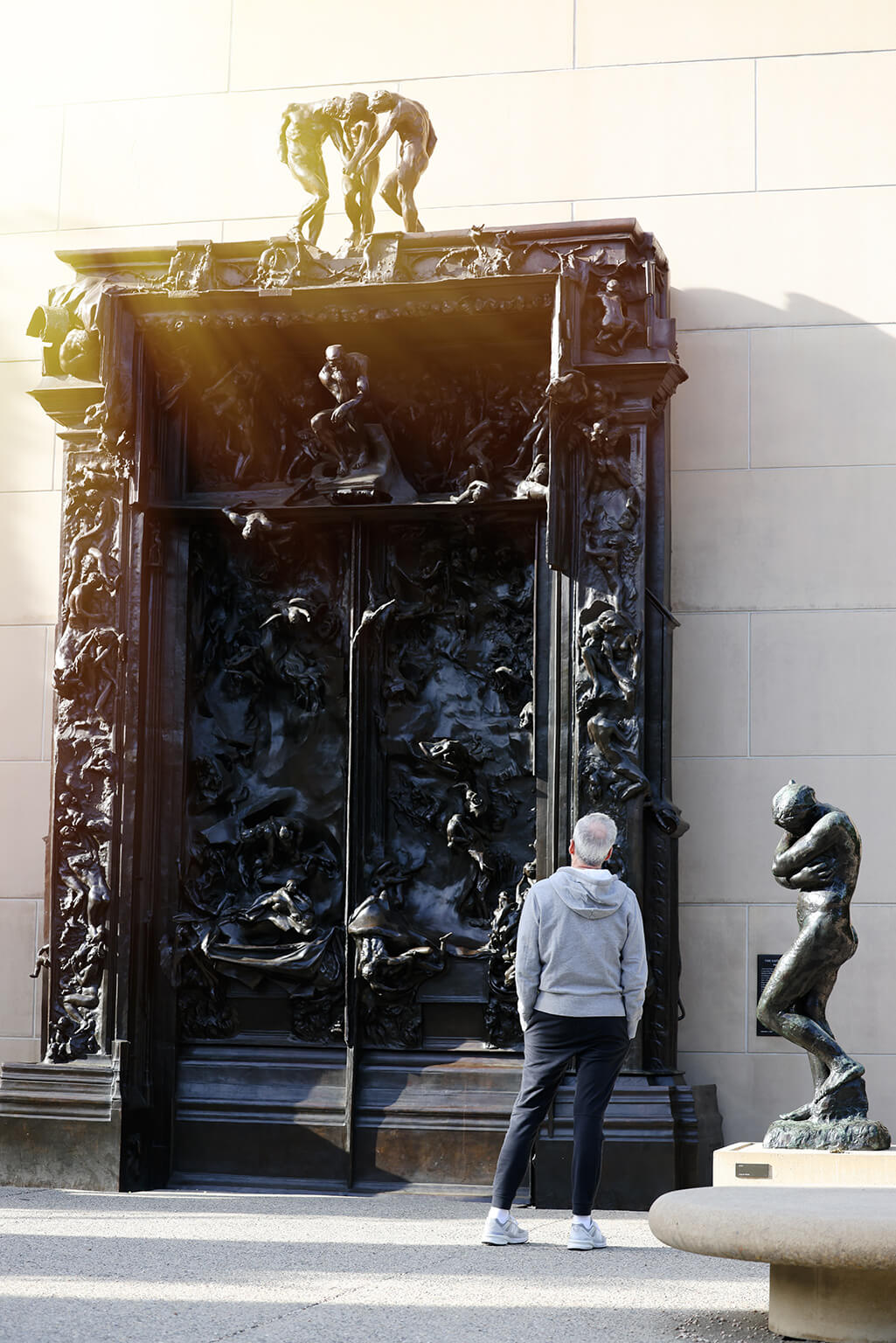

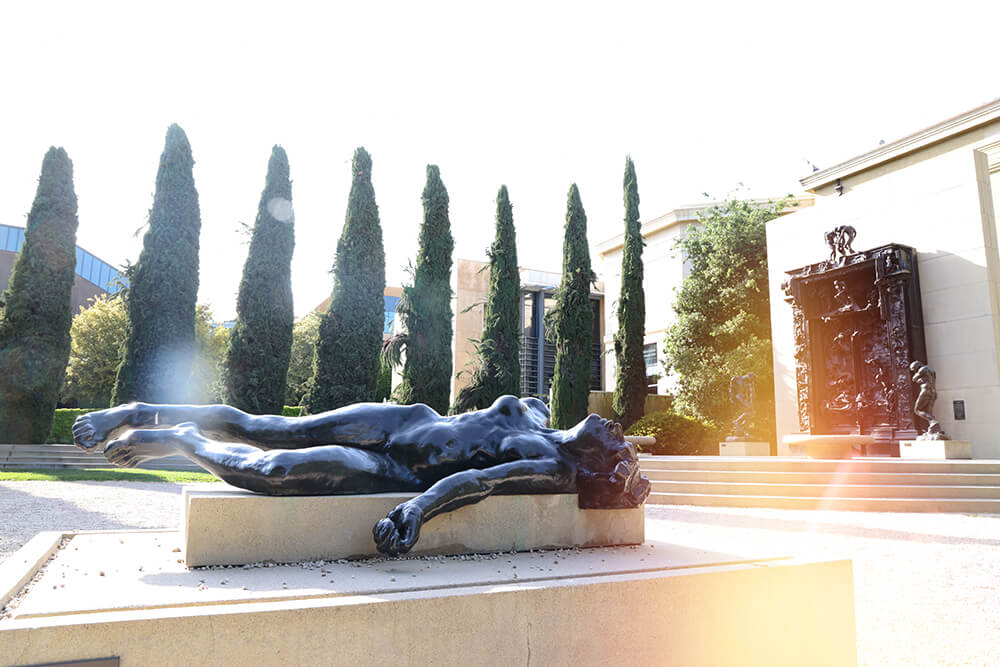
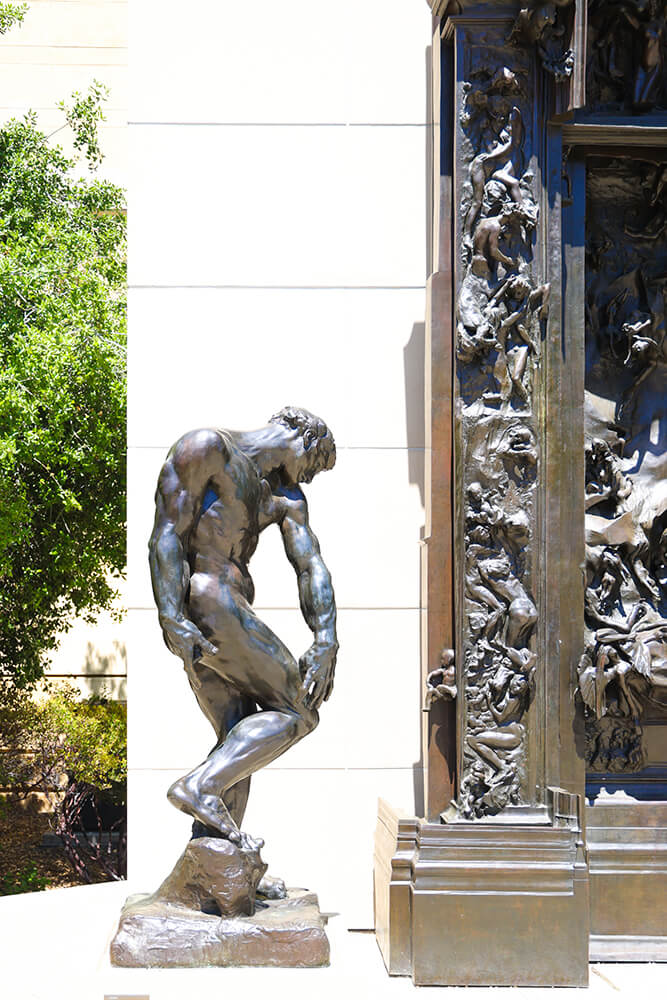
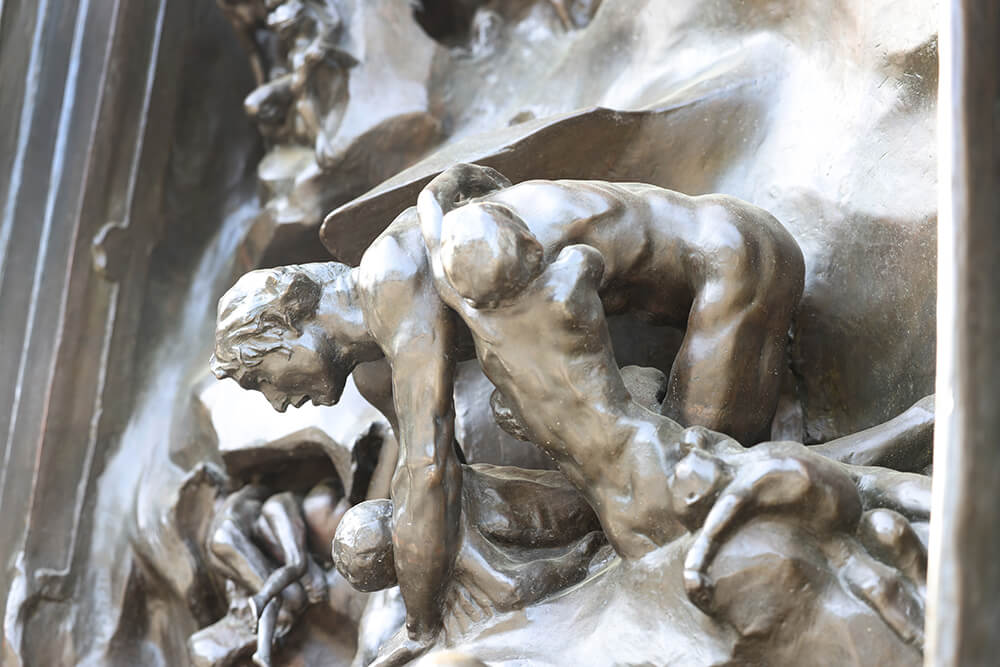
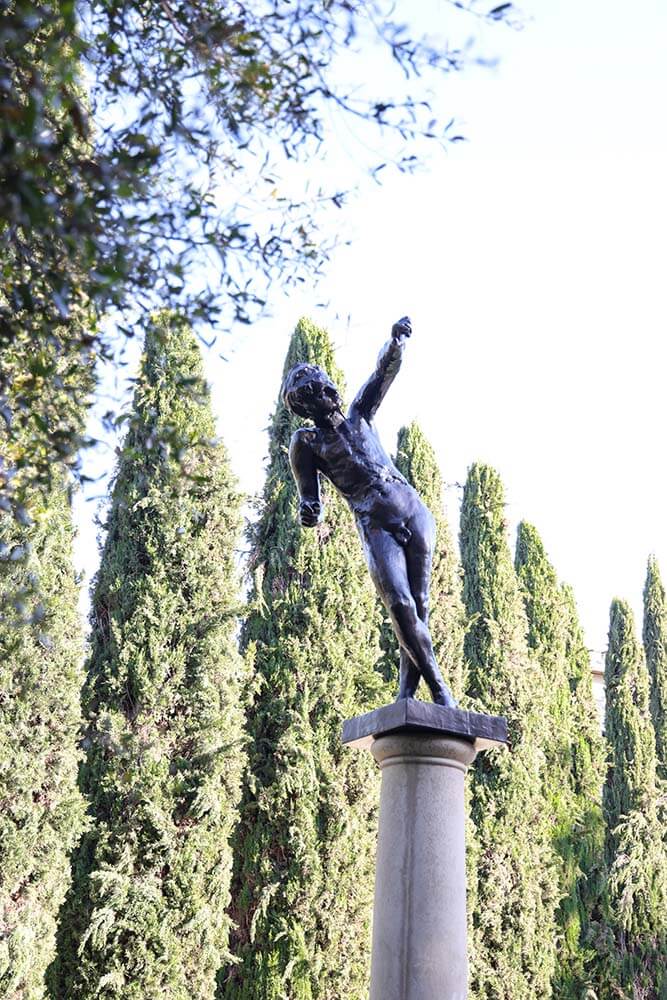
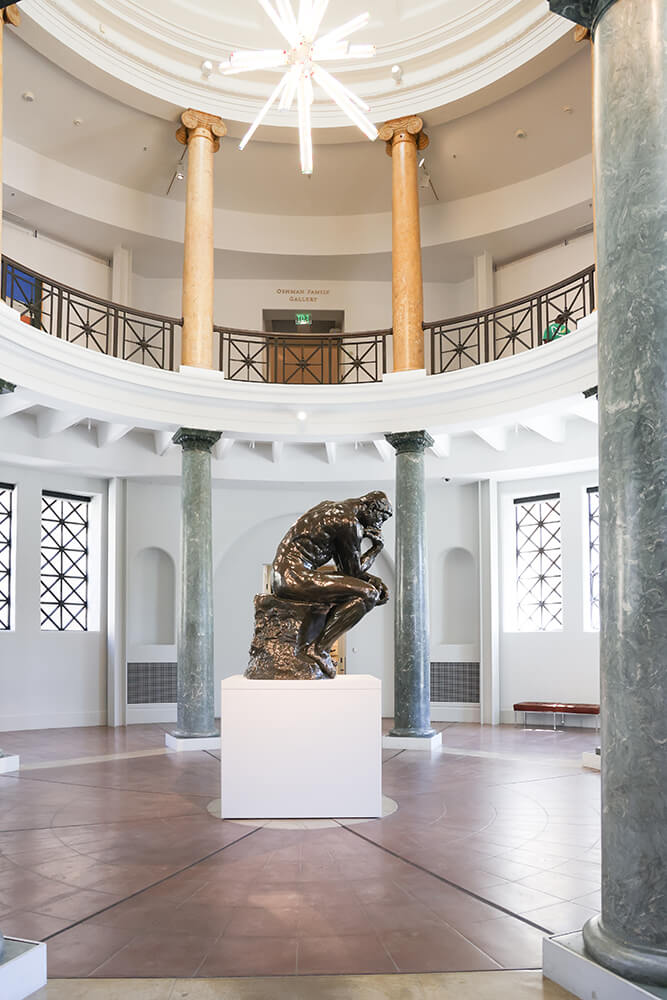
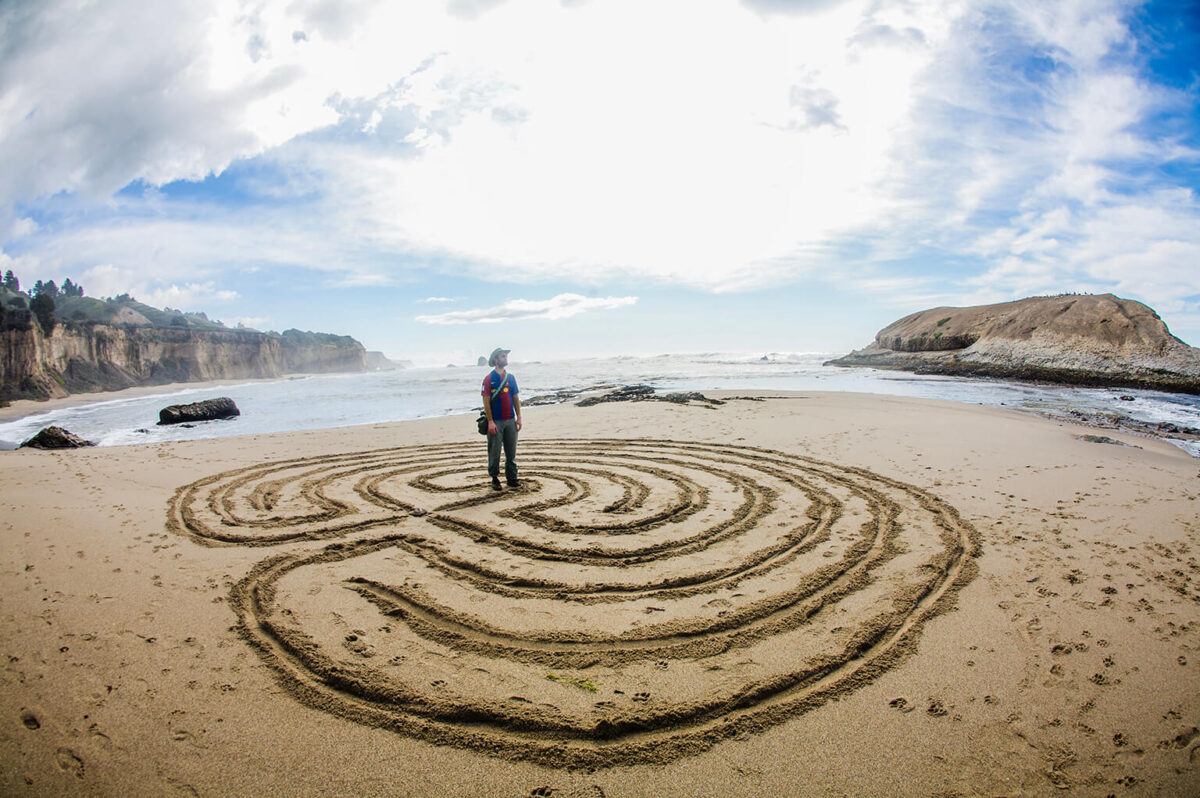





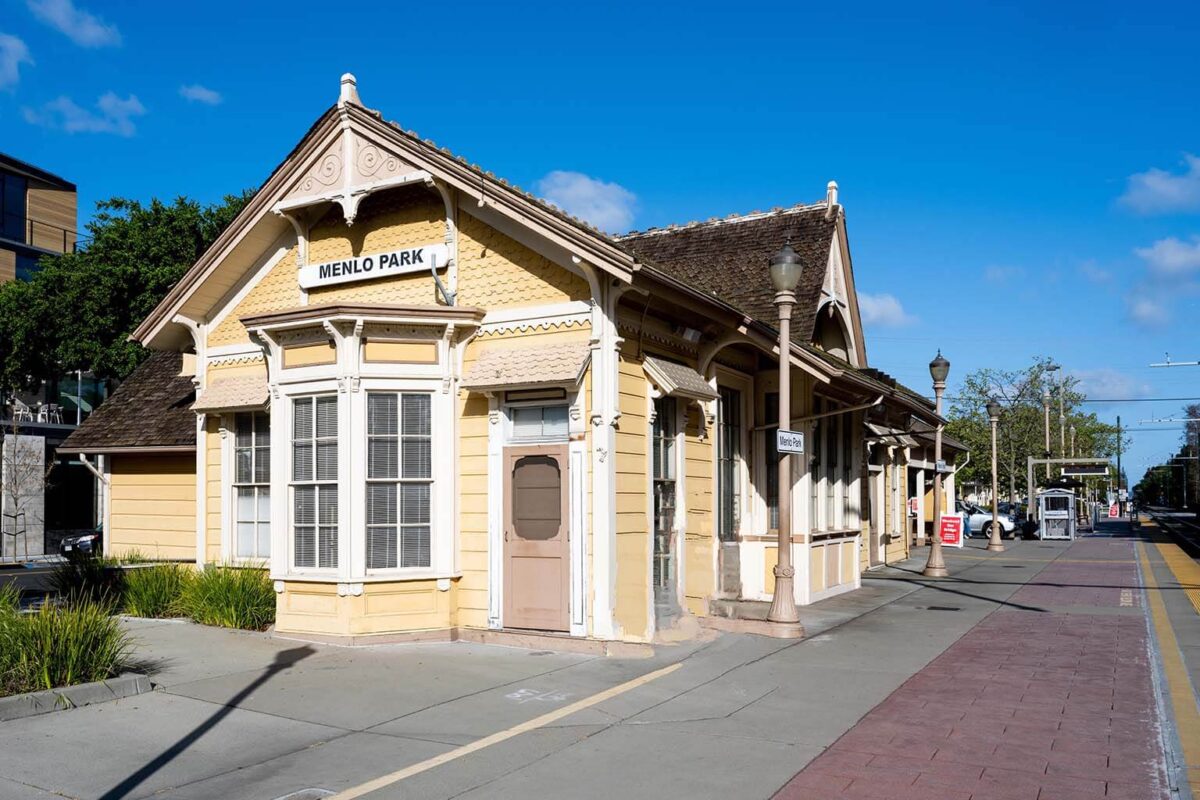
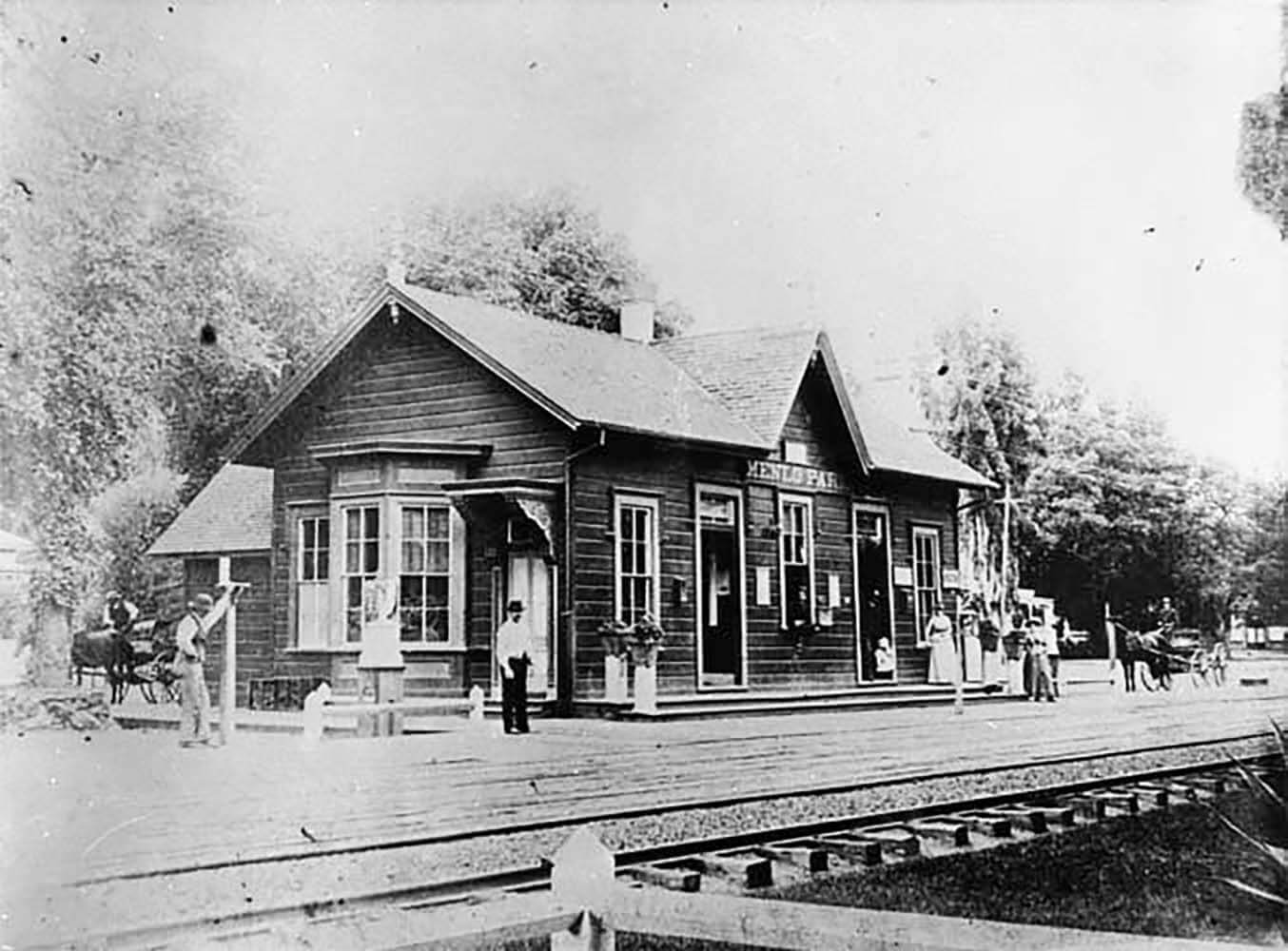
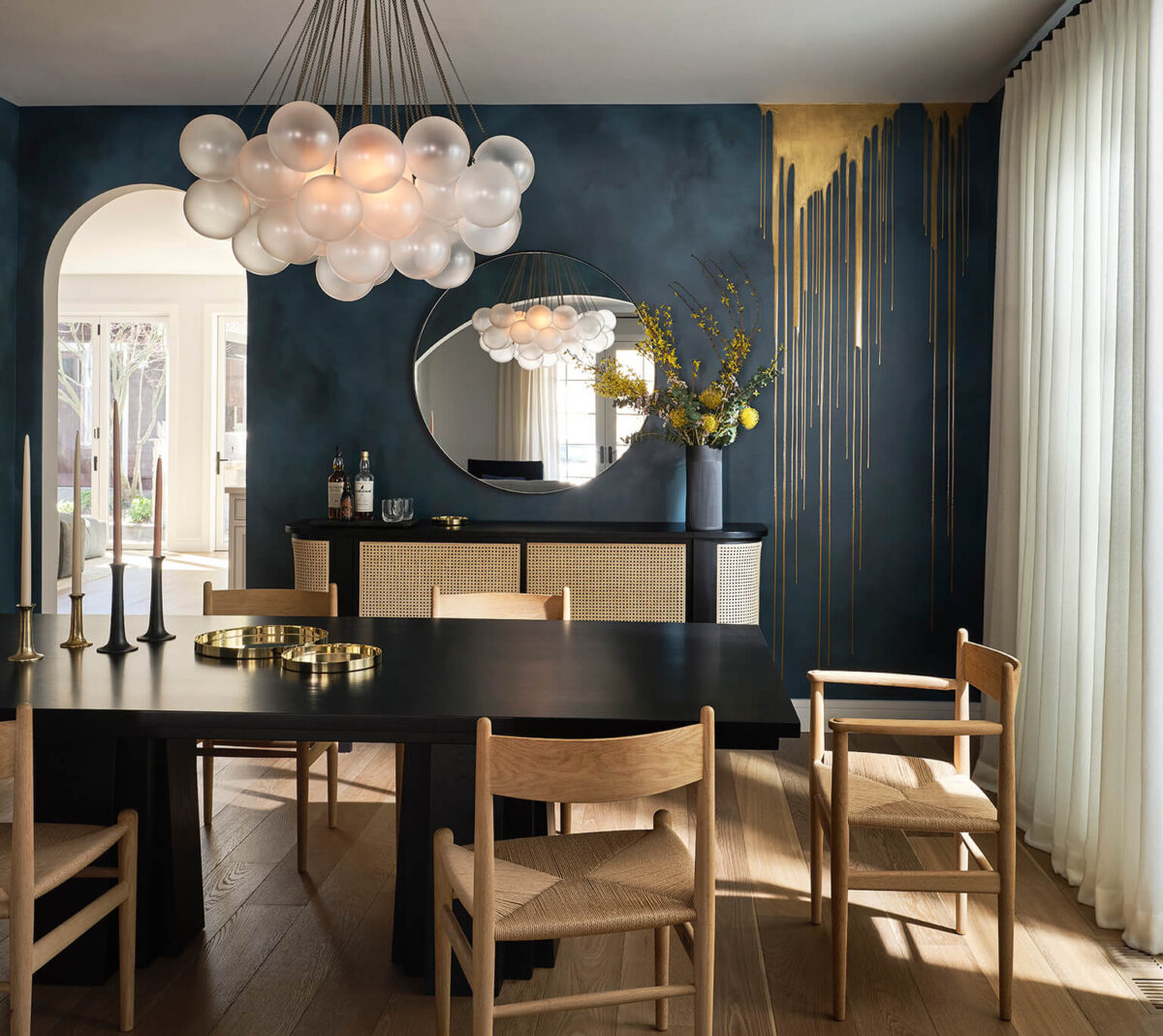
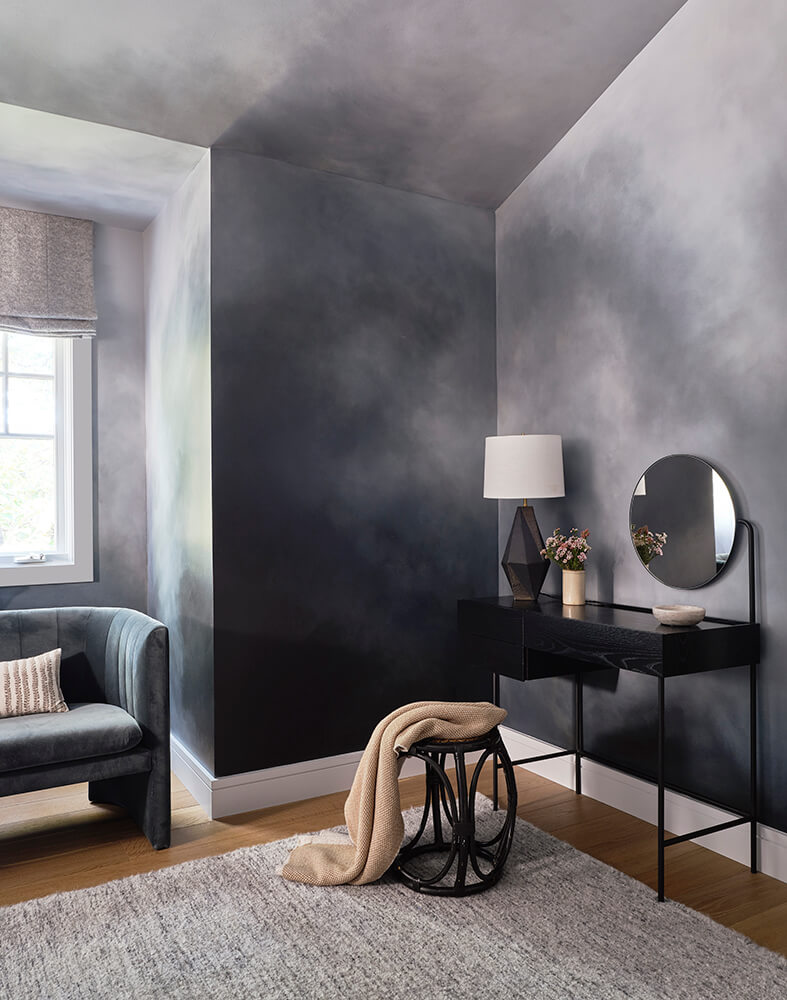
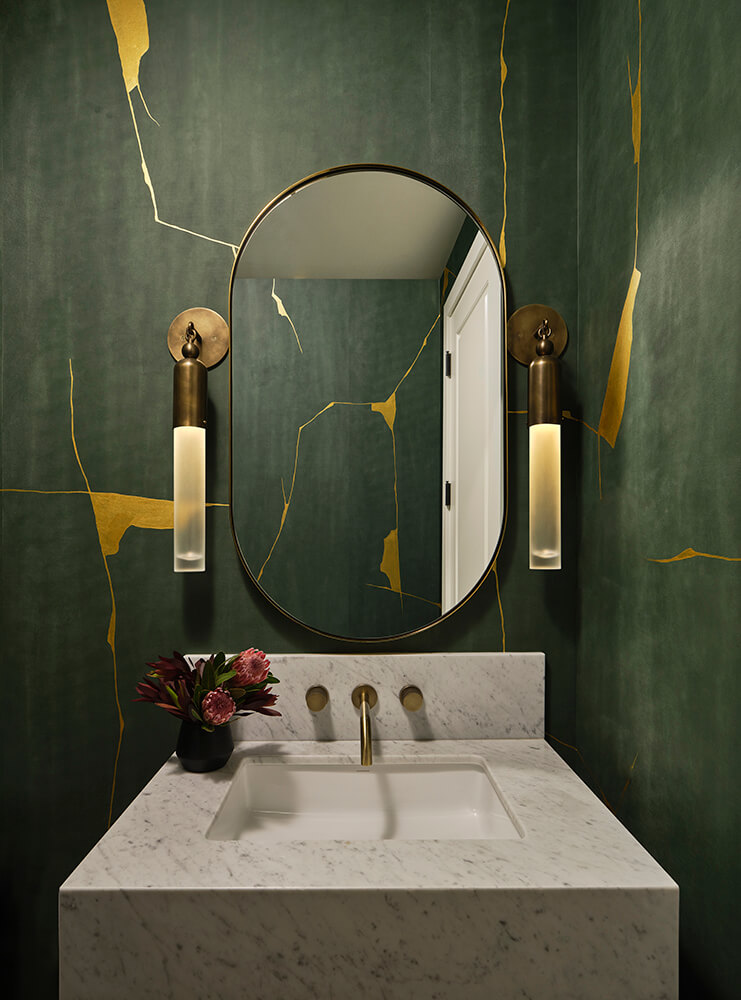
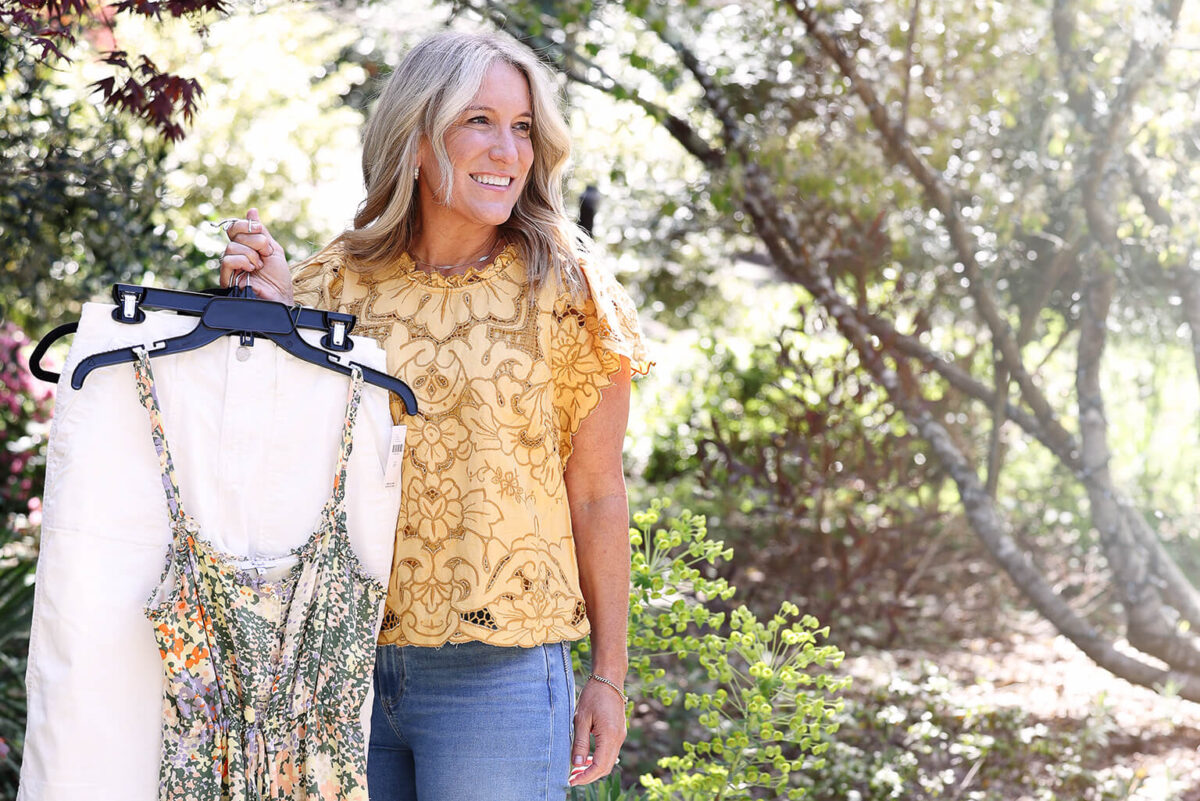
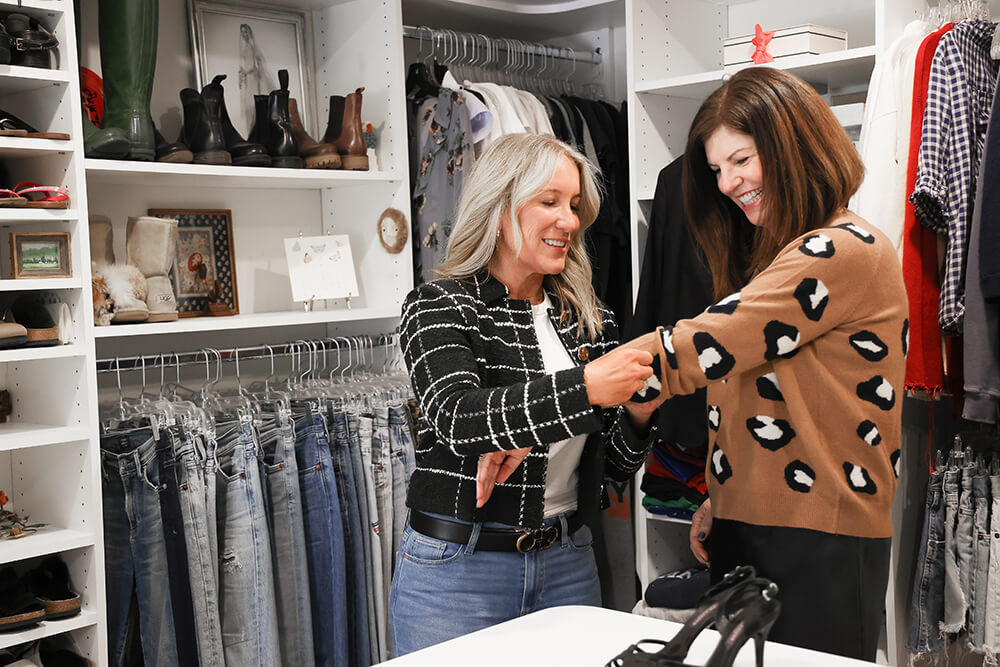

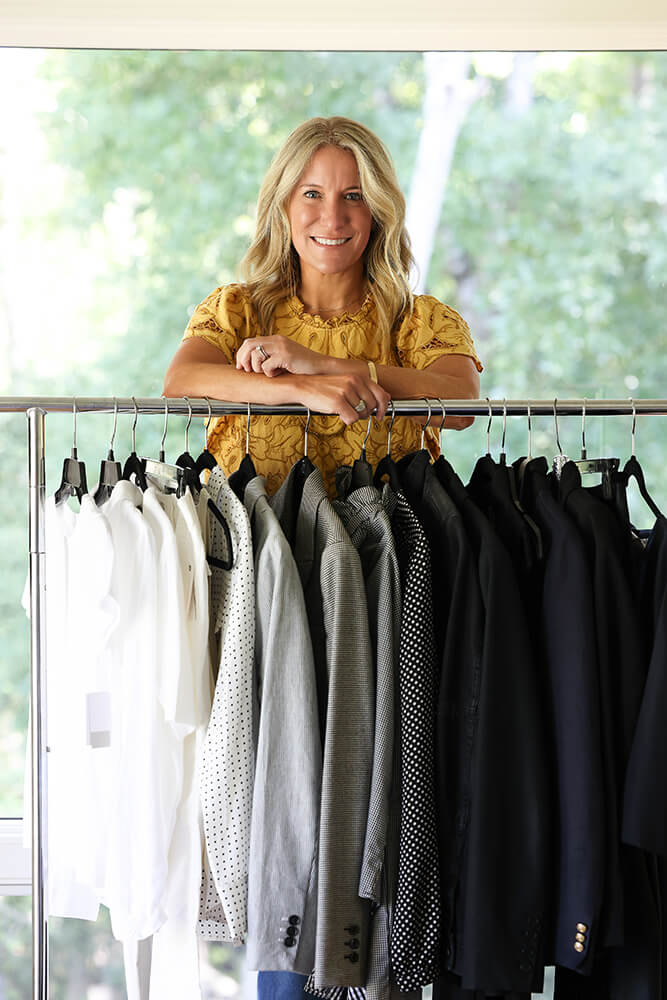

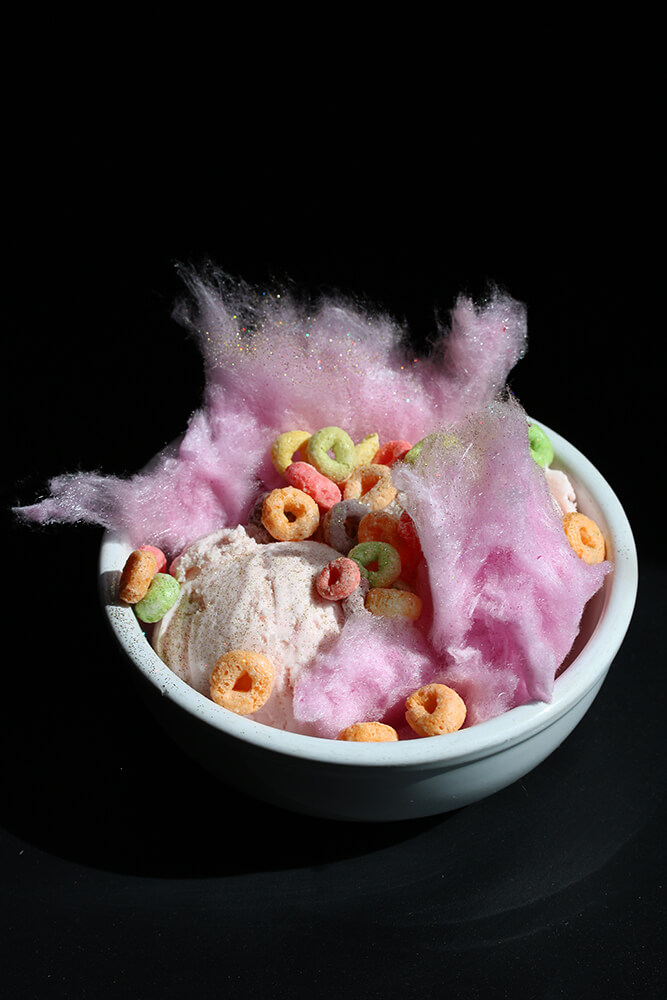
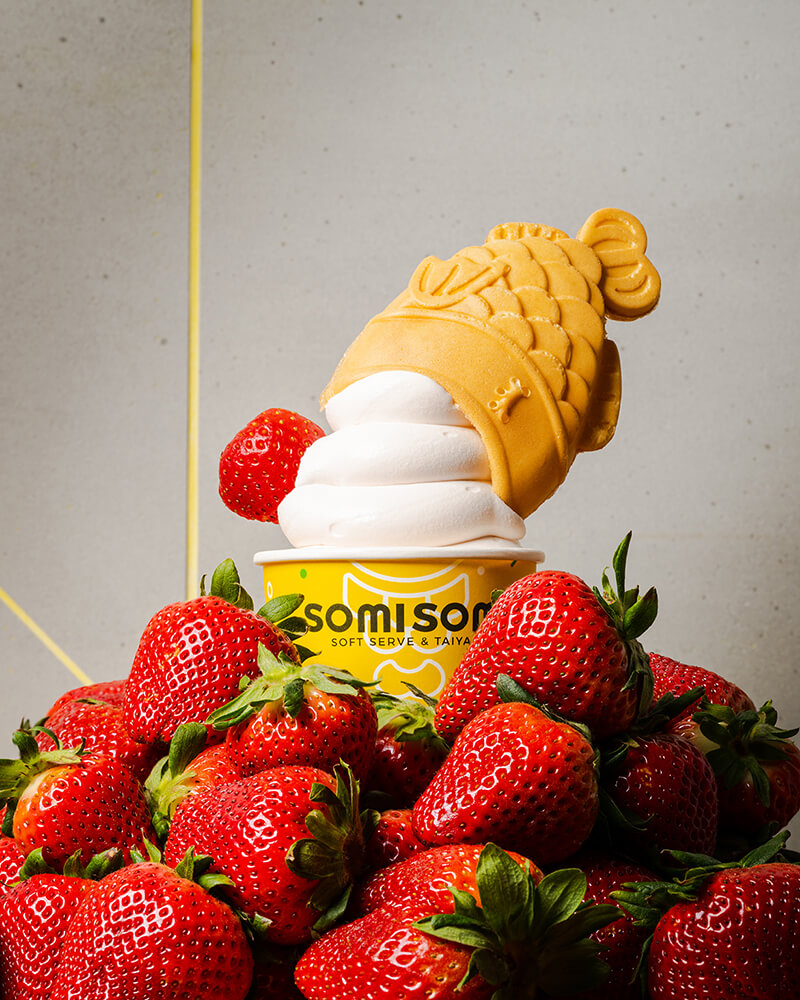
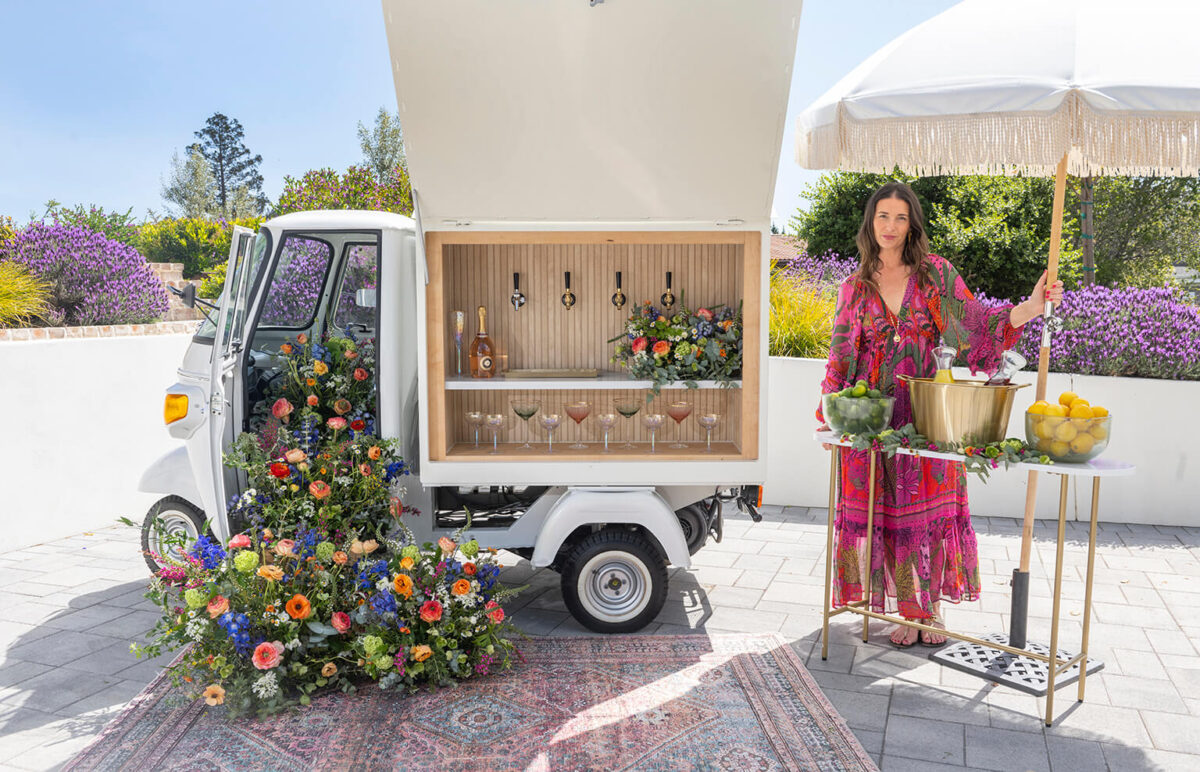
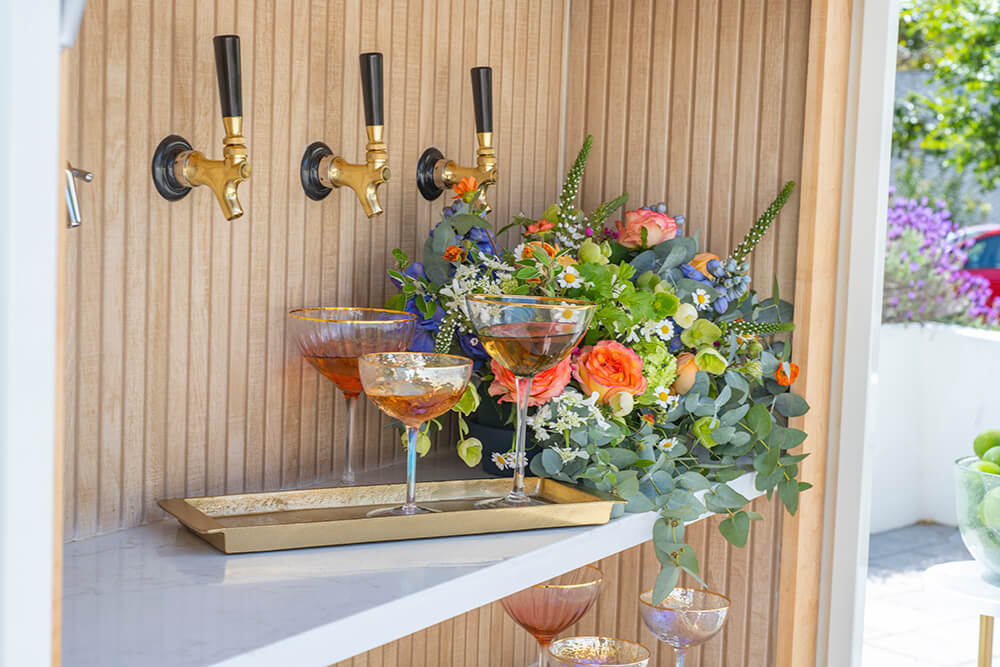
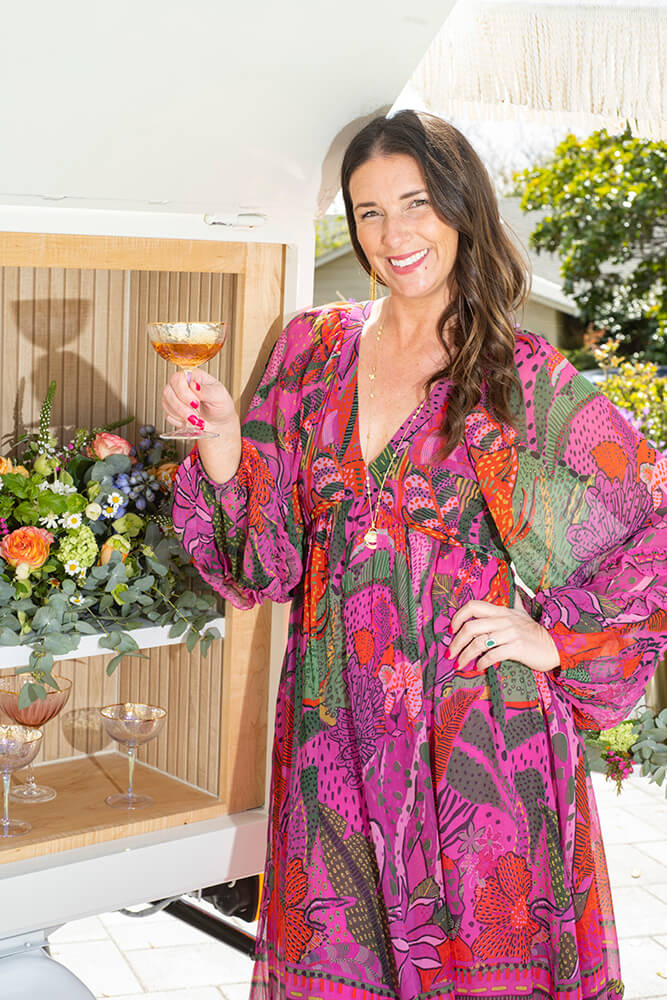
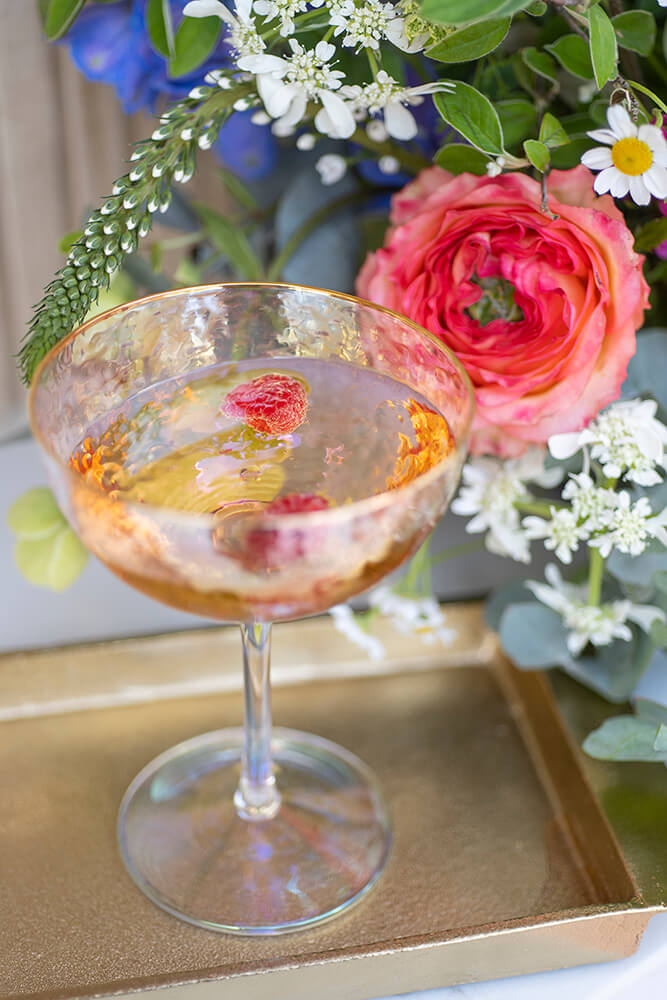
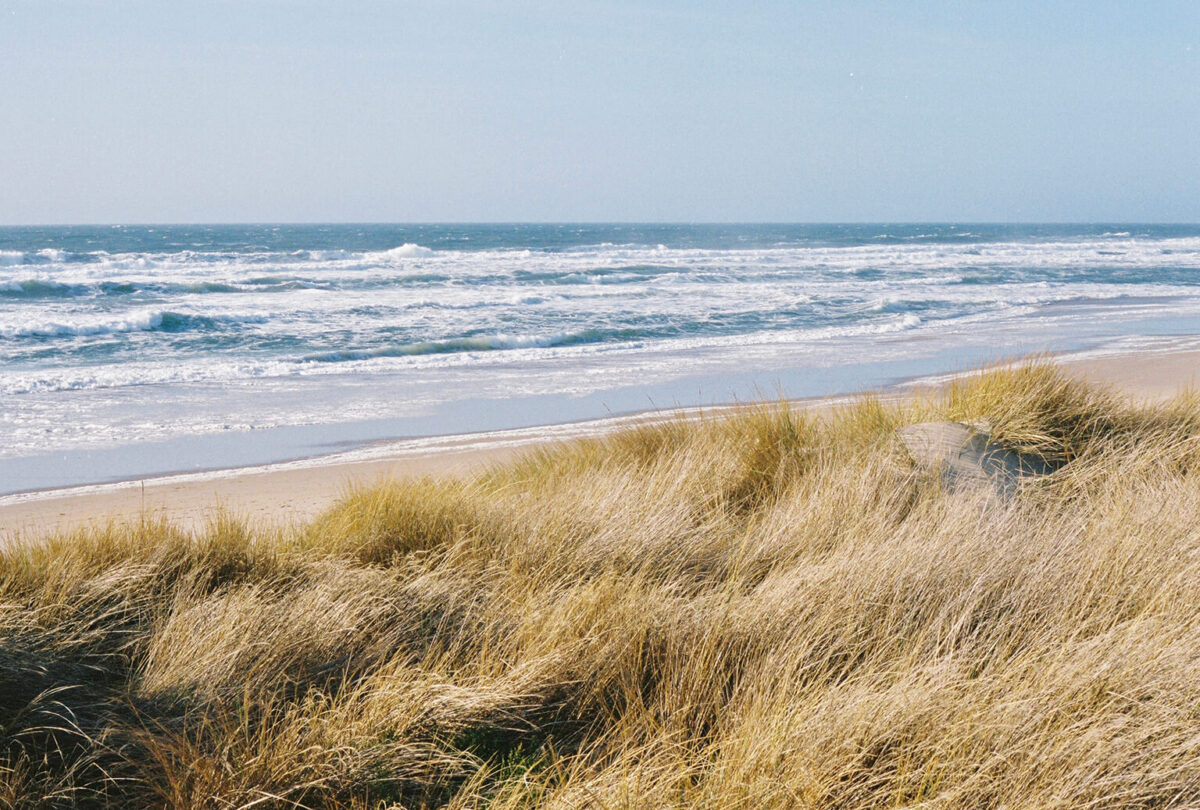

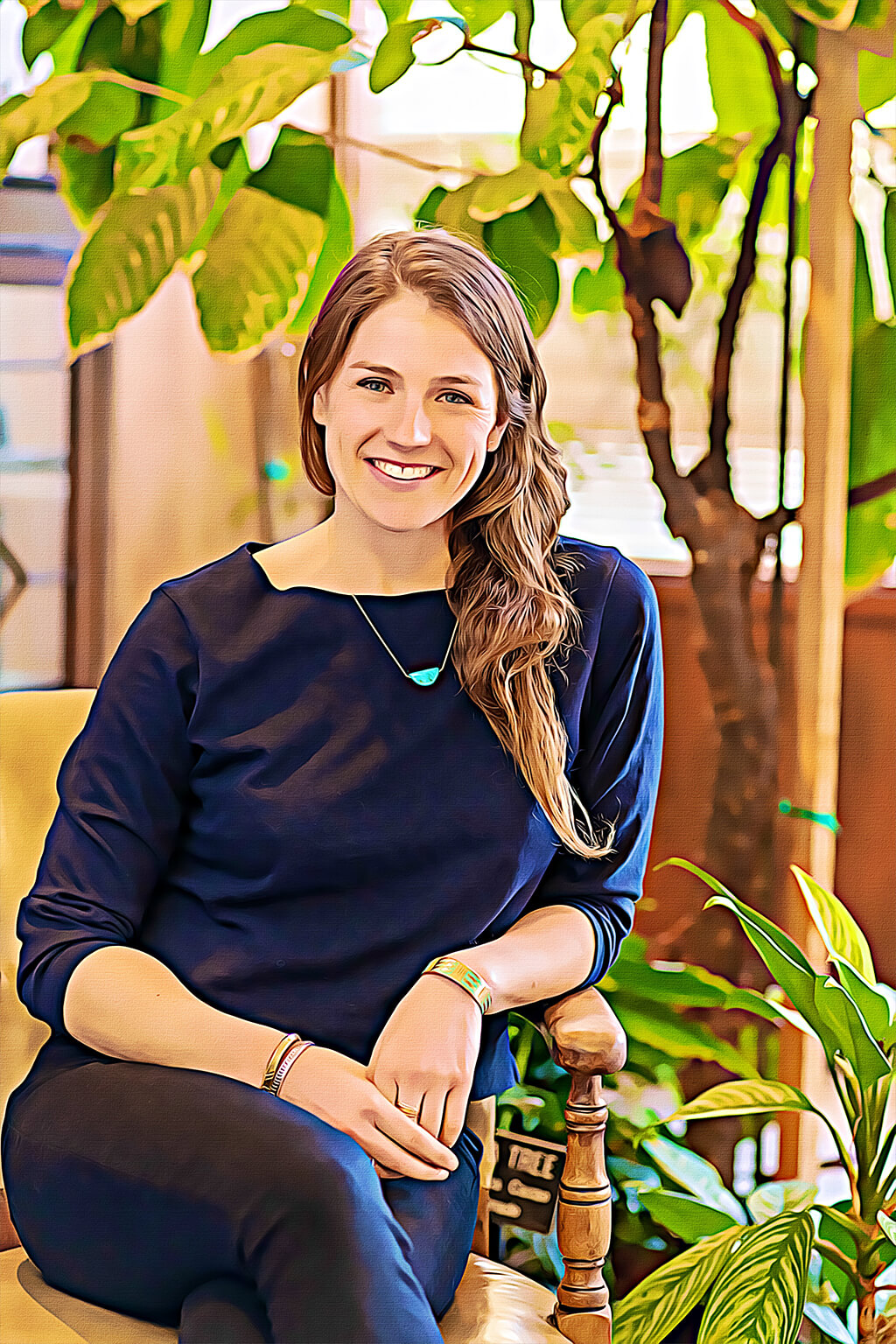
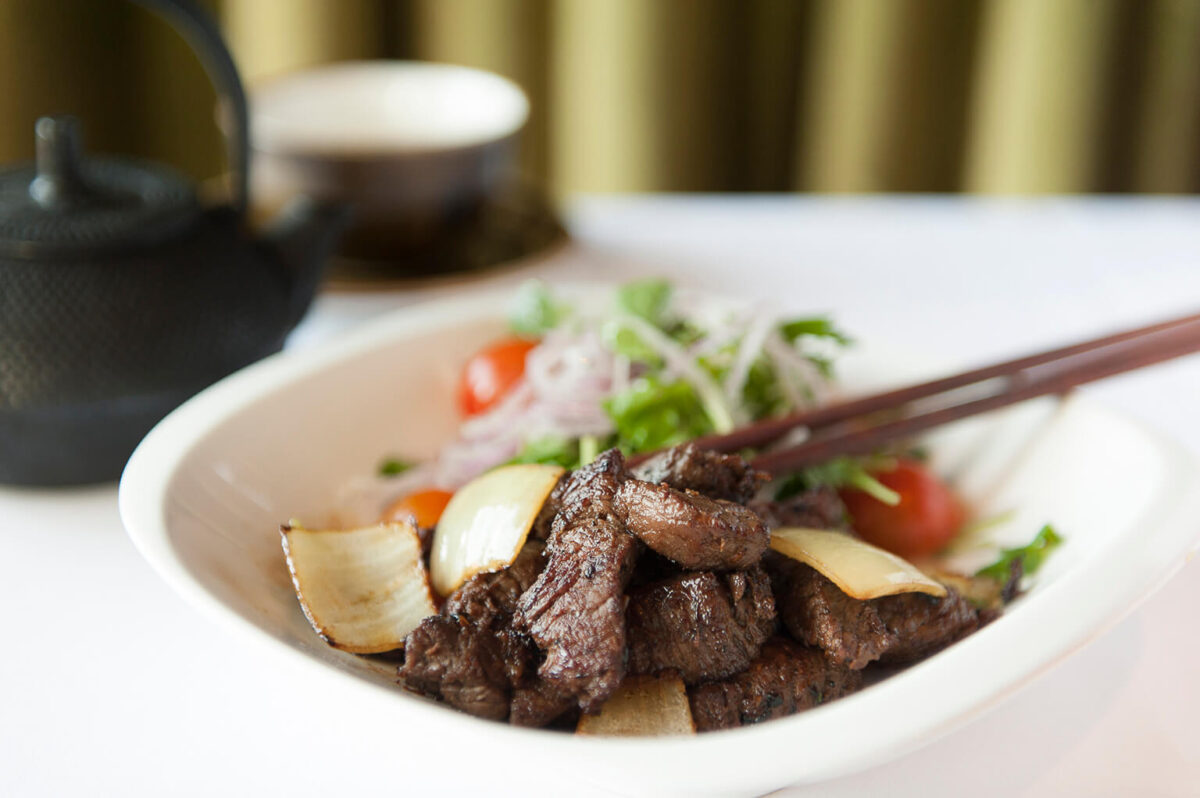
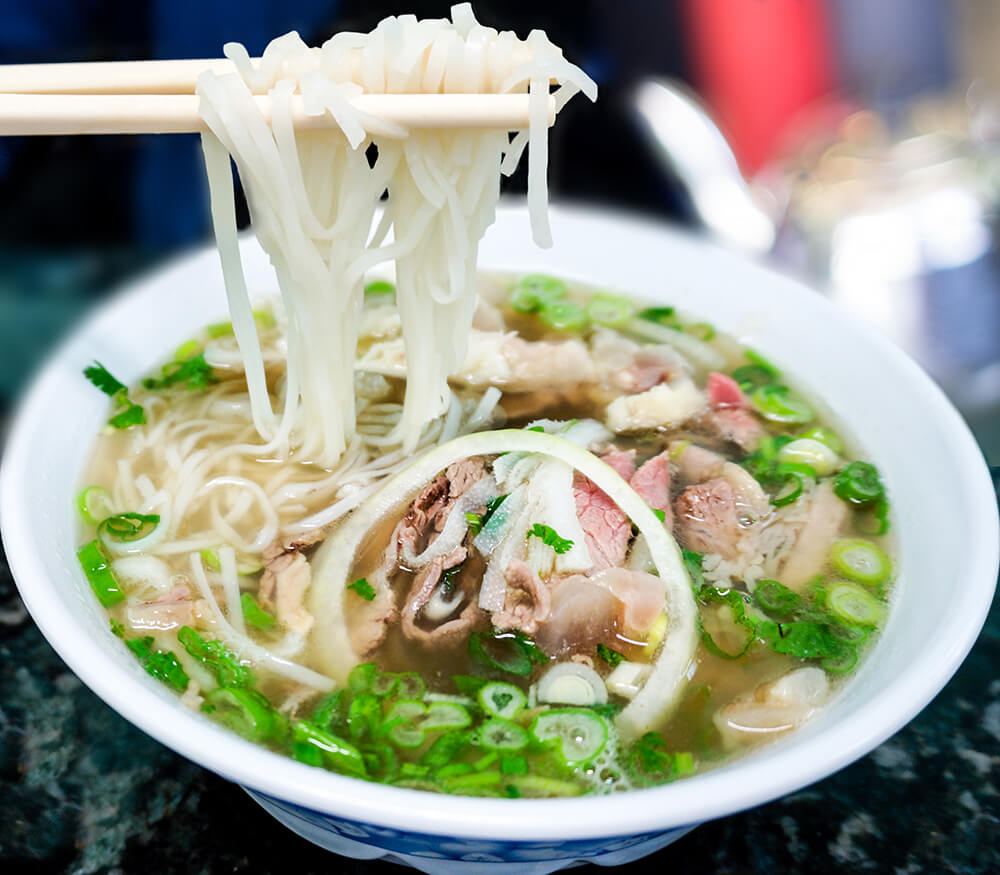
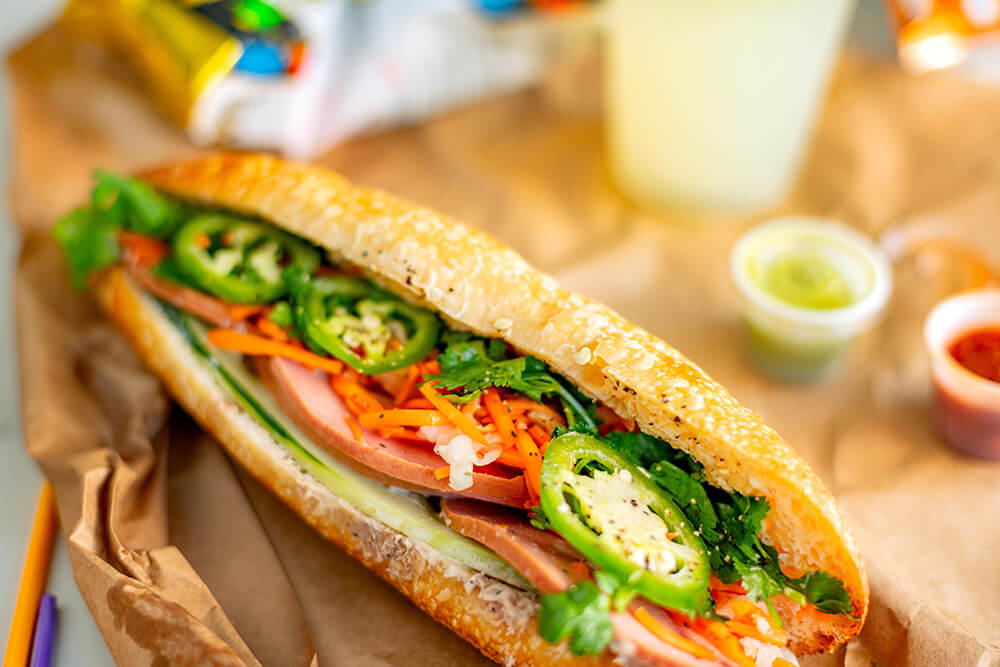


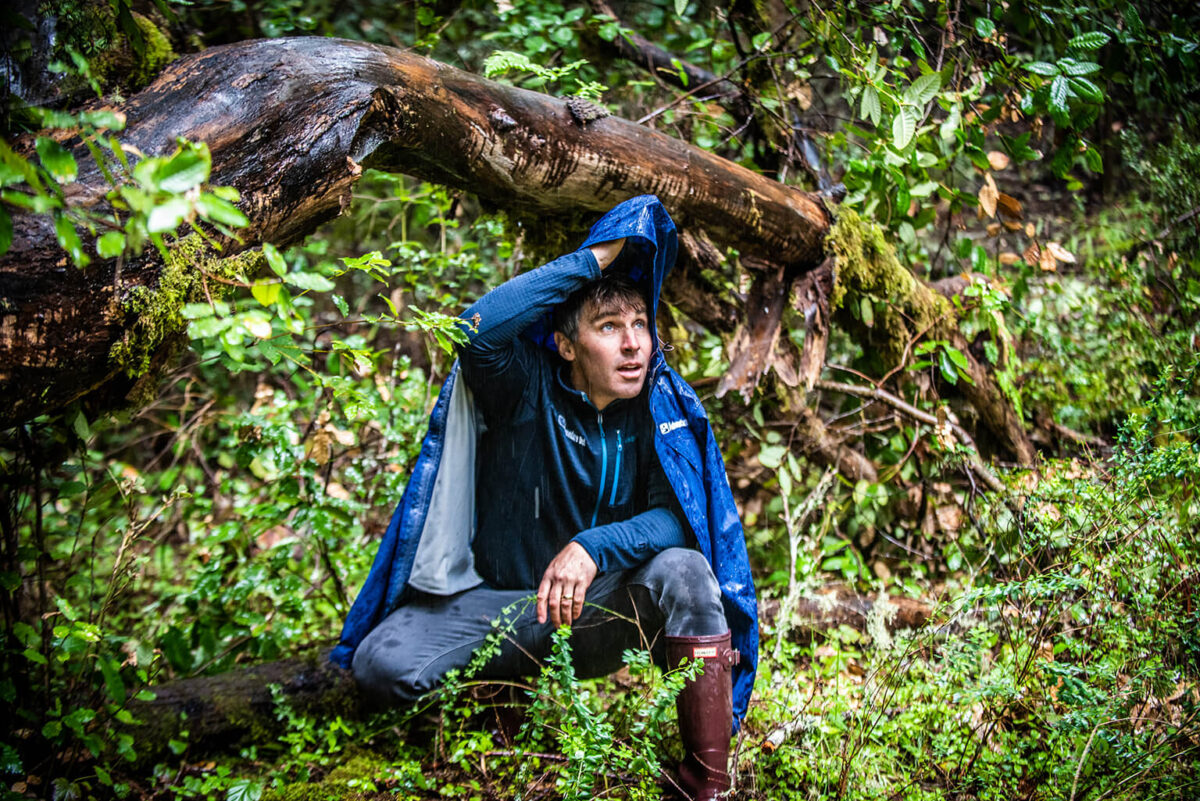
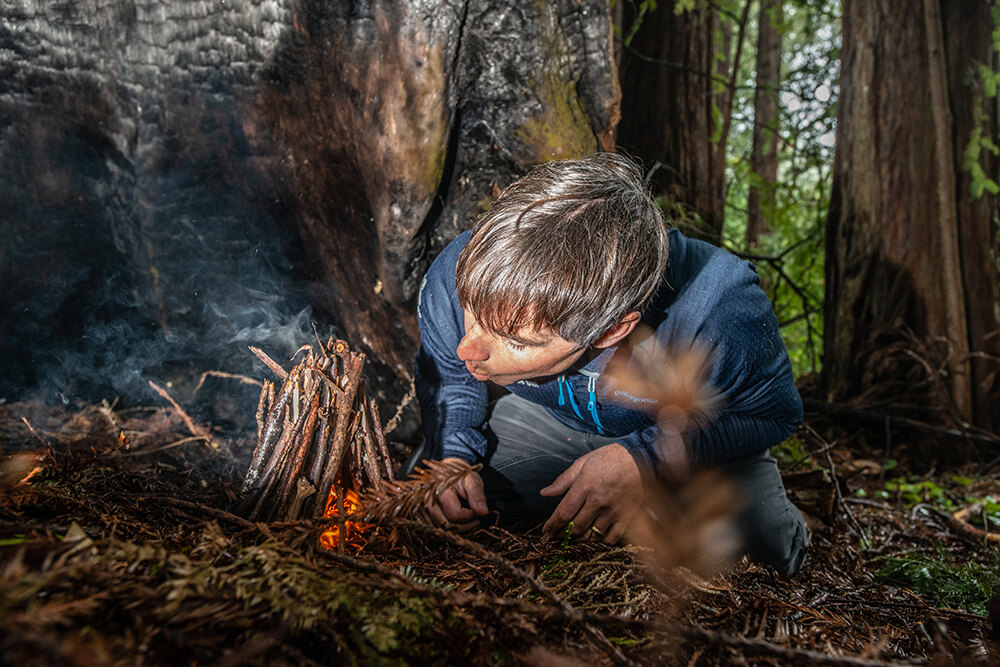
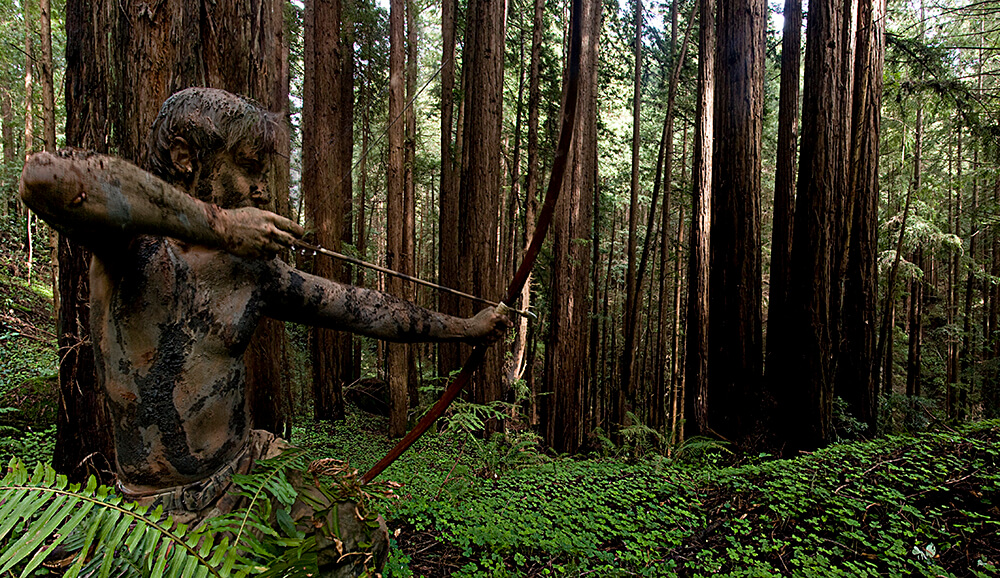
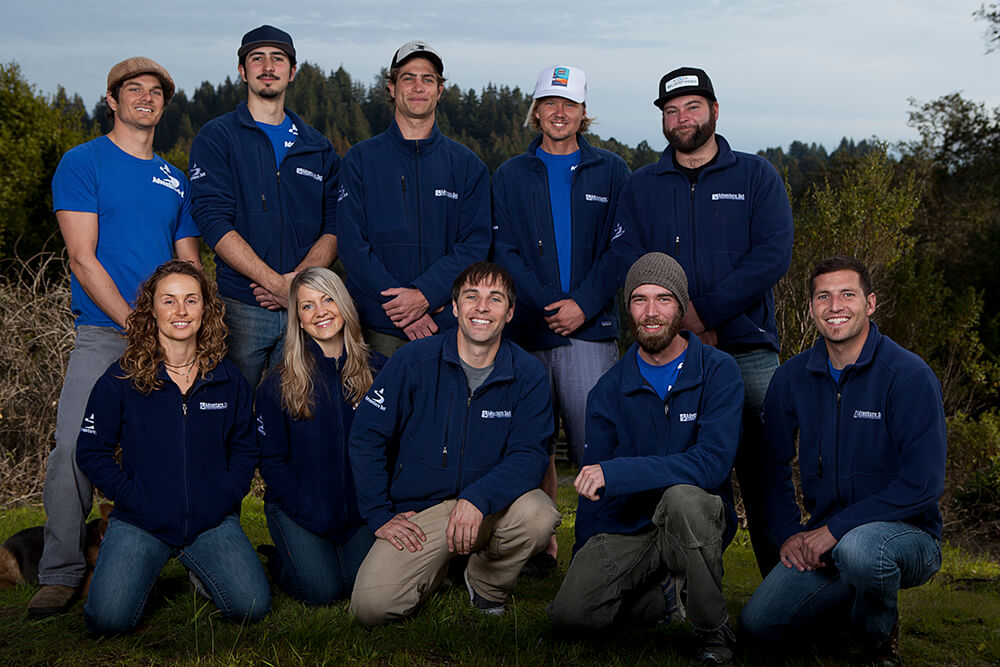
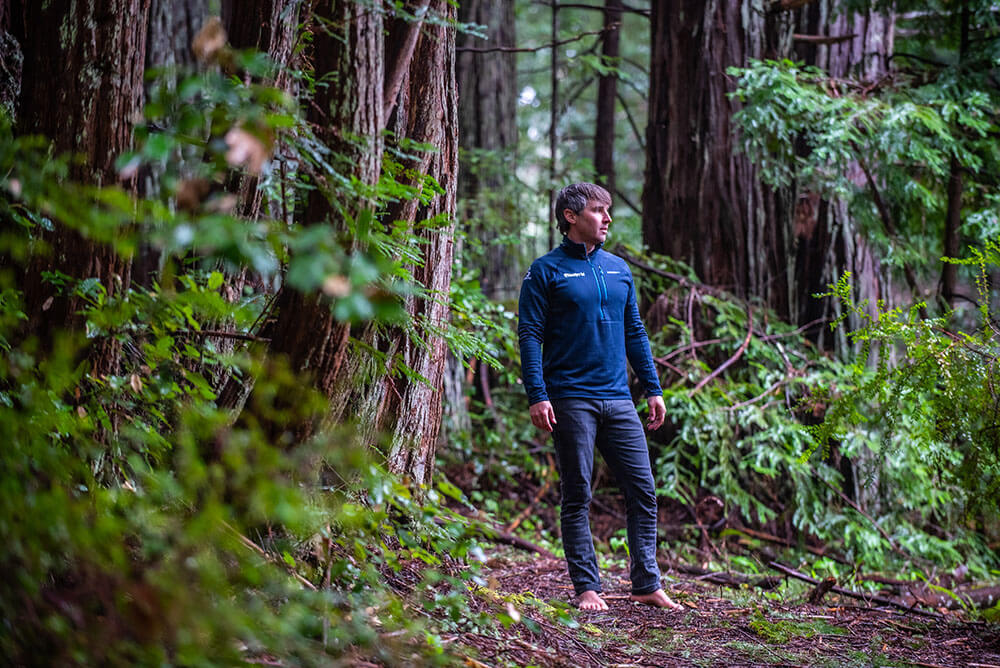
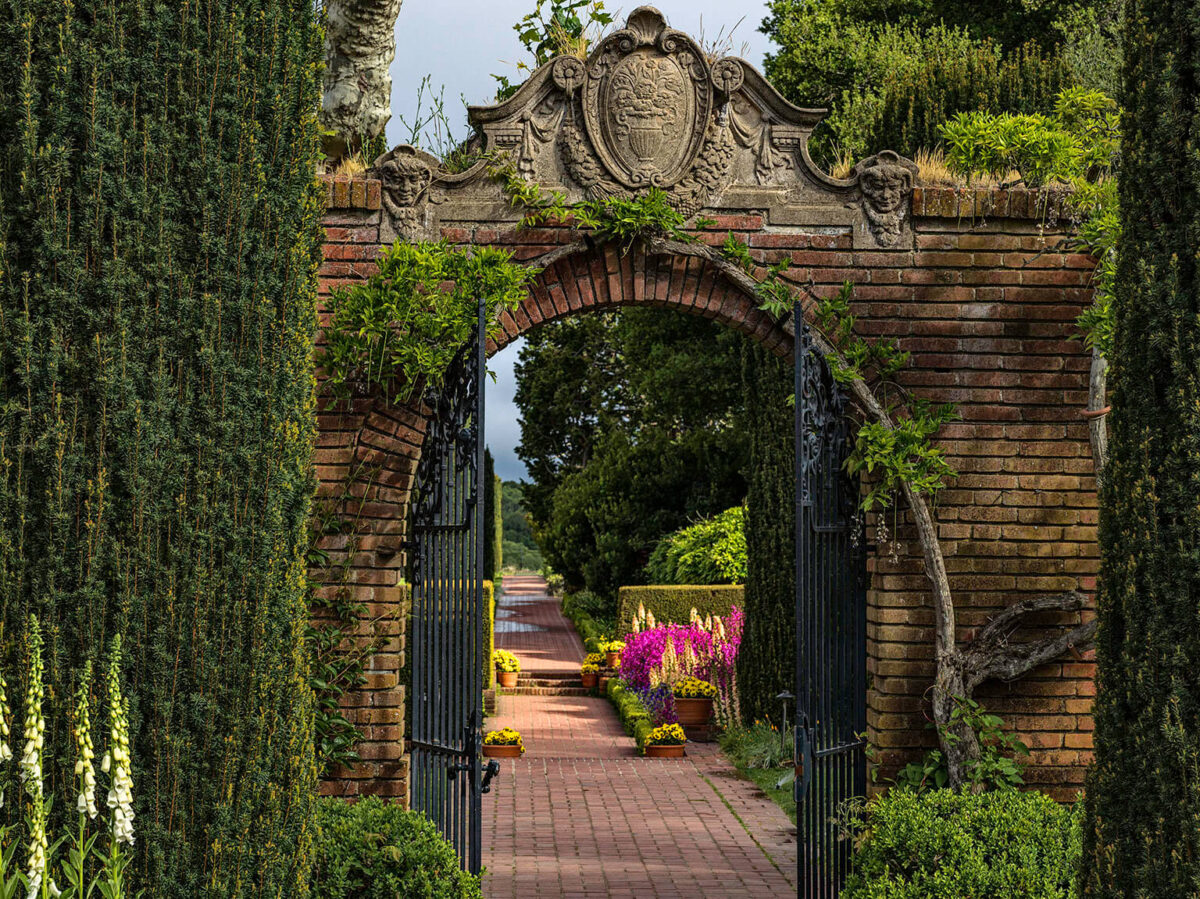
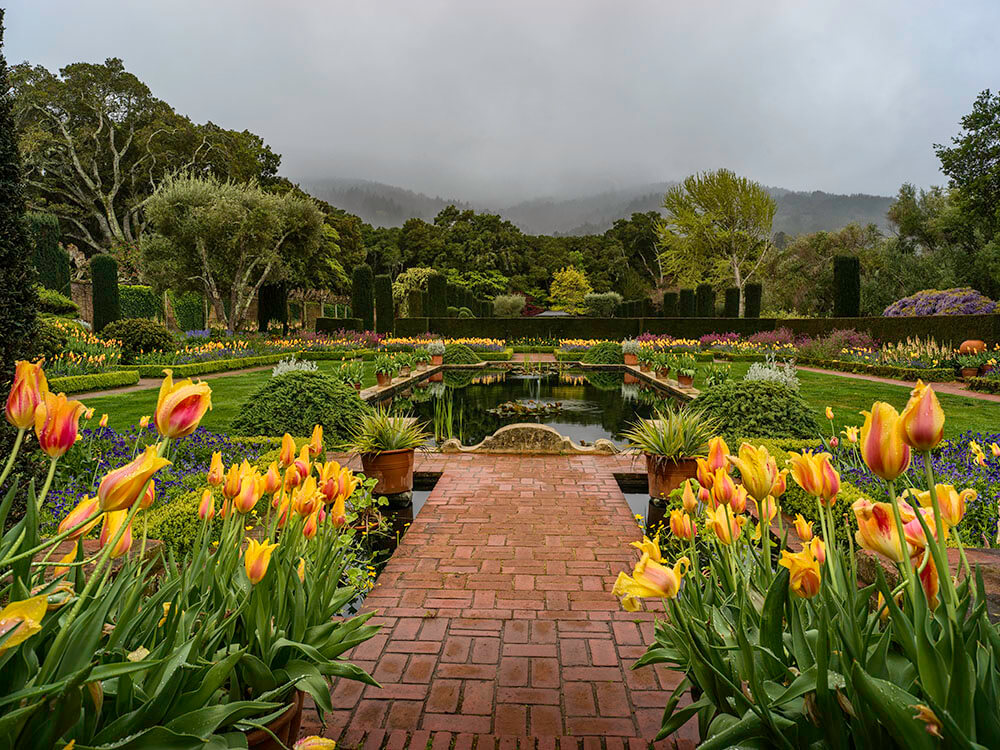
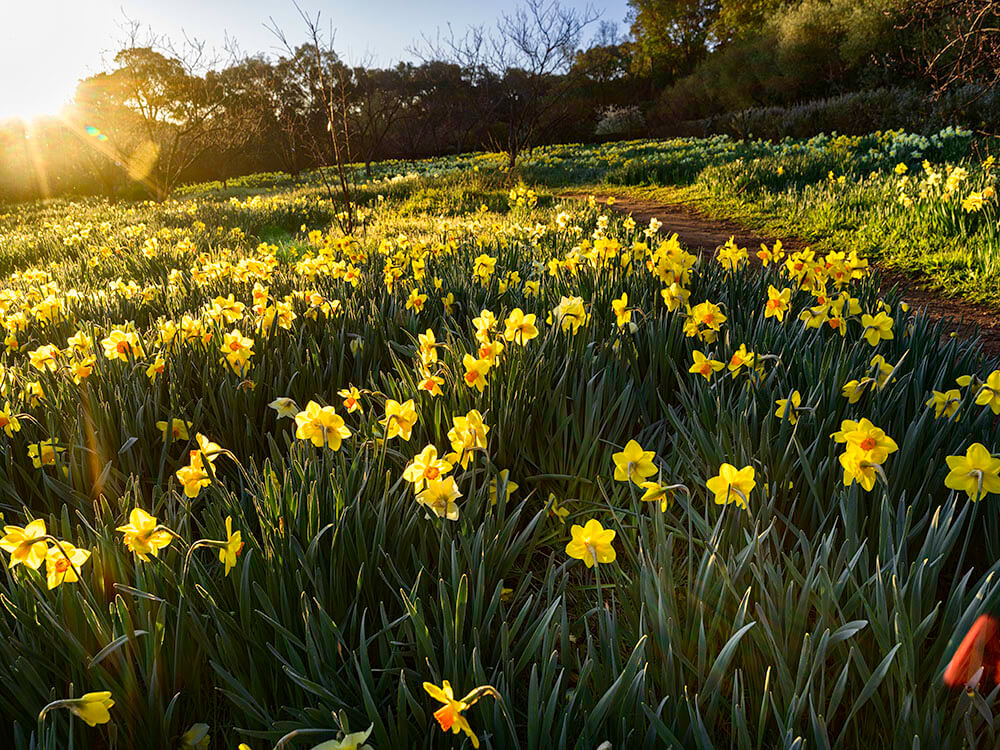
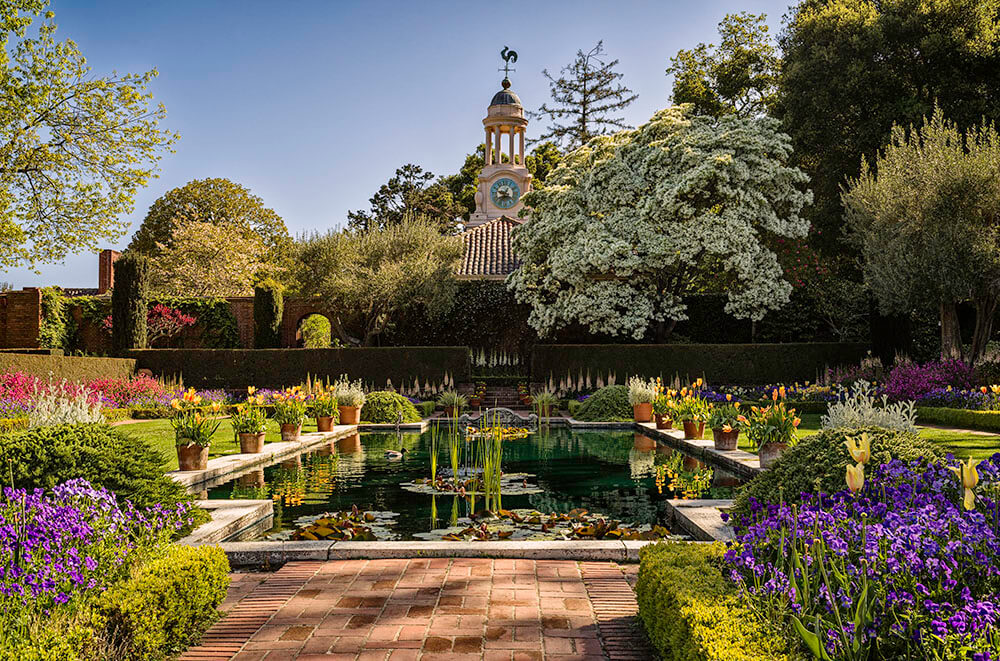


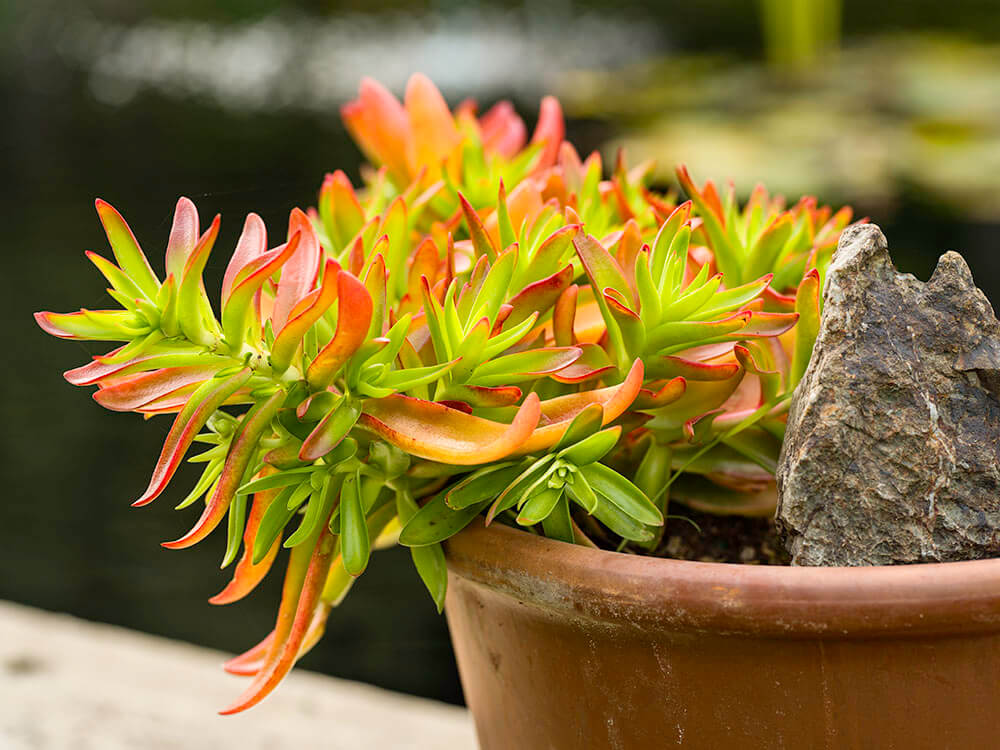
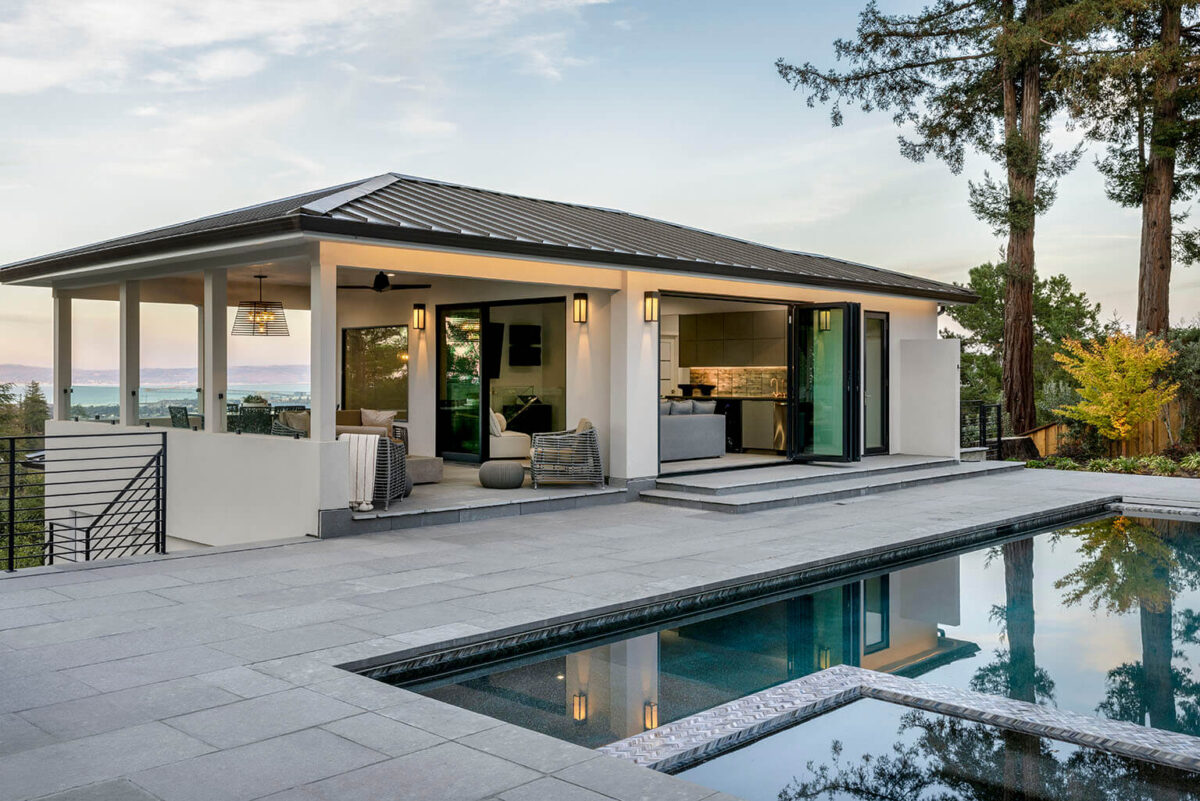
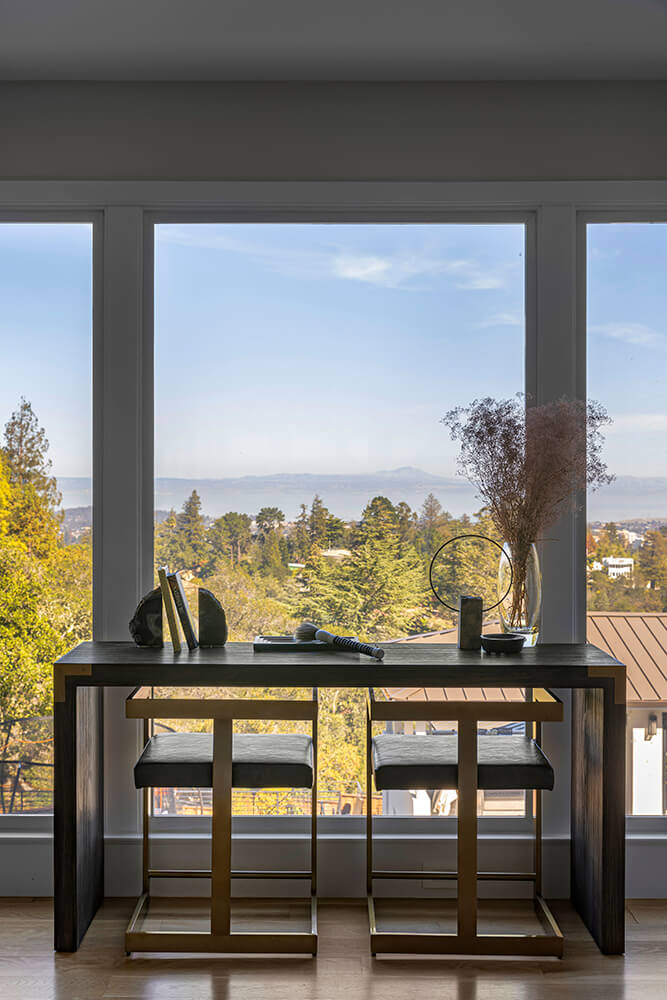
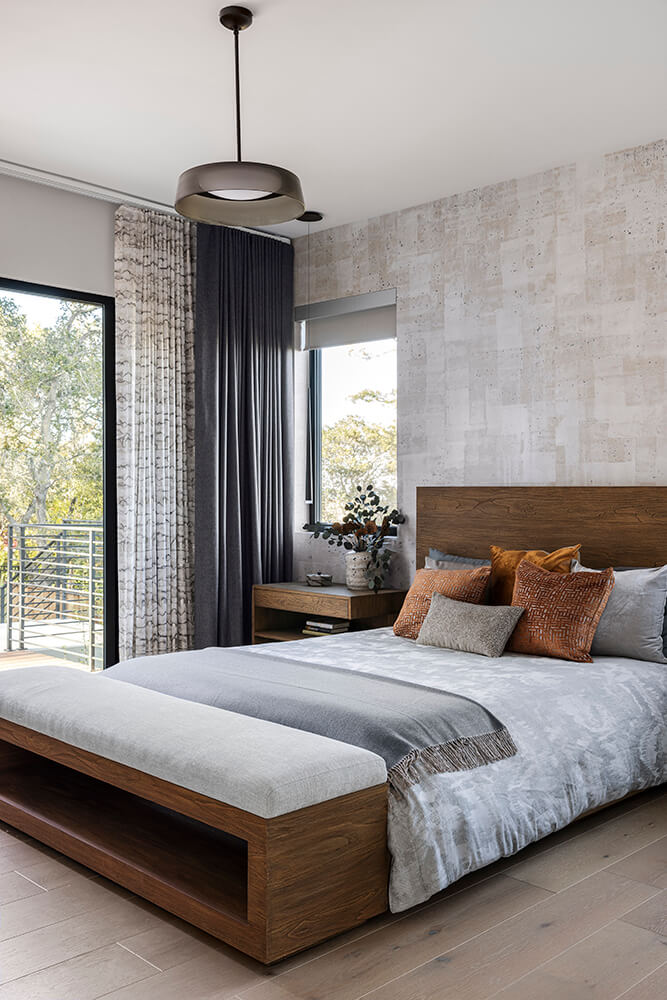
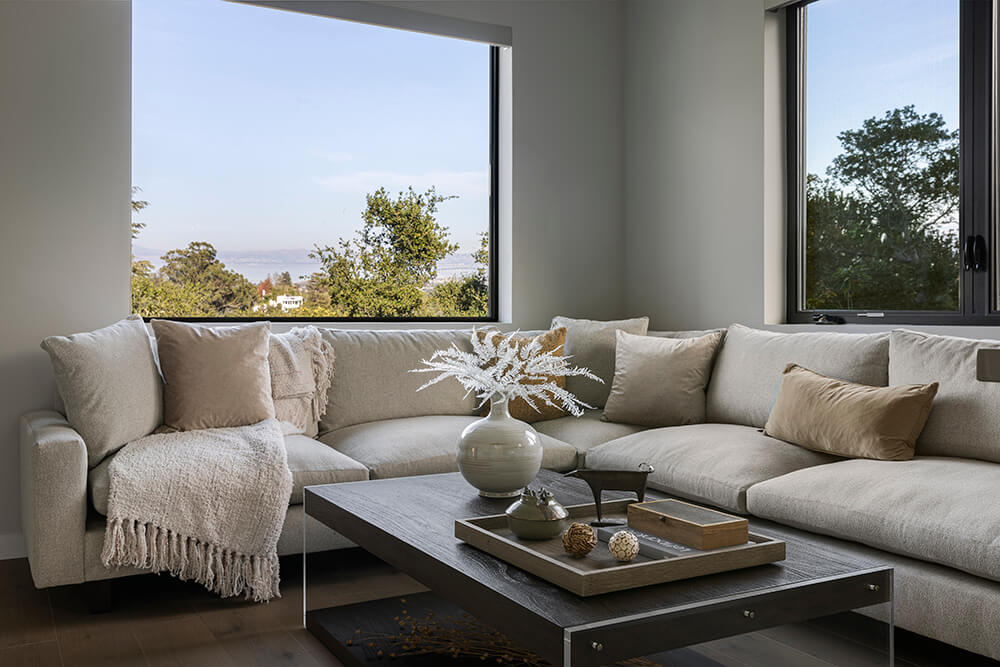
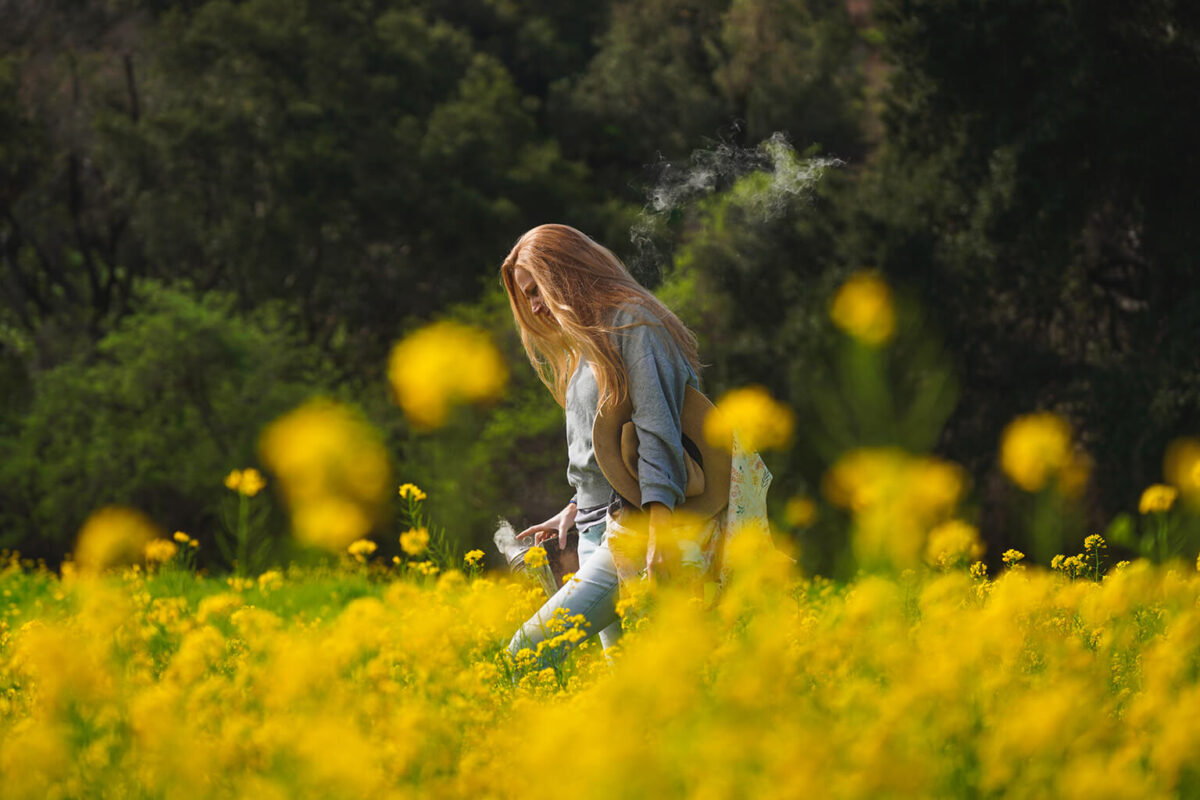
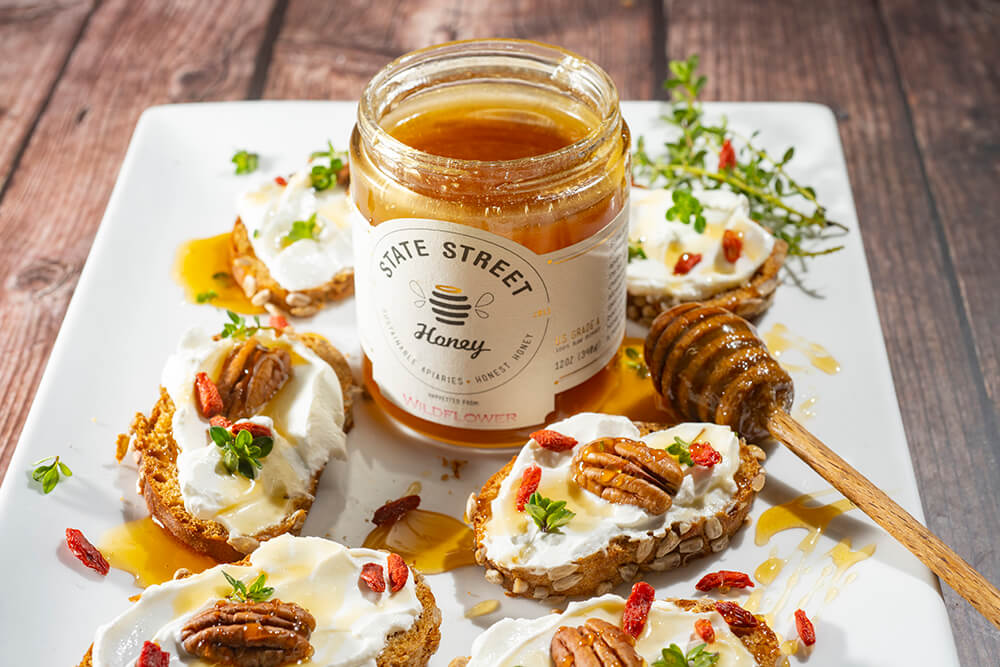
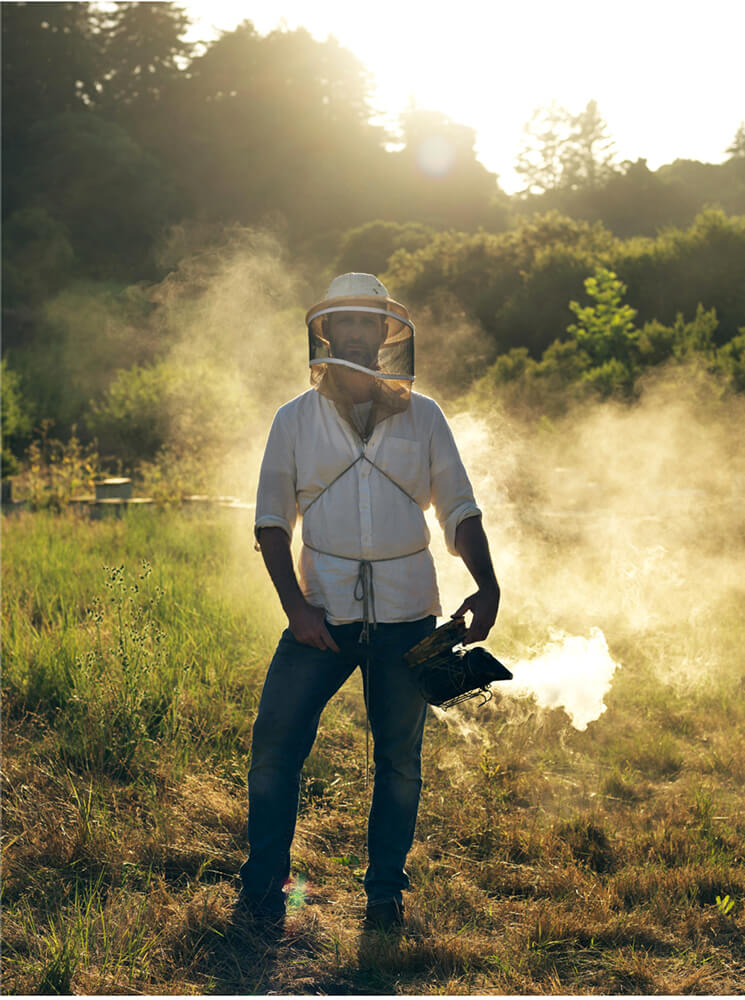
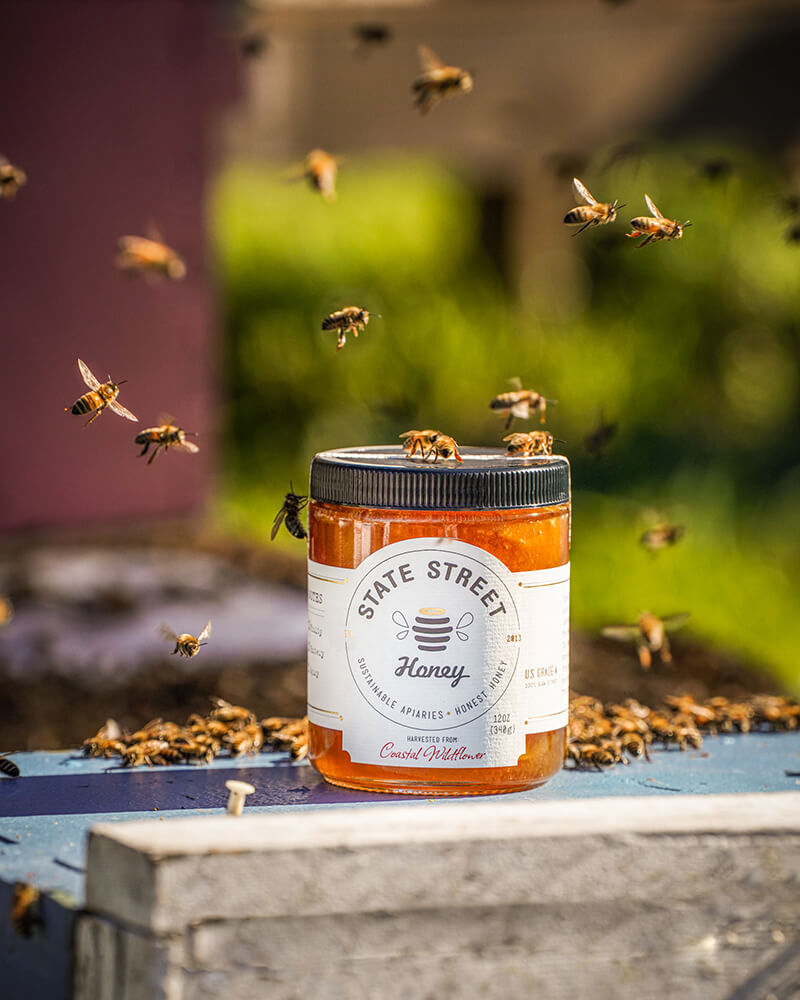
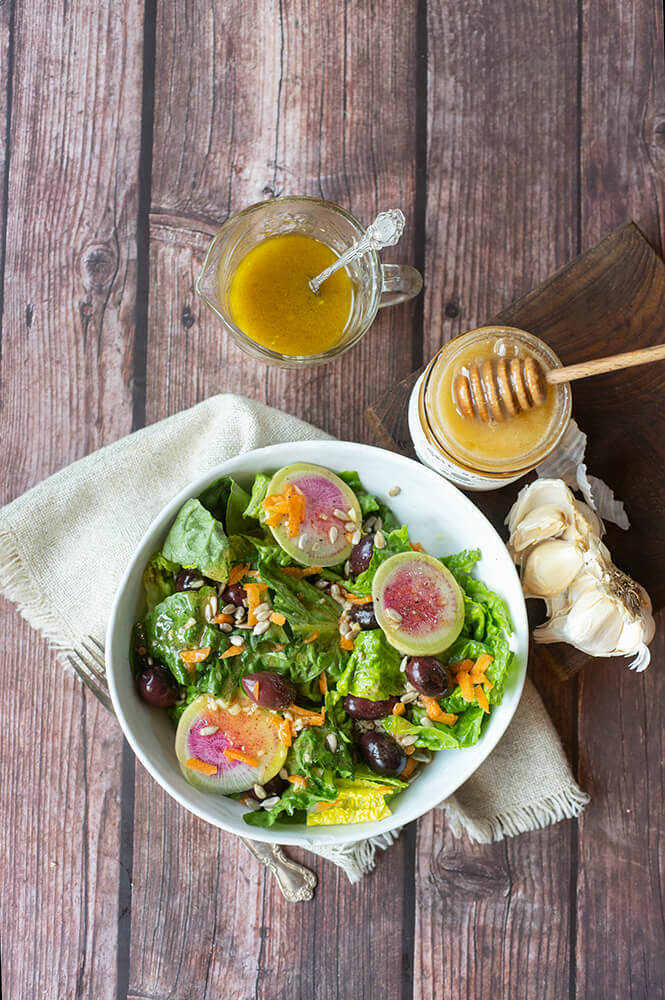
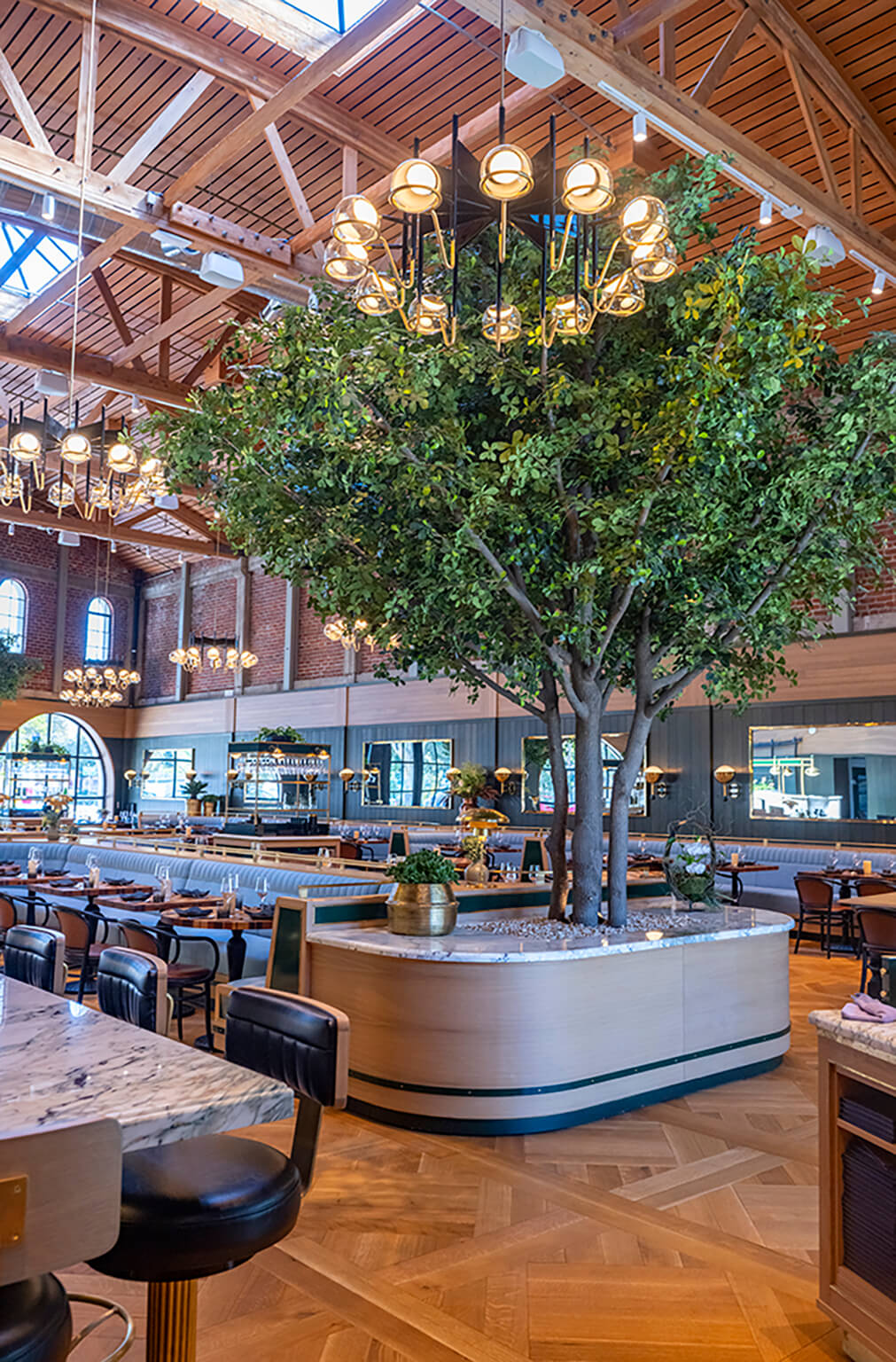
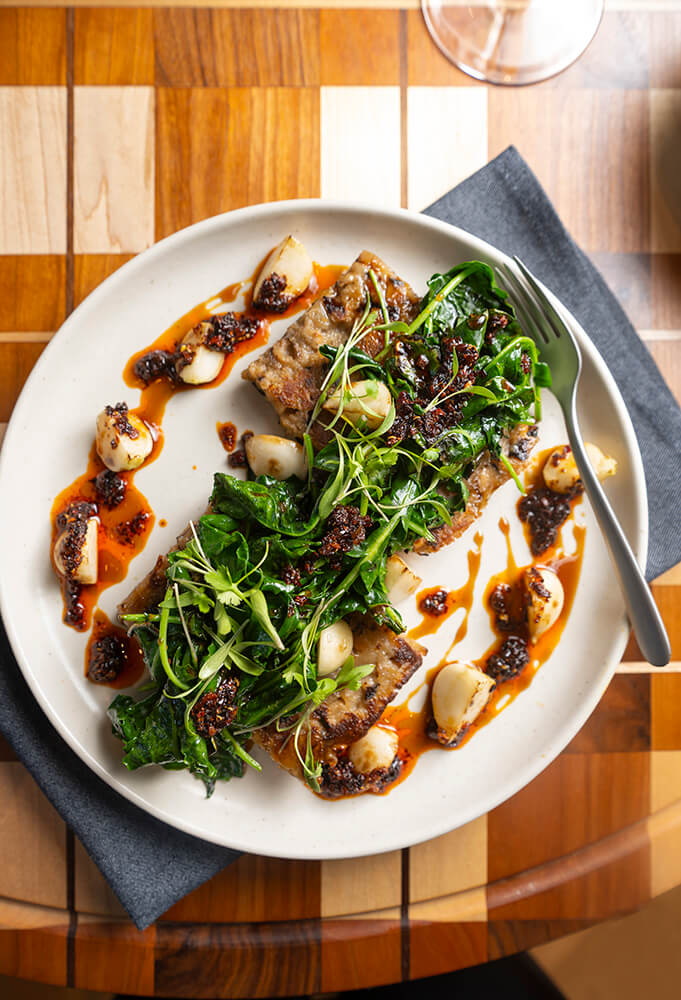
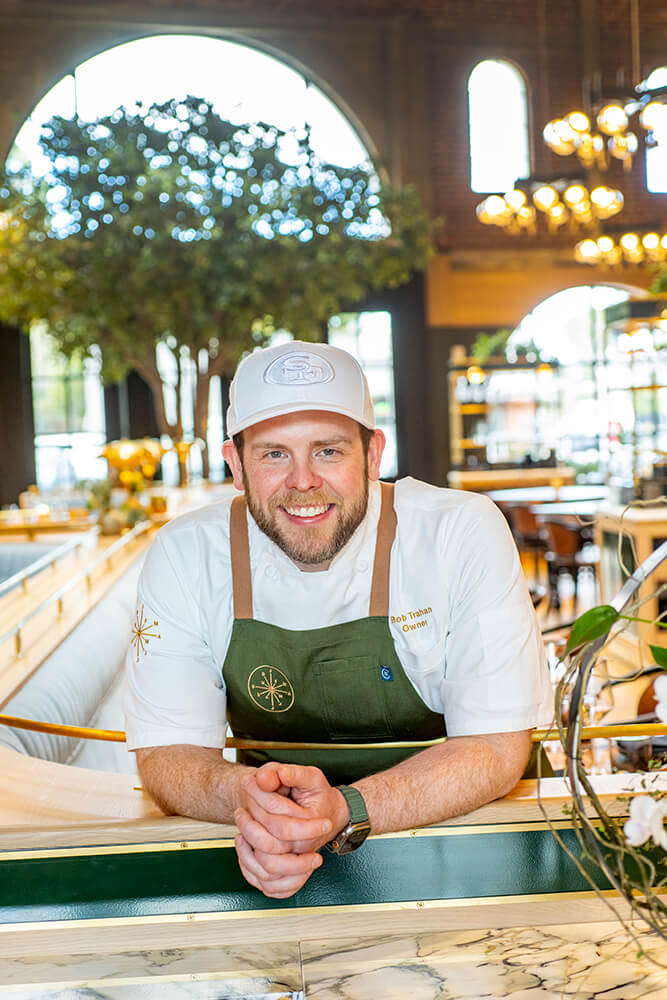
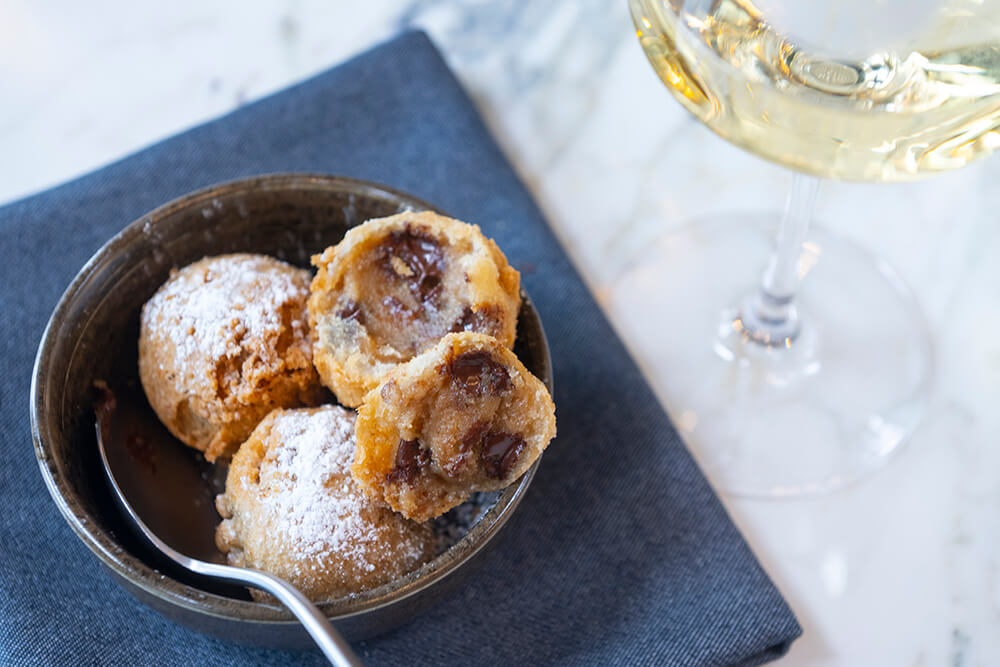 To drink, diners love the Shasta Daisy, a citrusy take on a margarita, which departs with a touch of salt, vanilla and cinnamon at the back of the throat. For dessert, there are beignets cooked to order or fried cookie dough, a stroke of sweet genius that’s soft inside, chewy and crispy-warm outside—a kind of molten cookie-donut.
To drink, diners love the Shasta Daisy, a citrusy take on a margarita, which departs with a touch of salt, vanilla and cinnamon at the back of the throat. For dessert, there are beignets cooked to order or fried cookie dough, a stroke of sweet genius that’s soft inside, chewy and crispy-warm outside—a kind of molten cookie-donut.